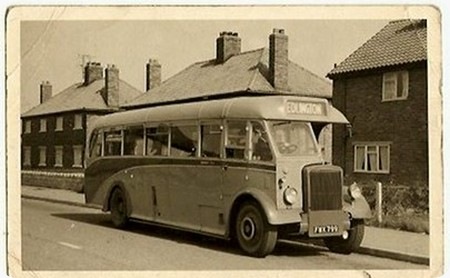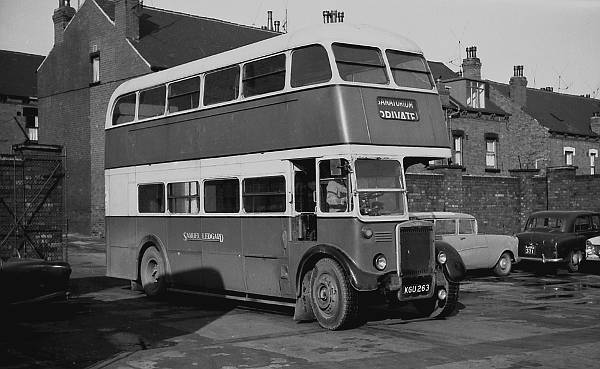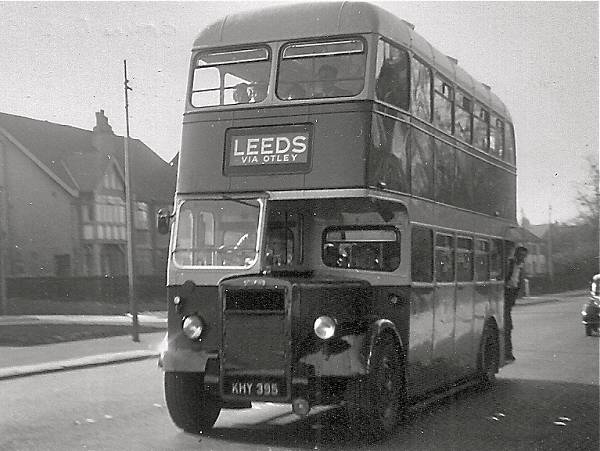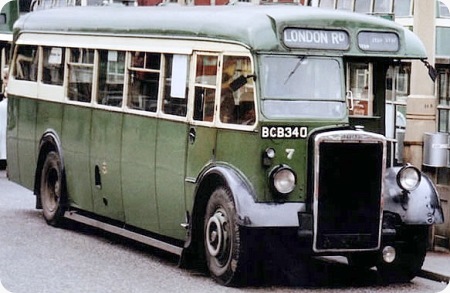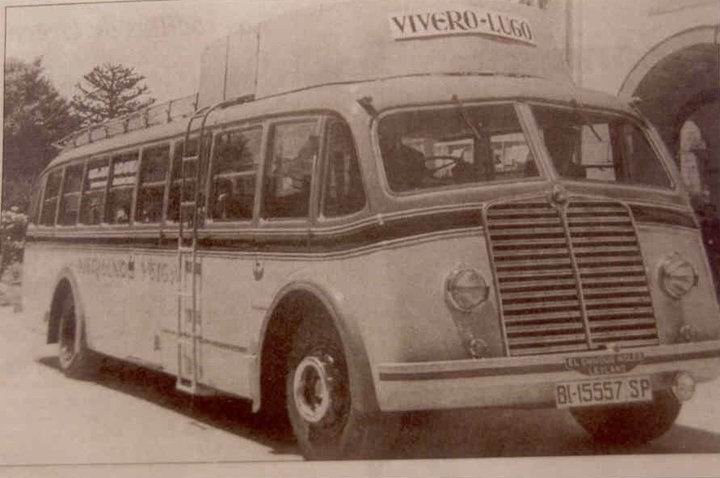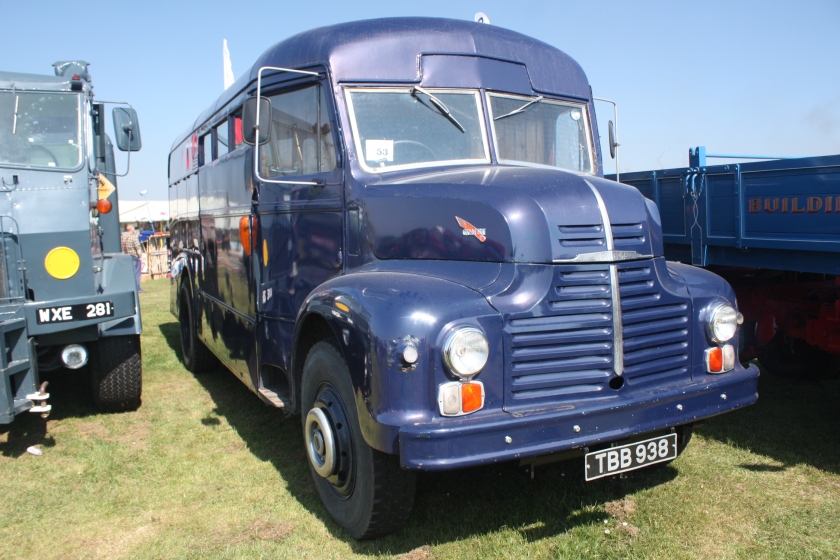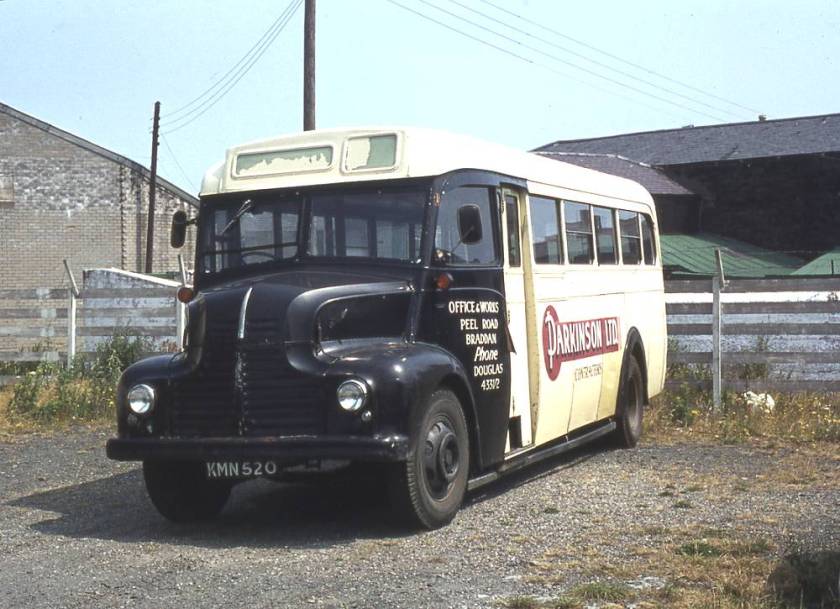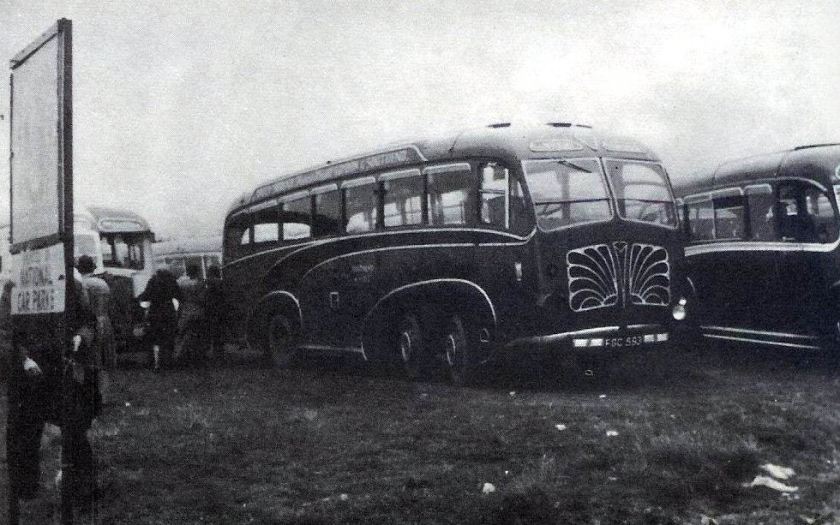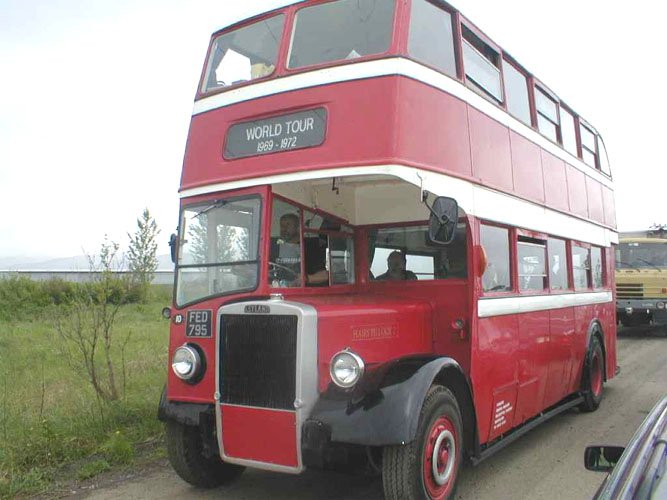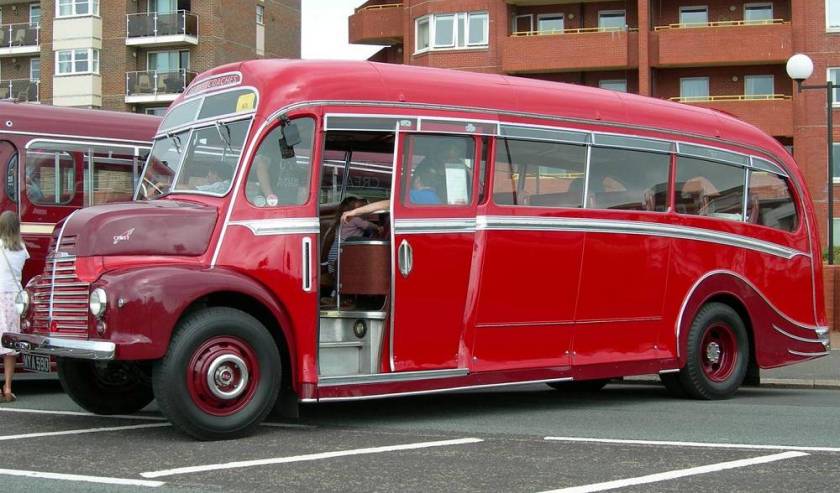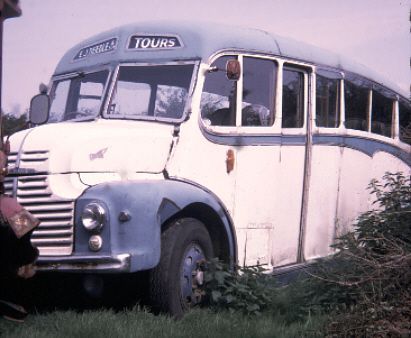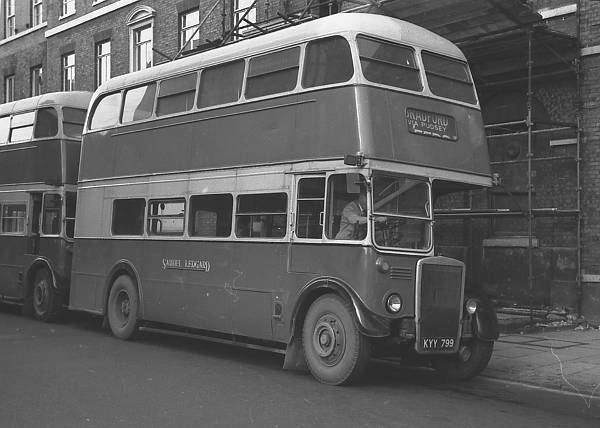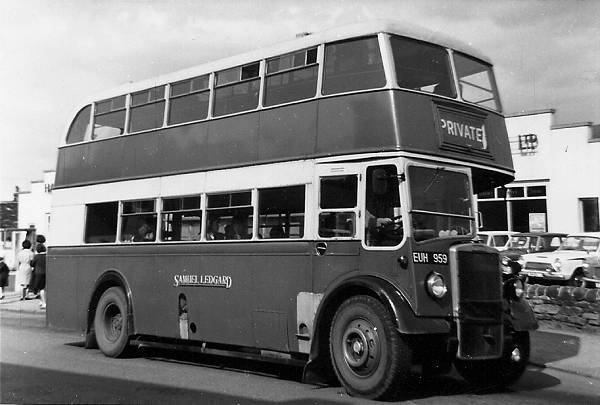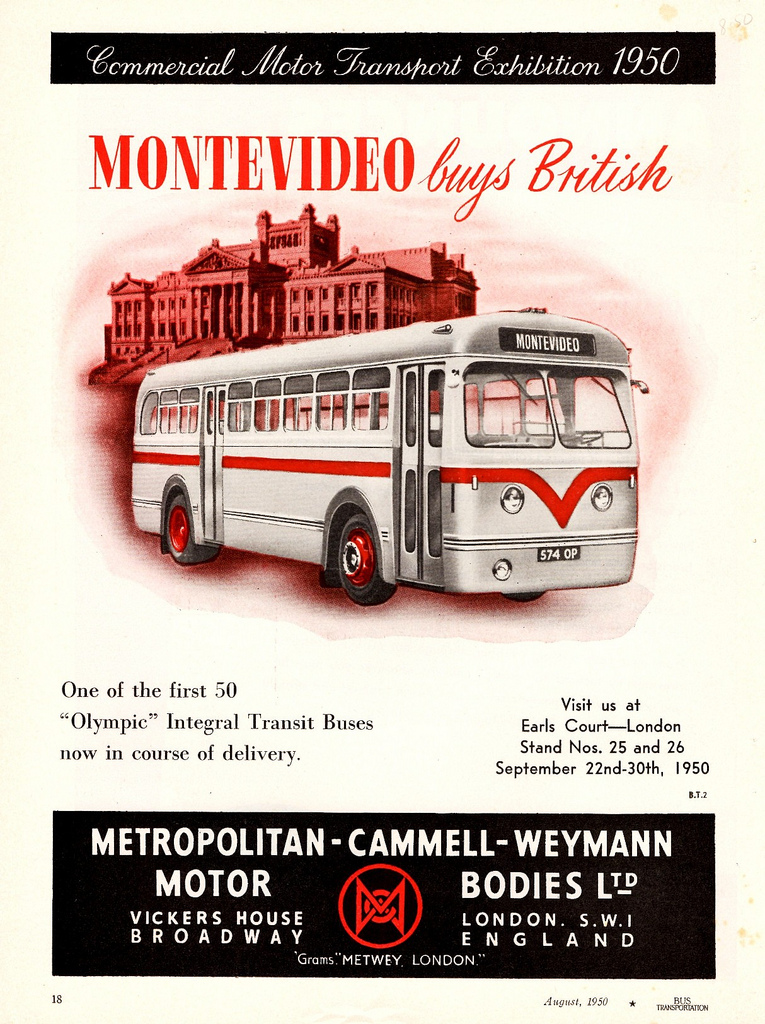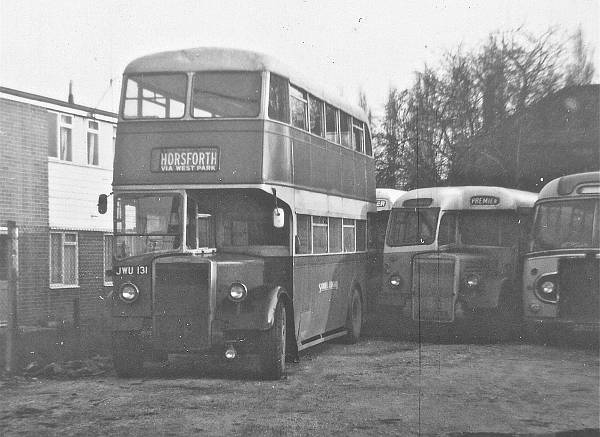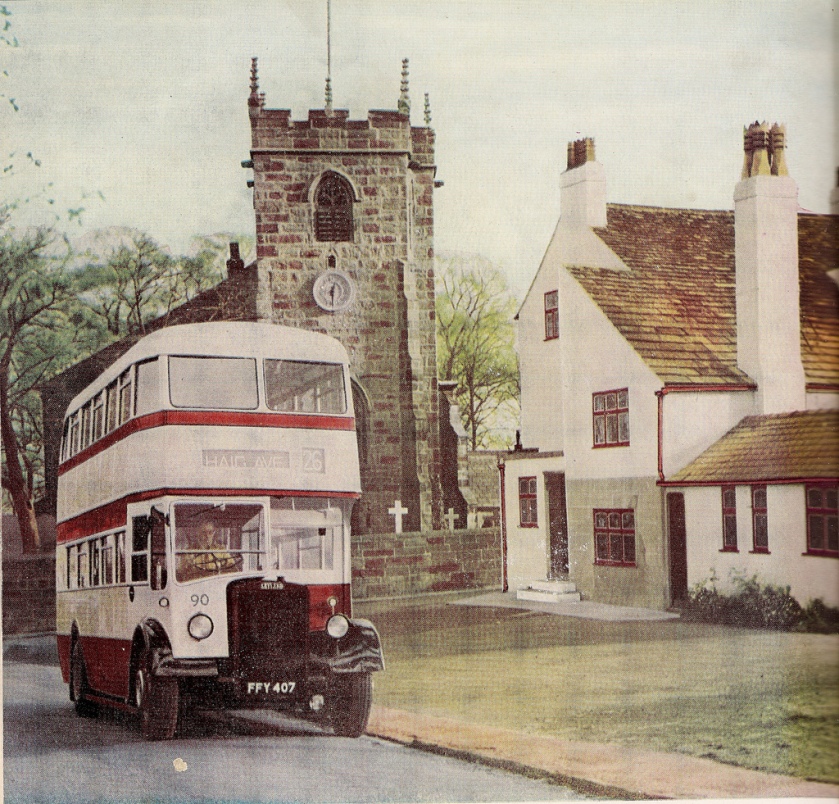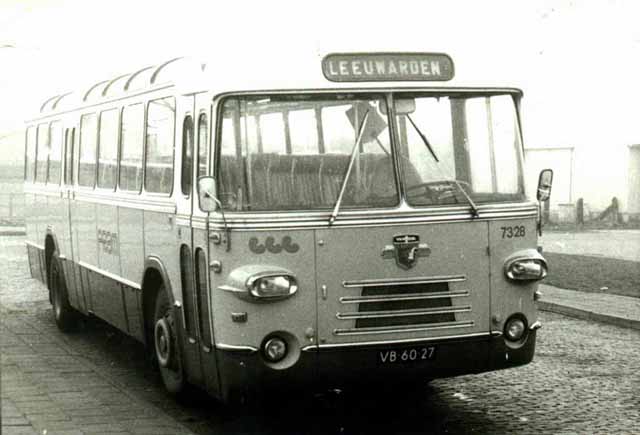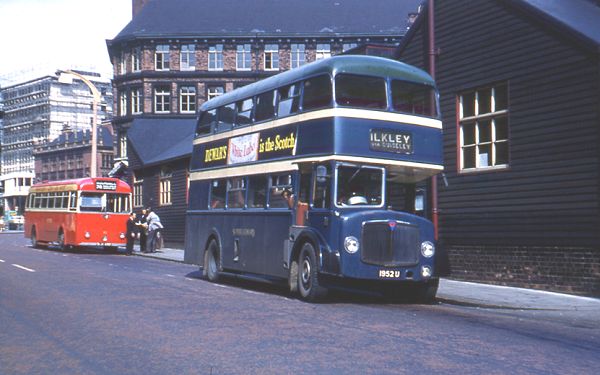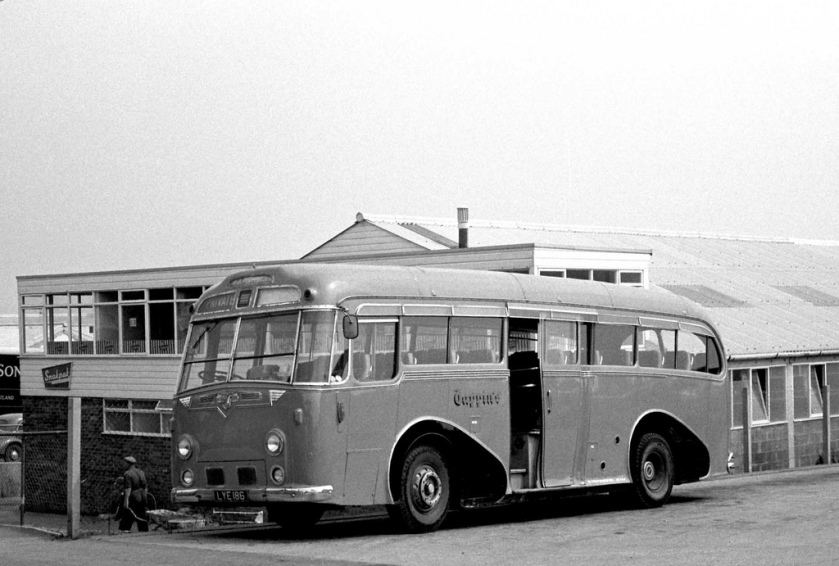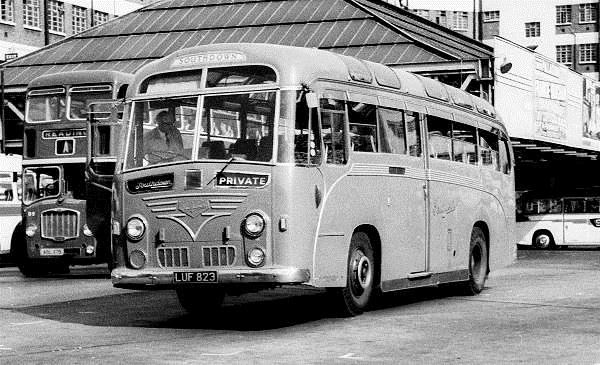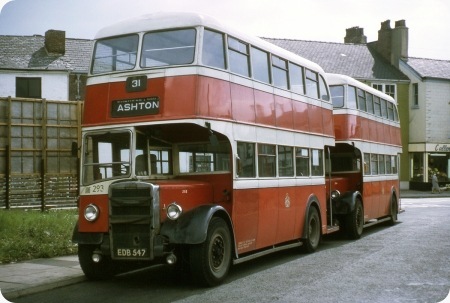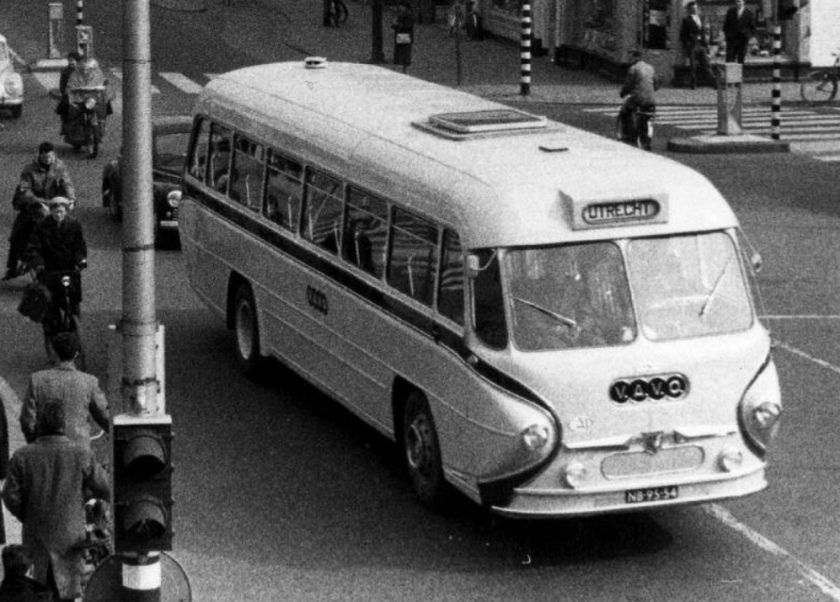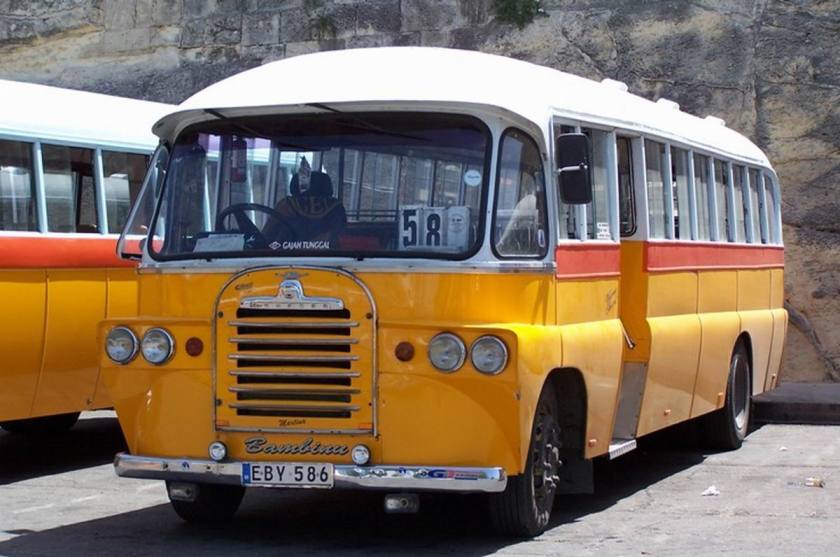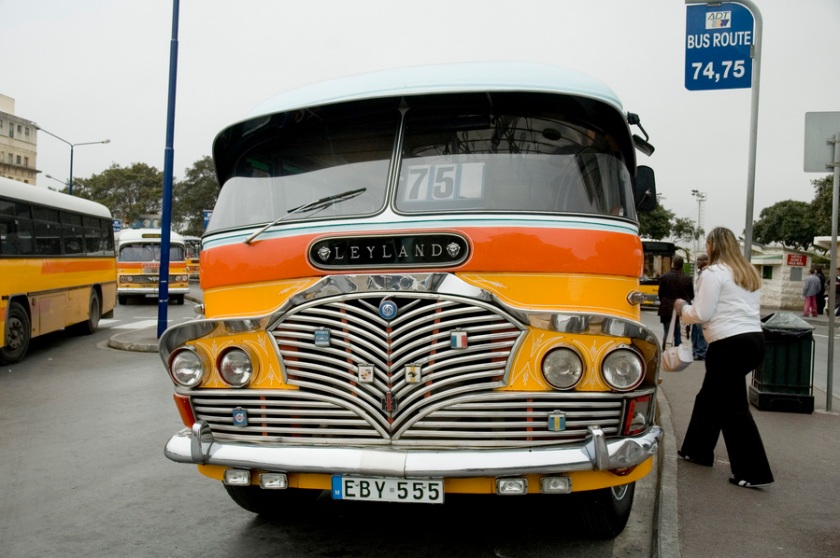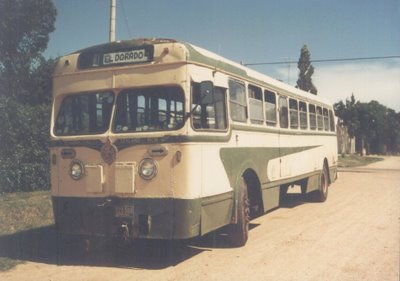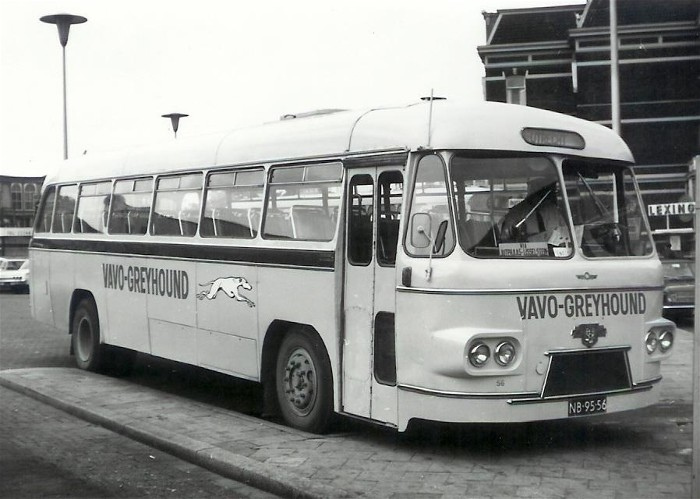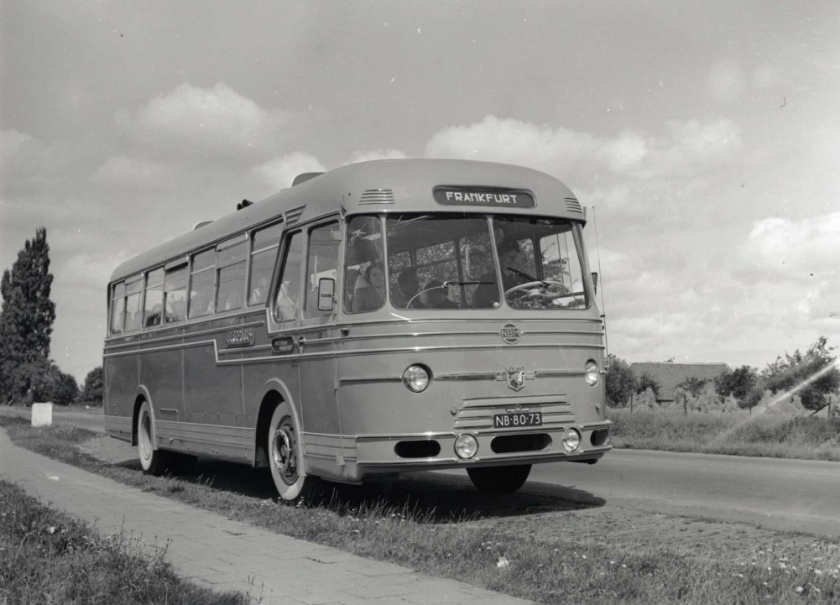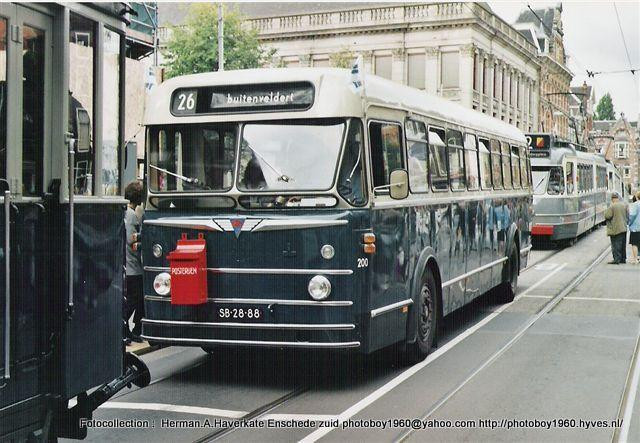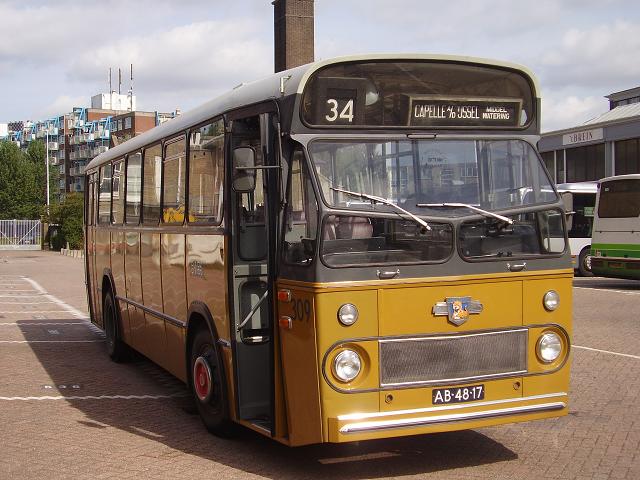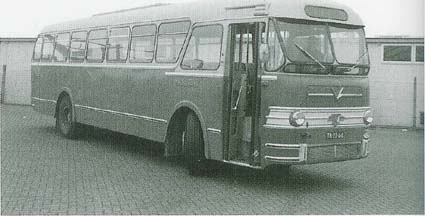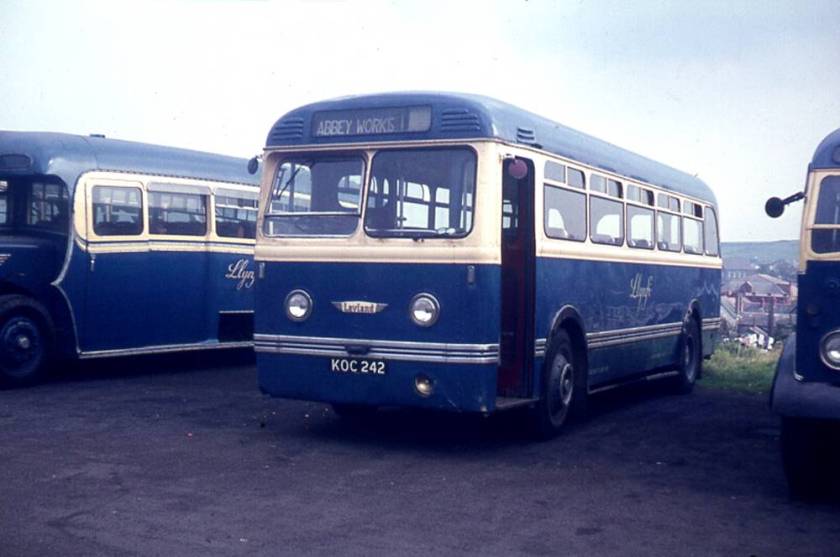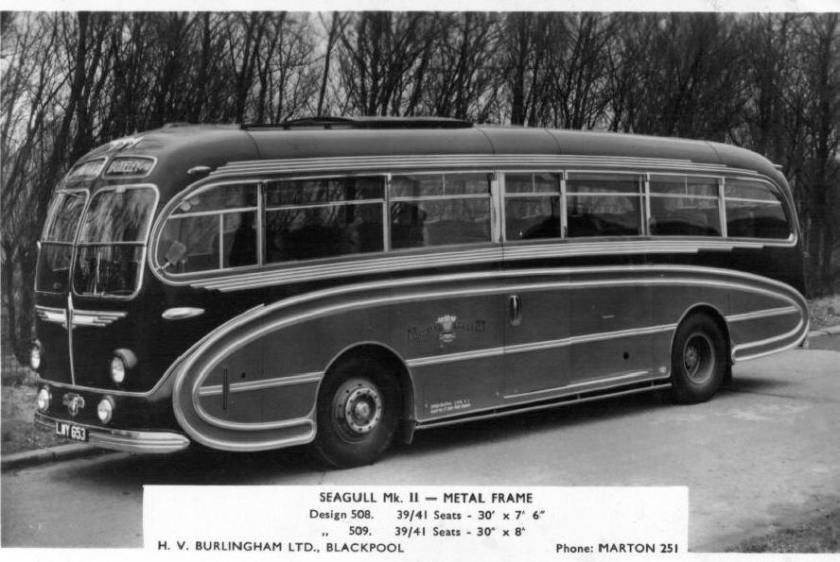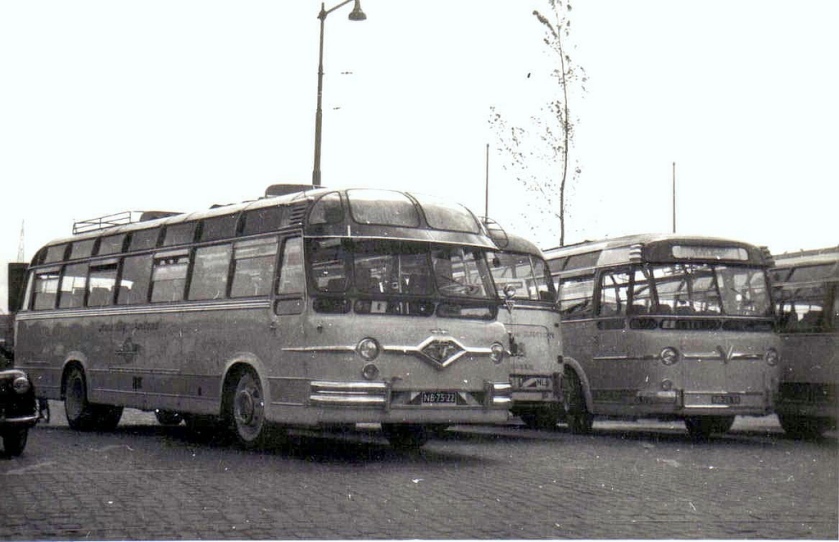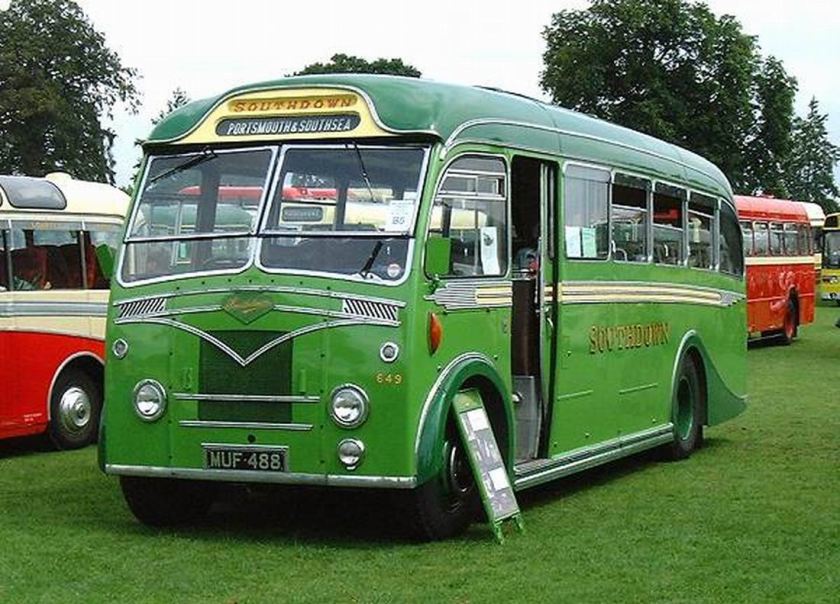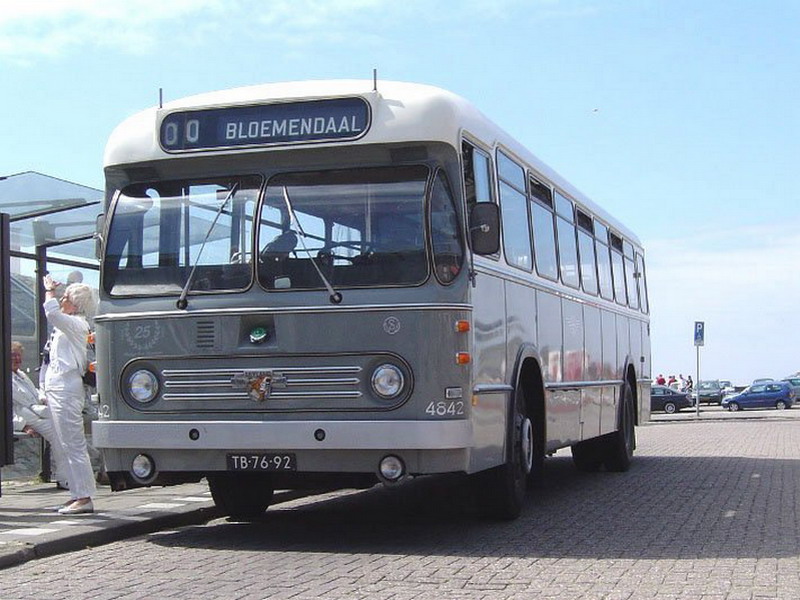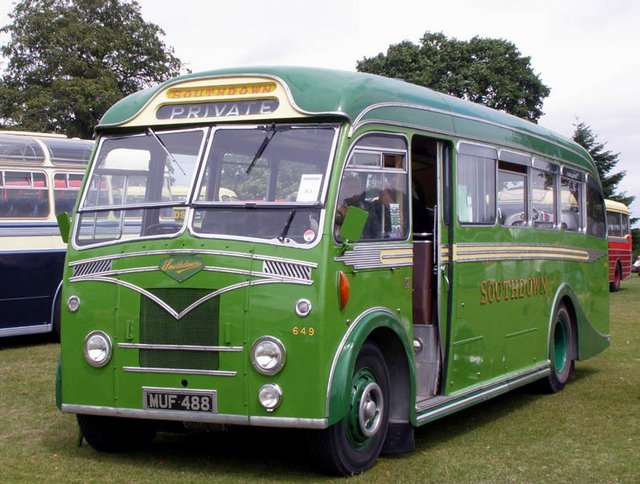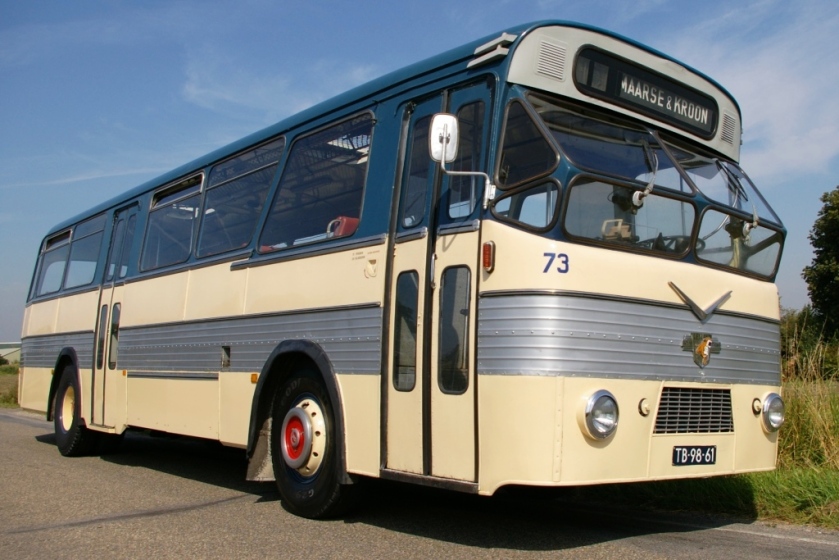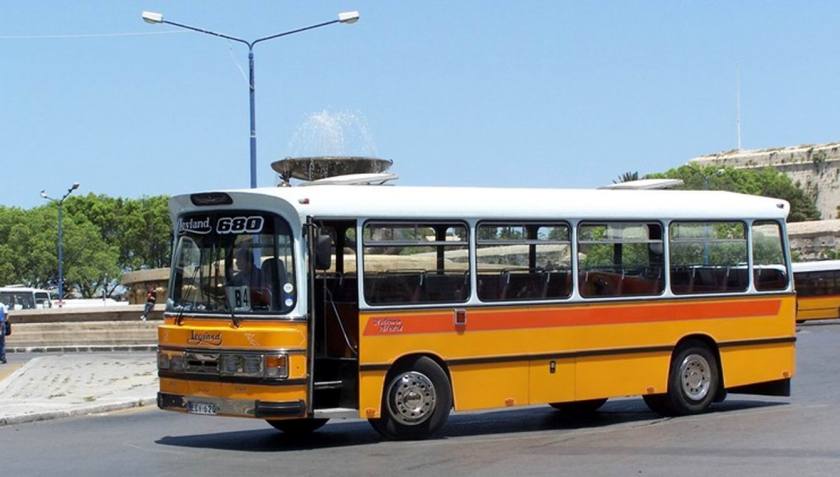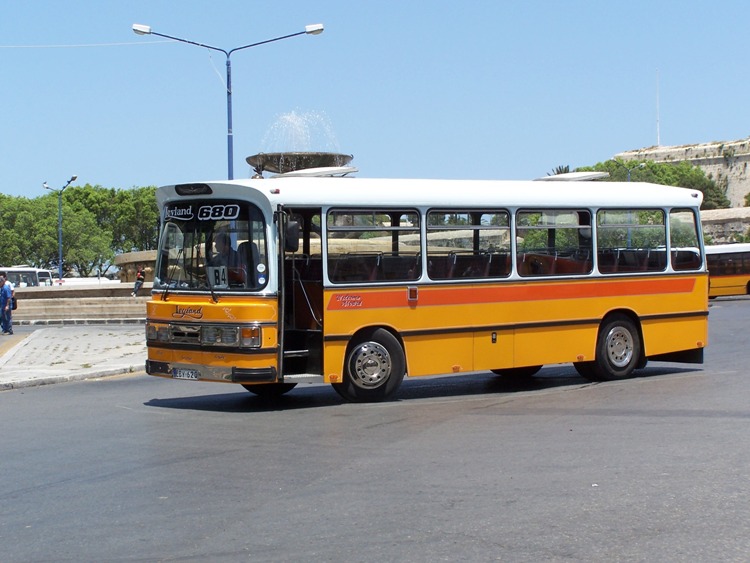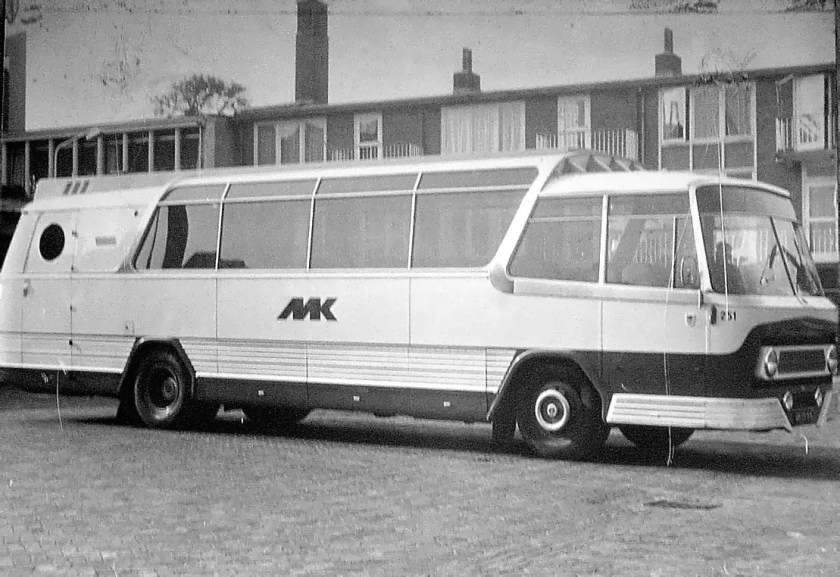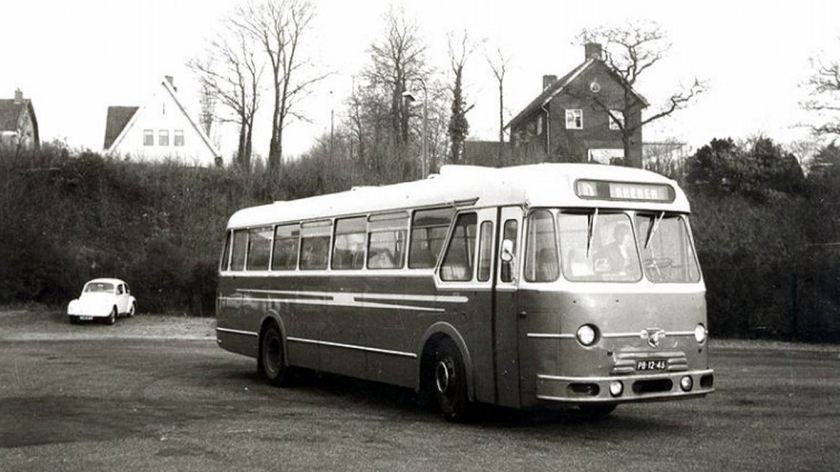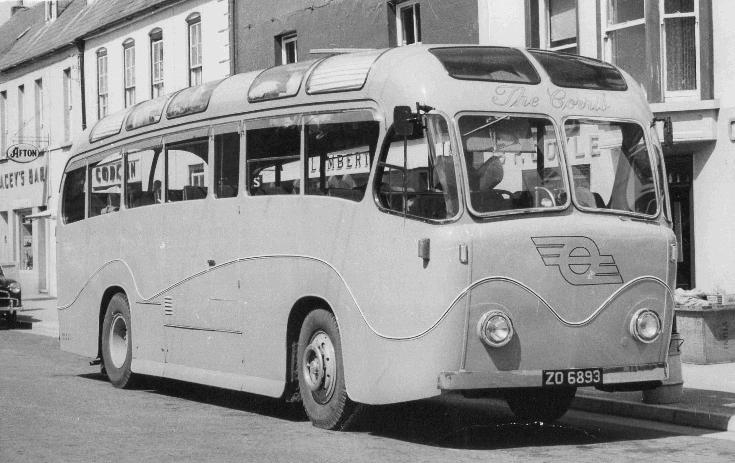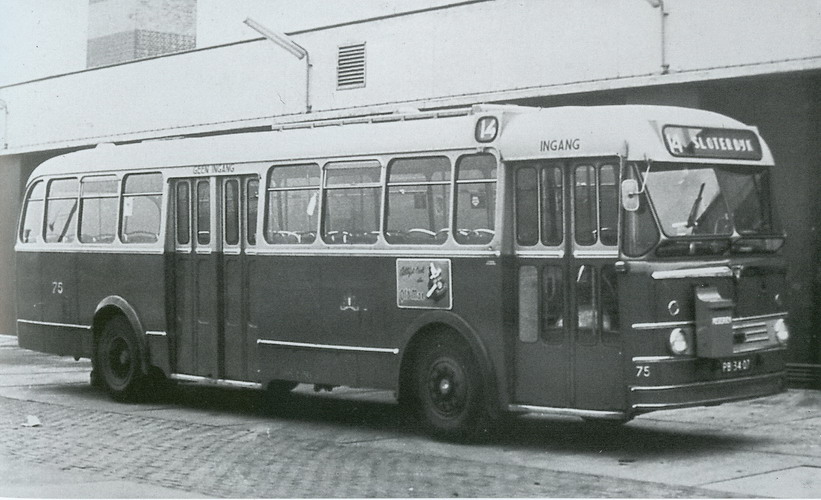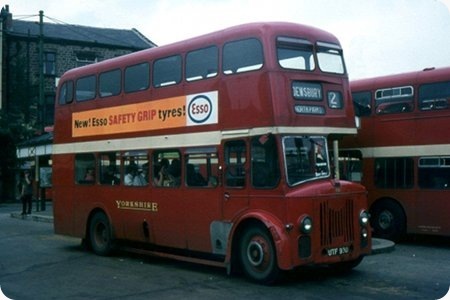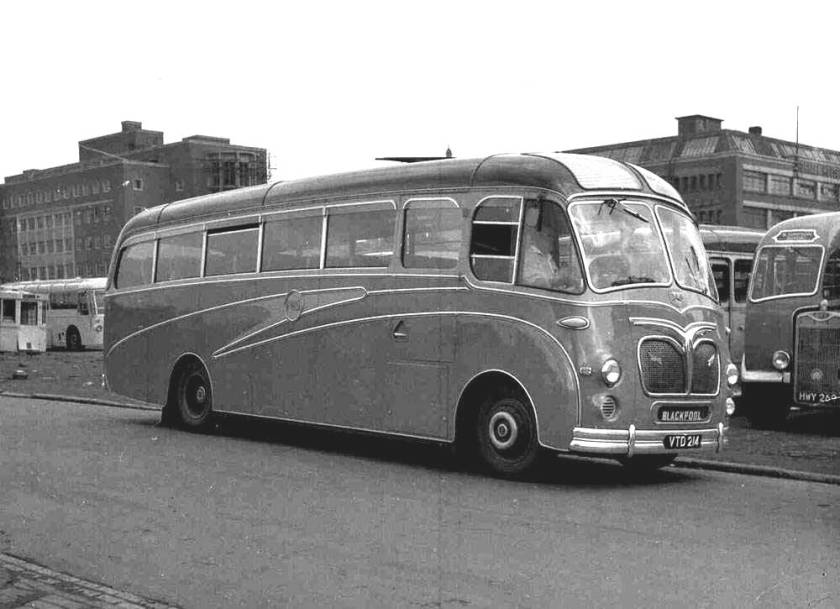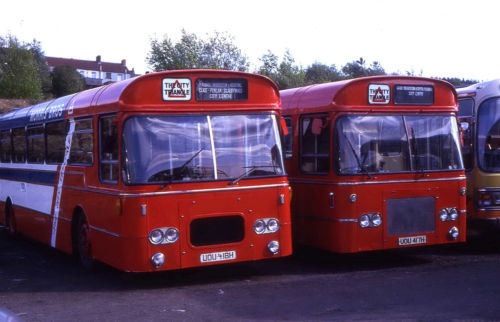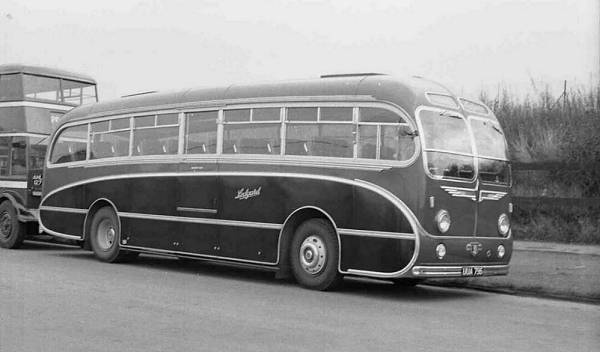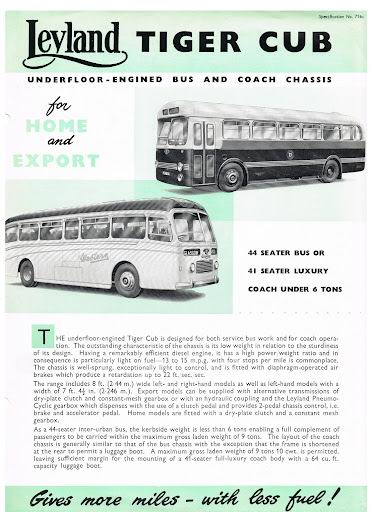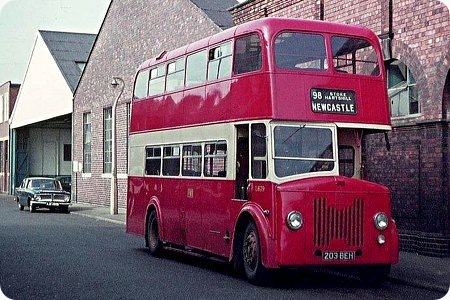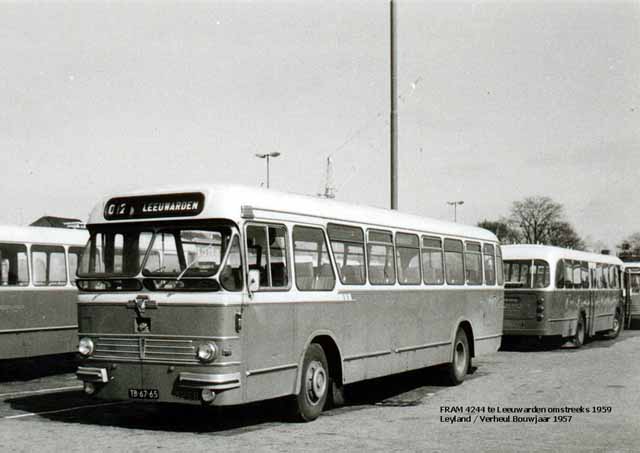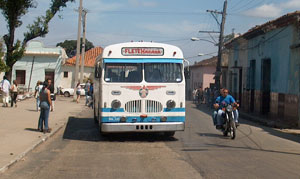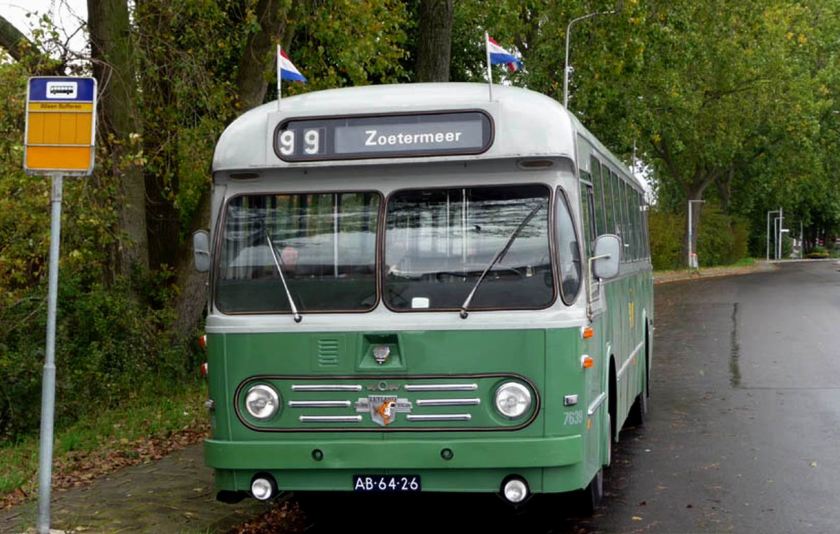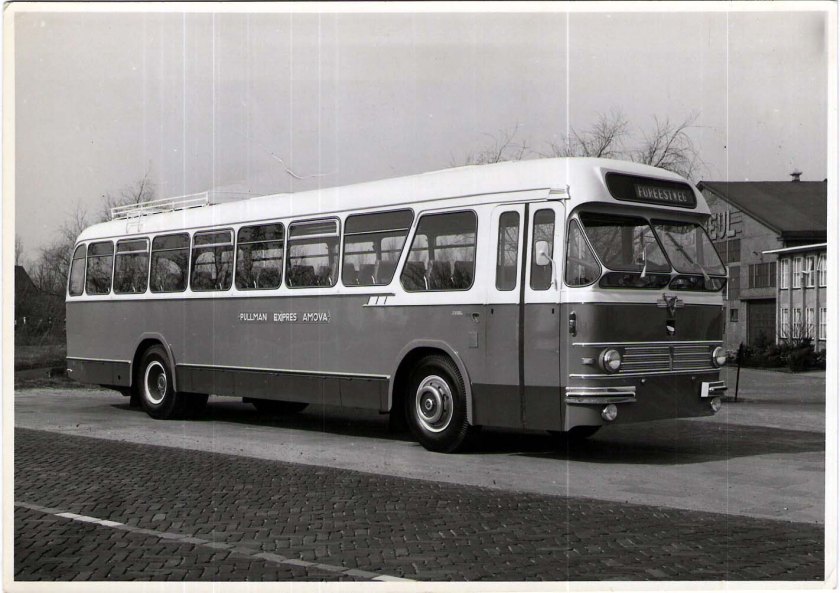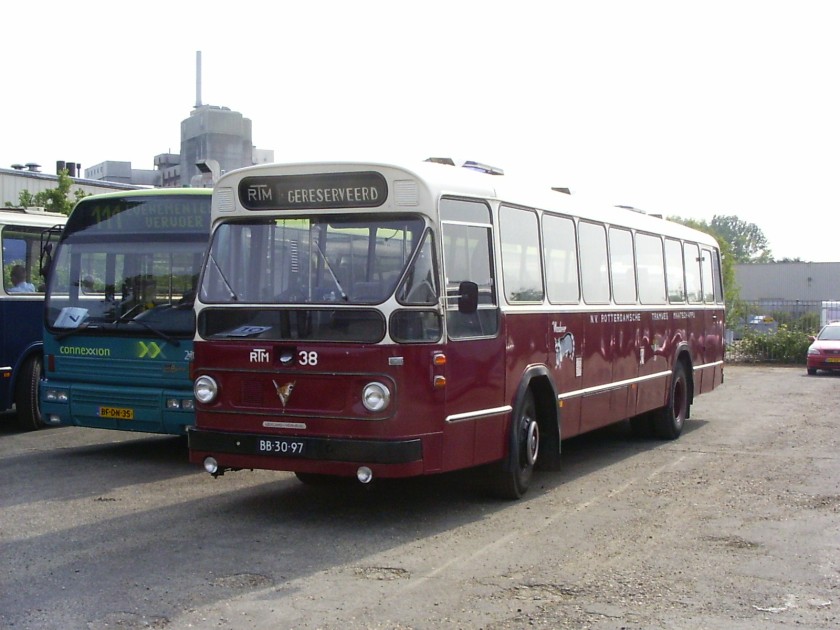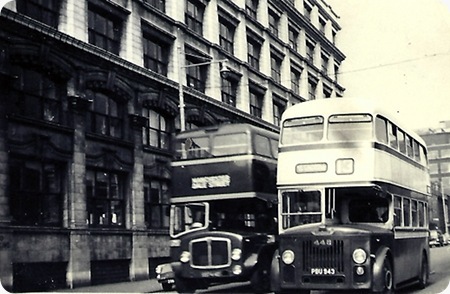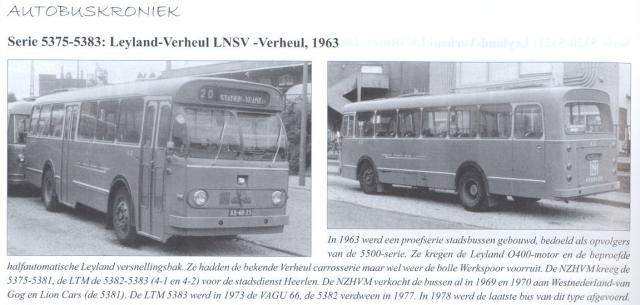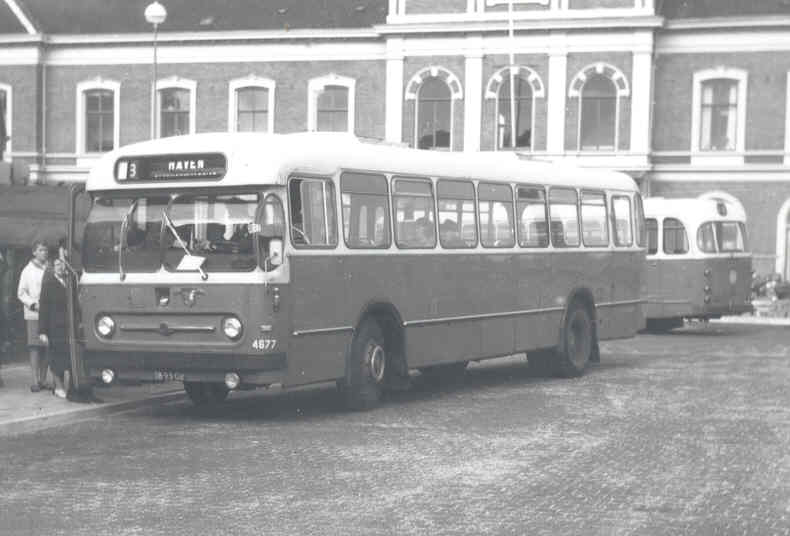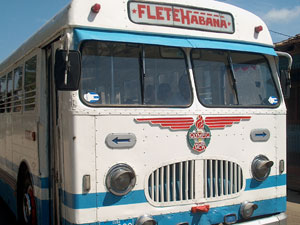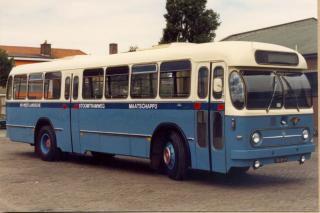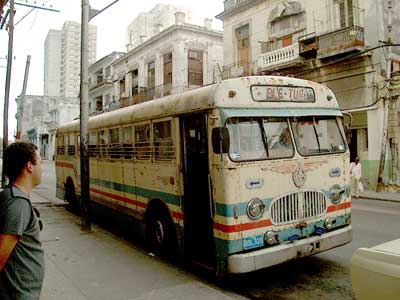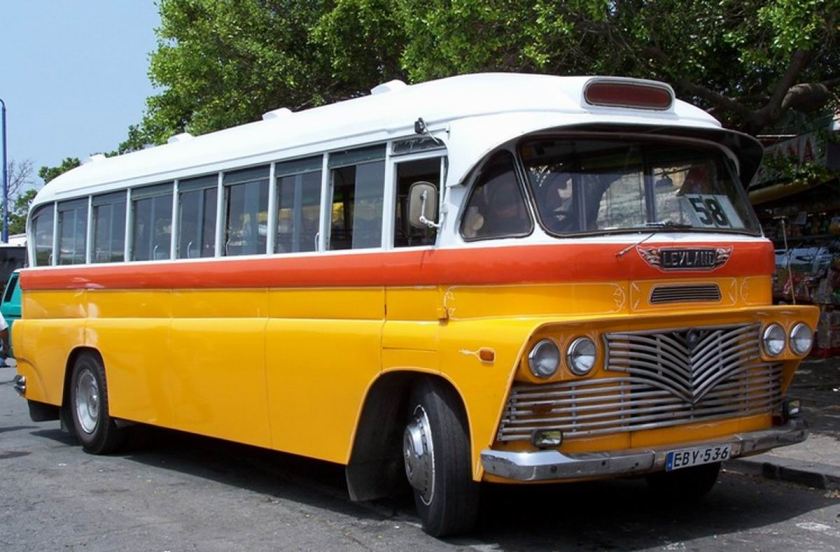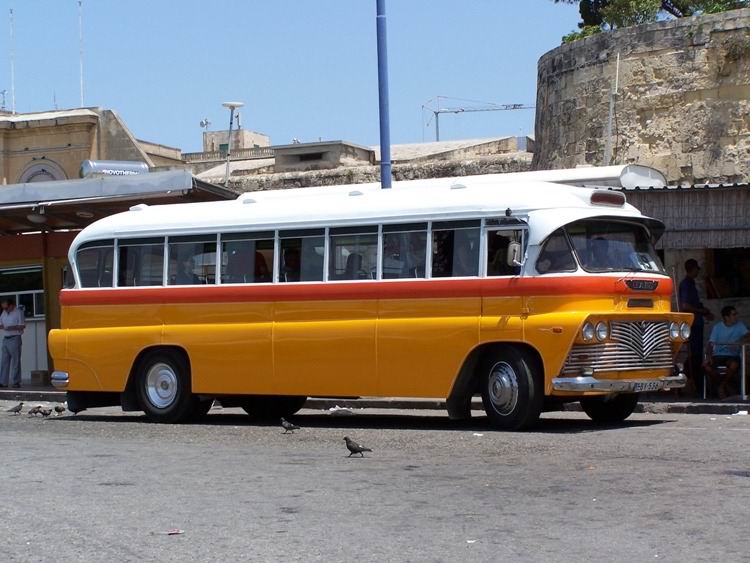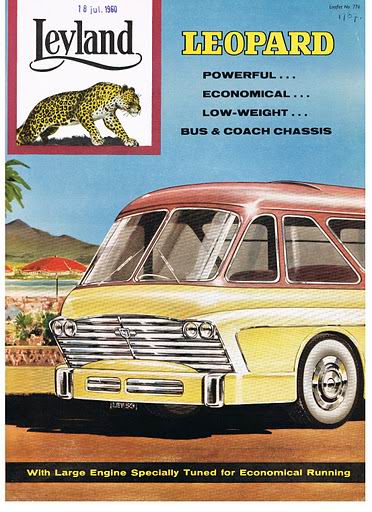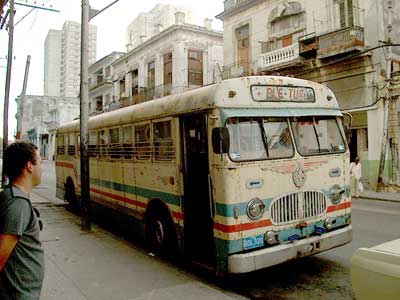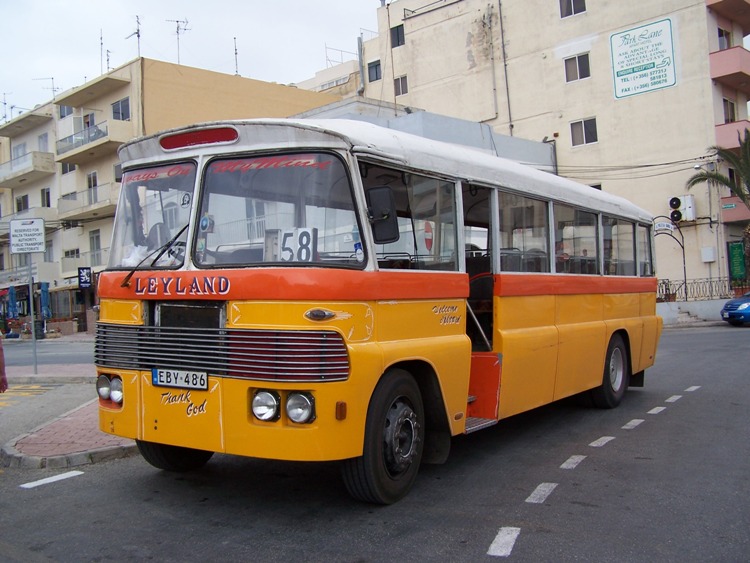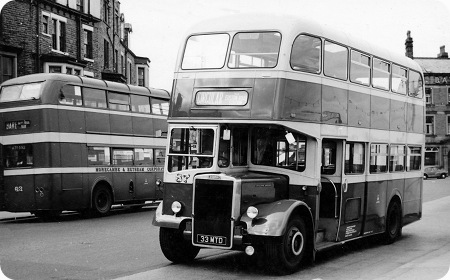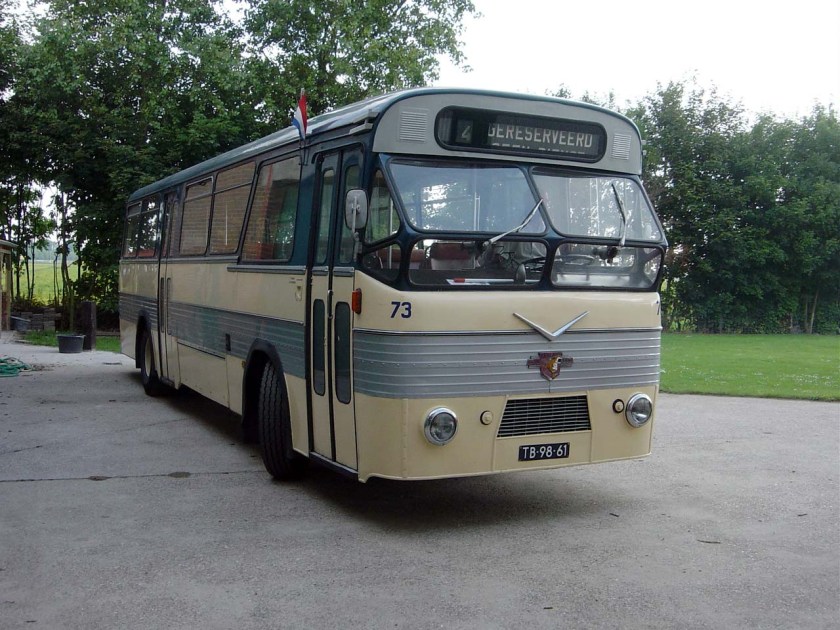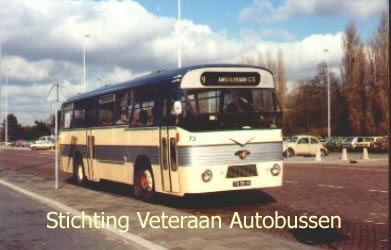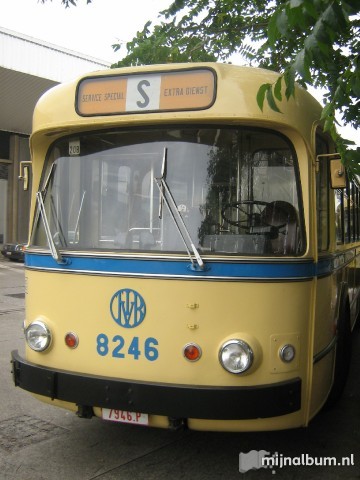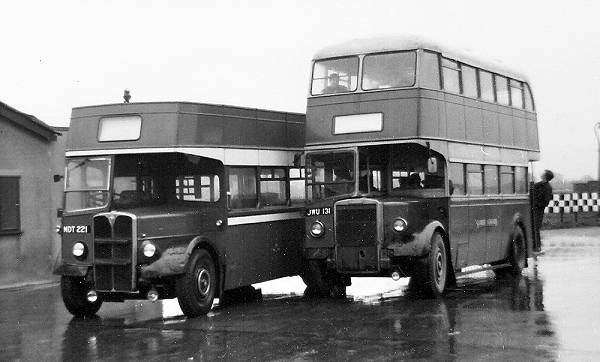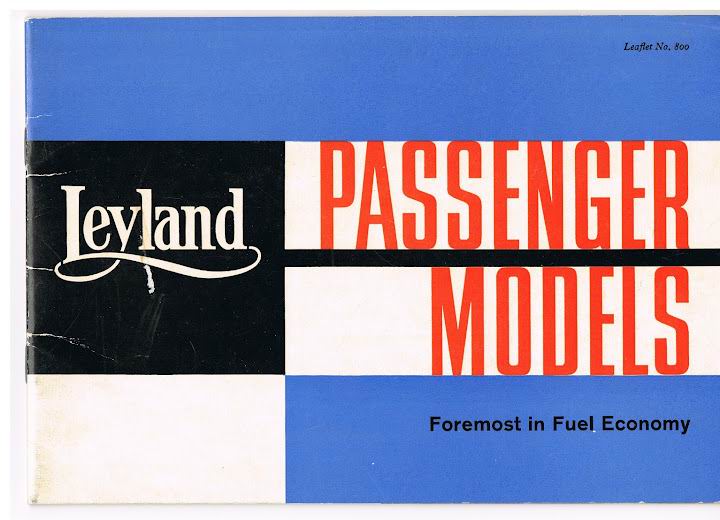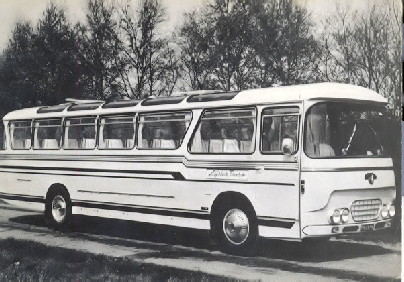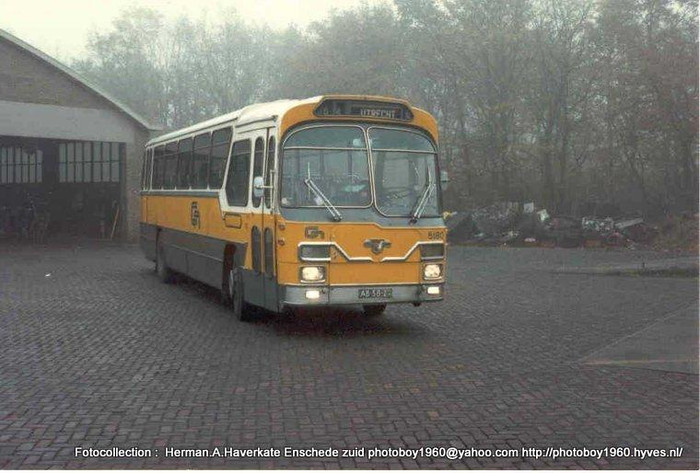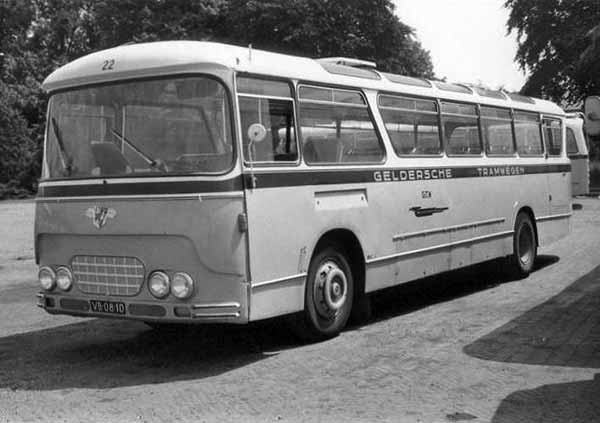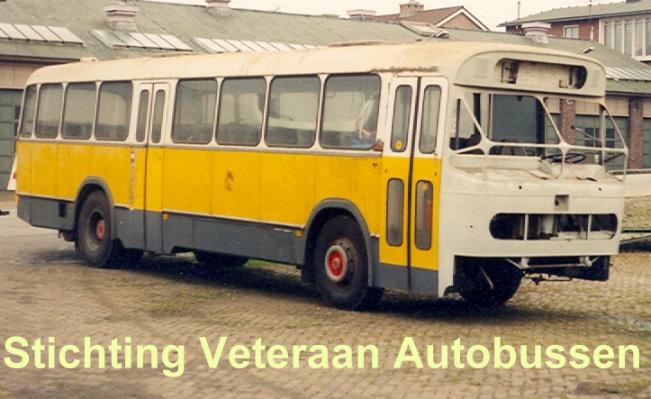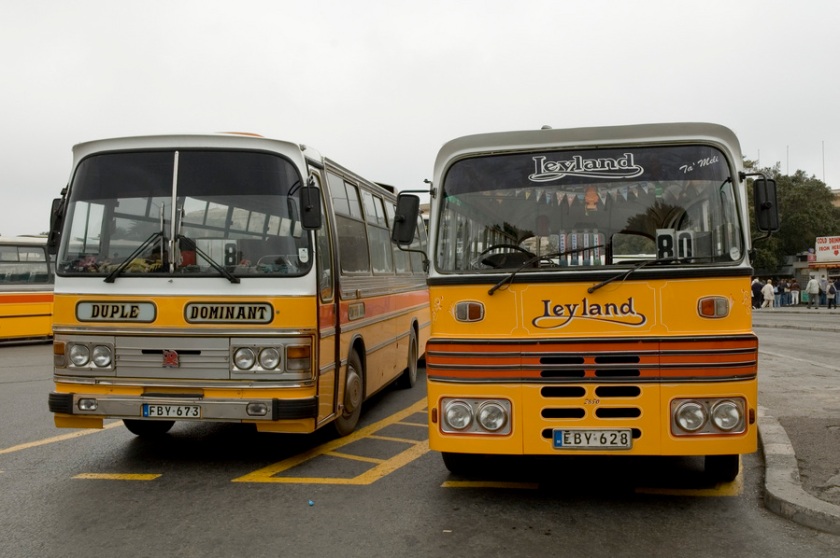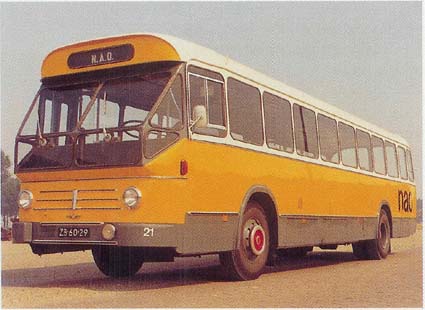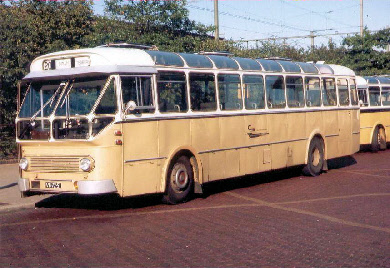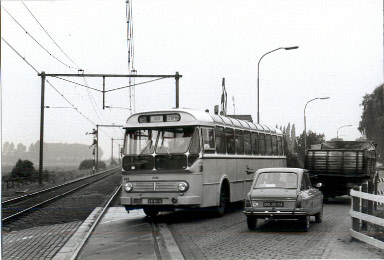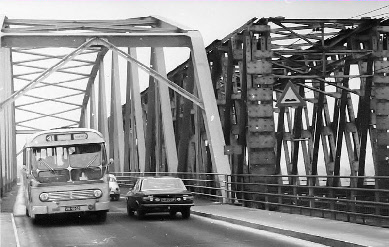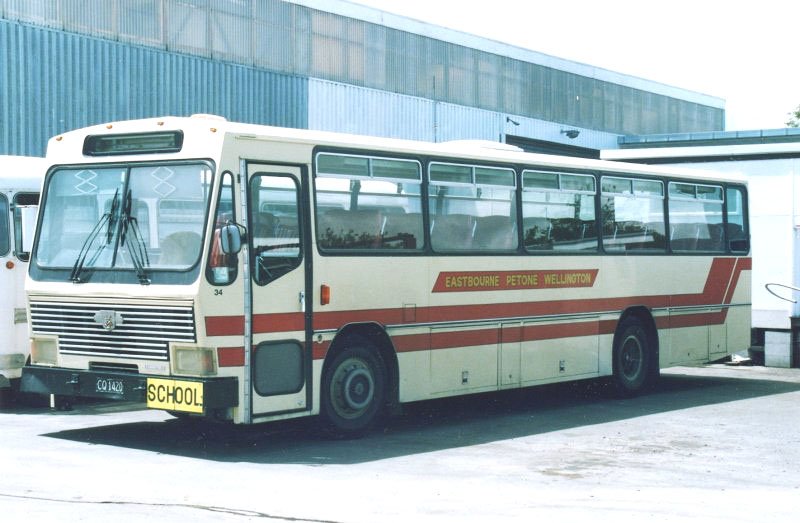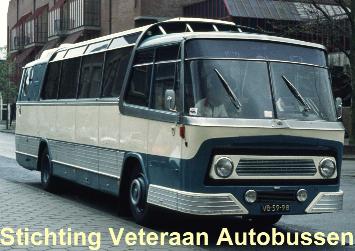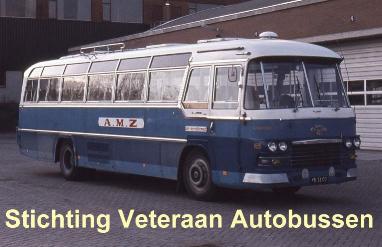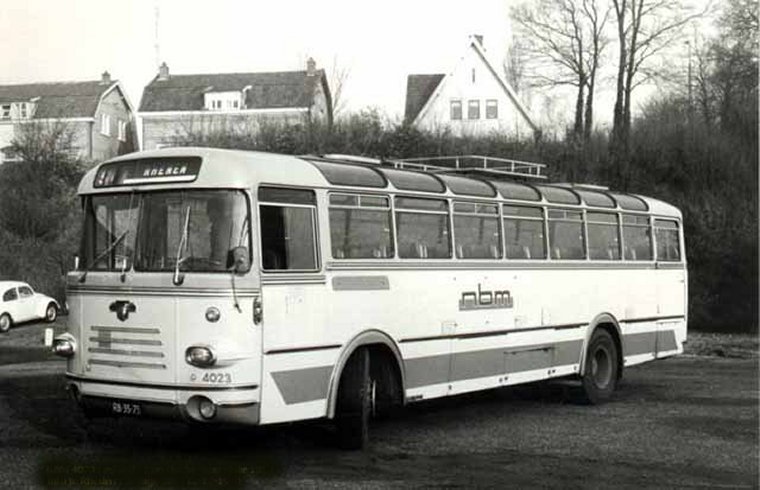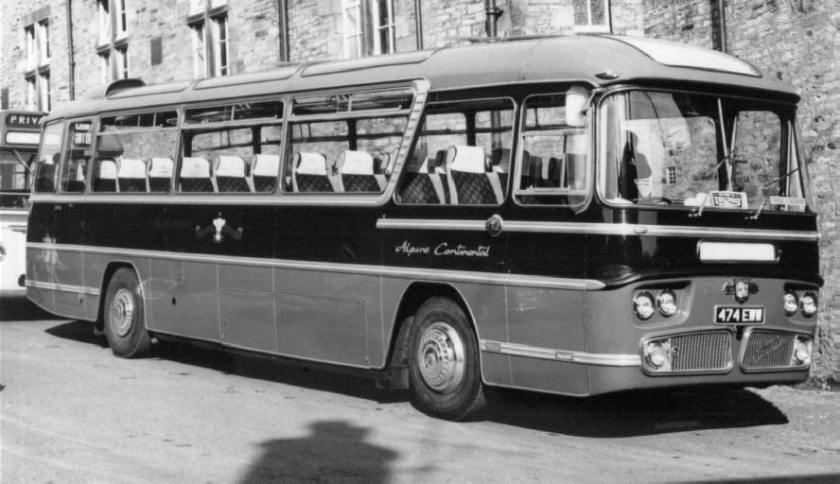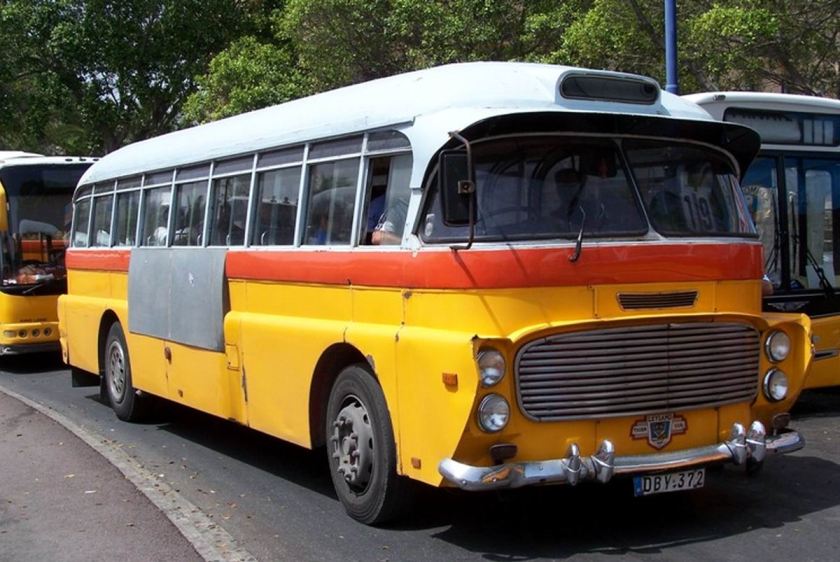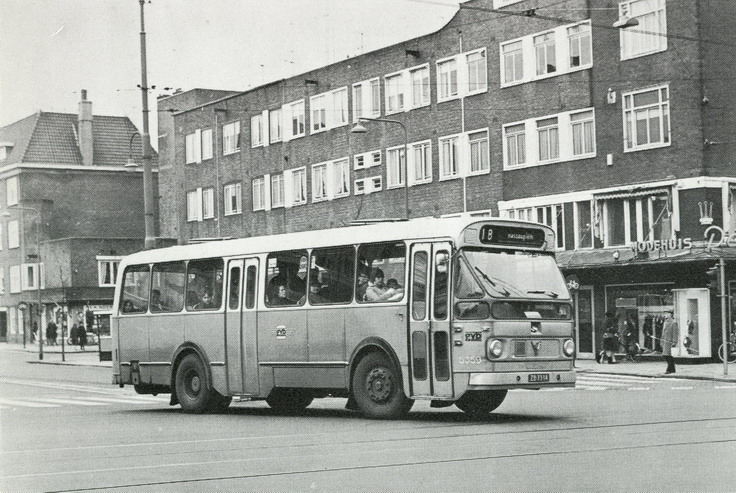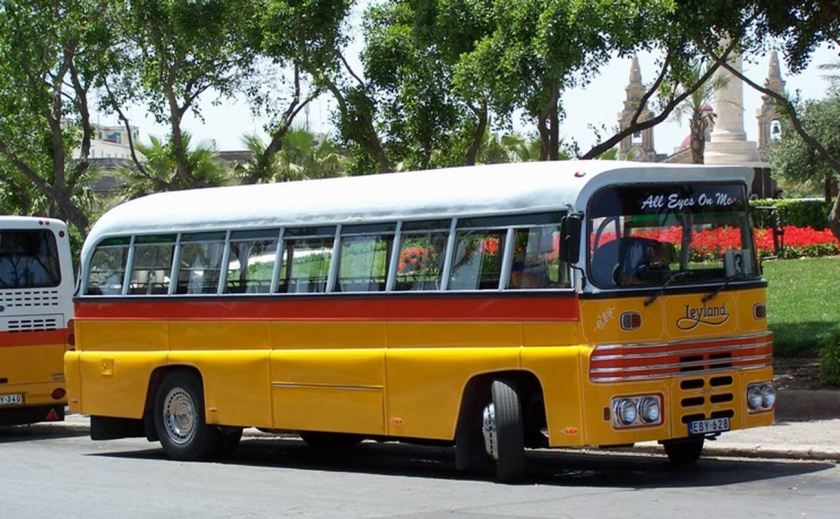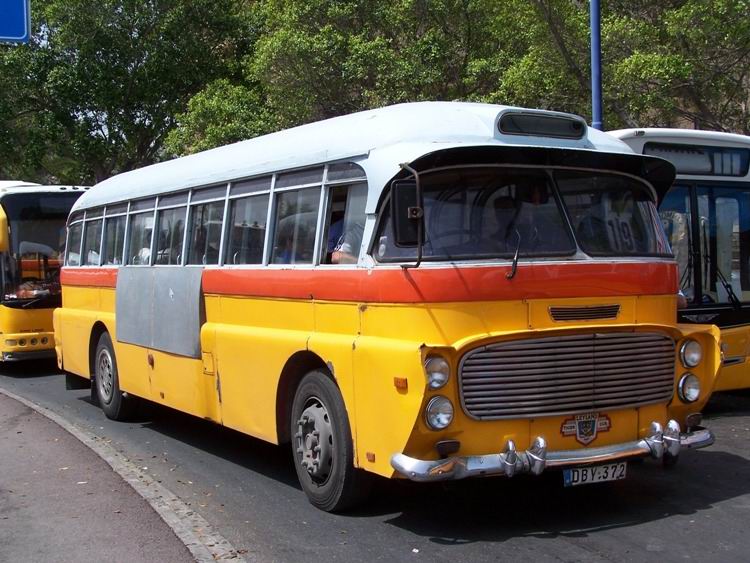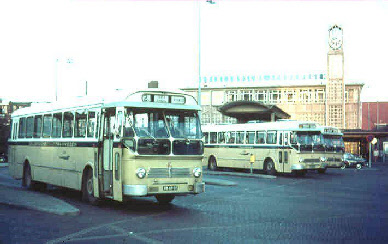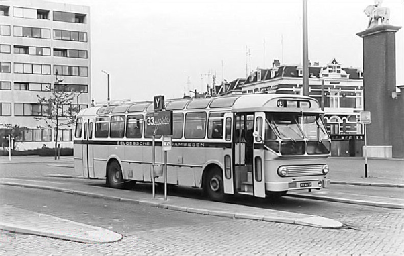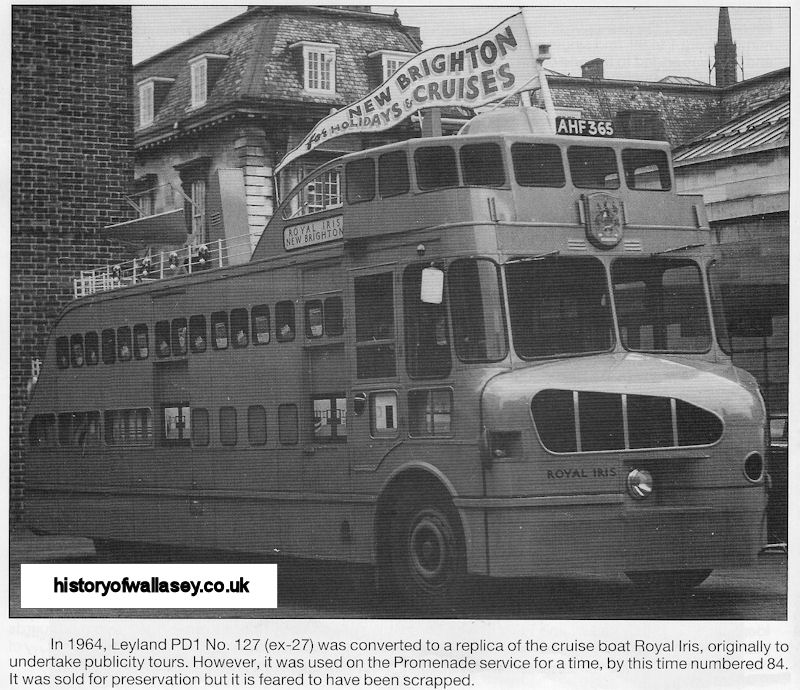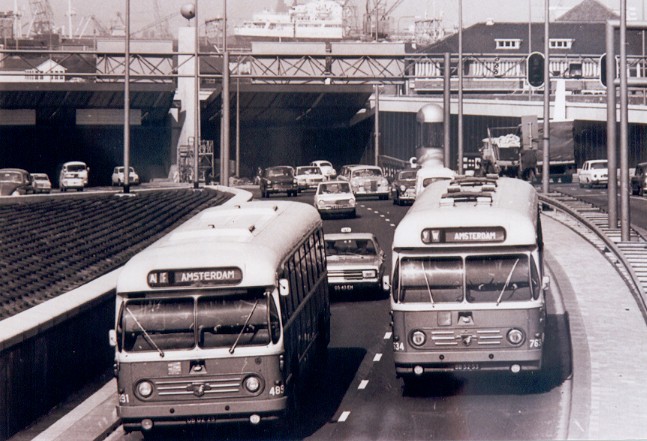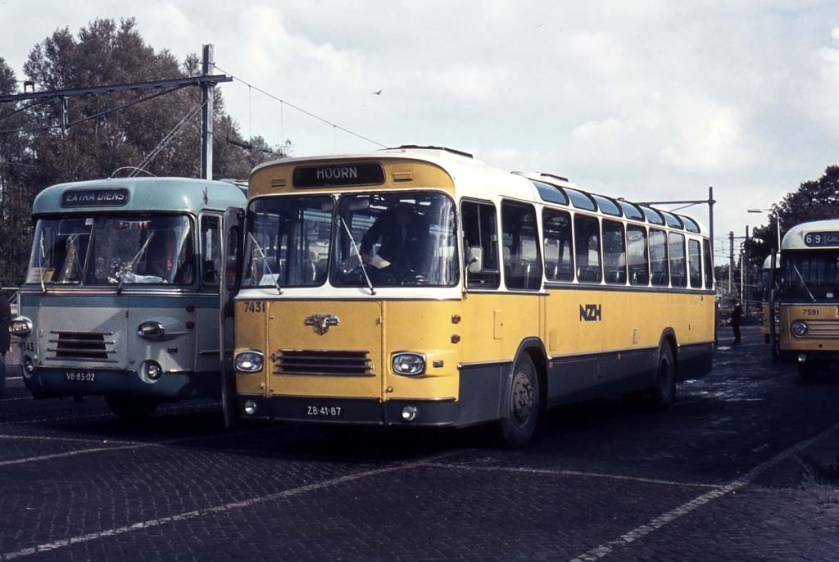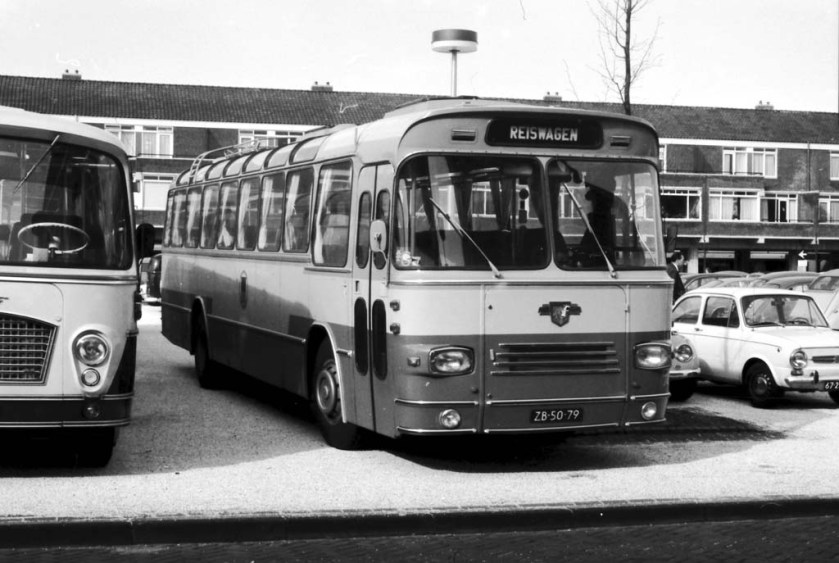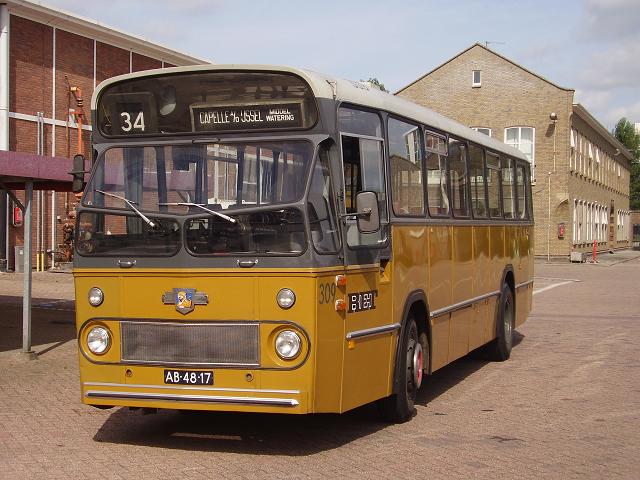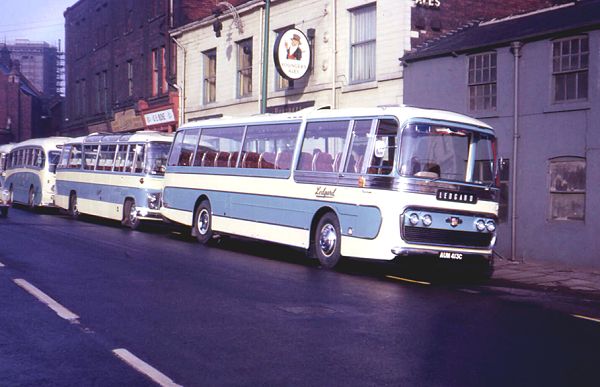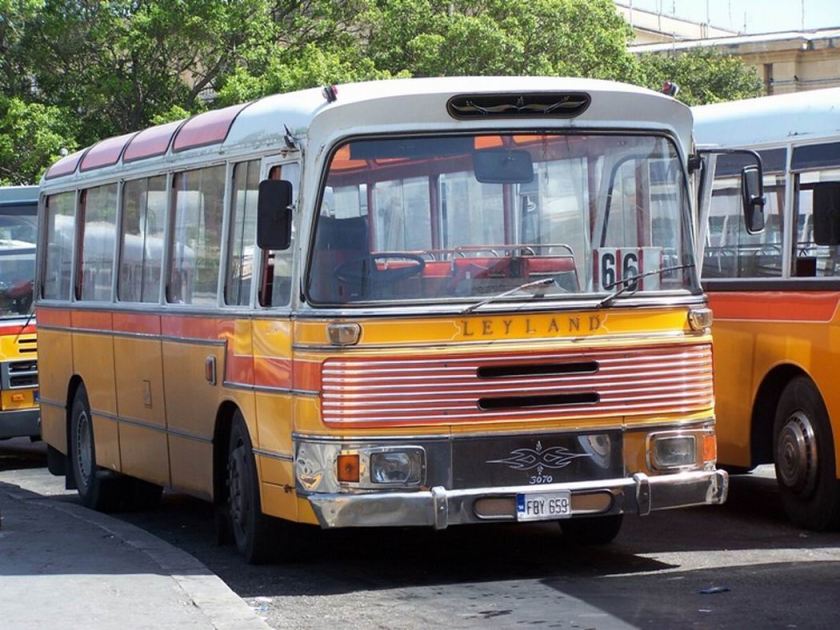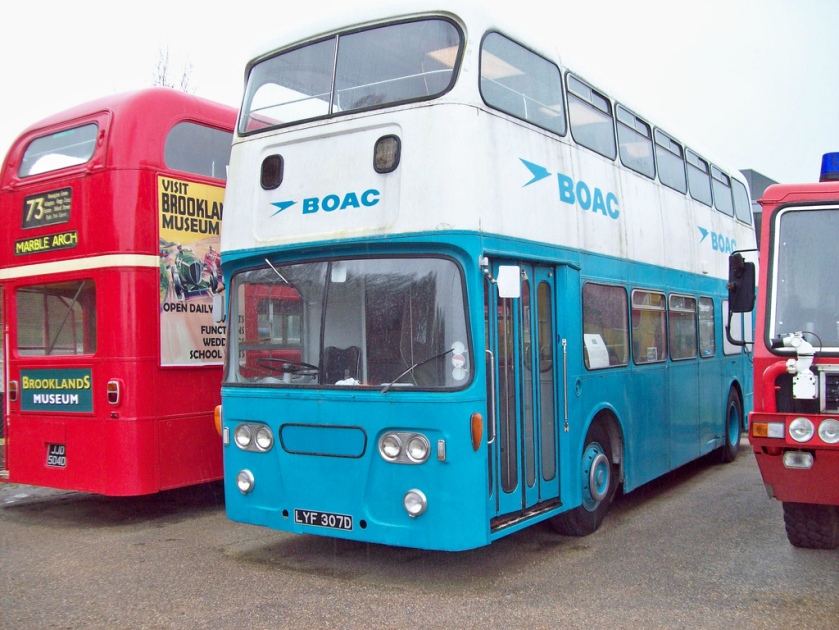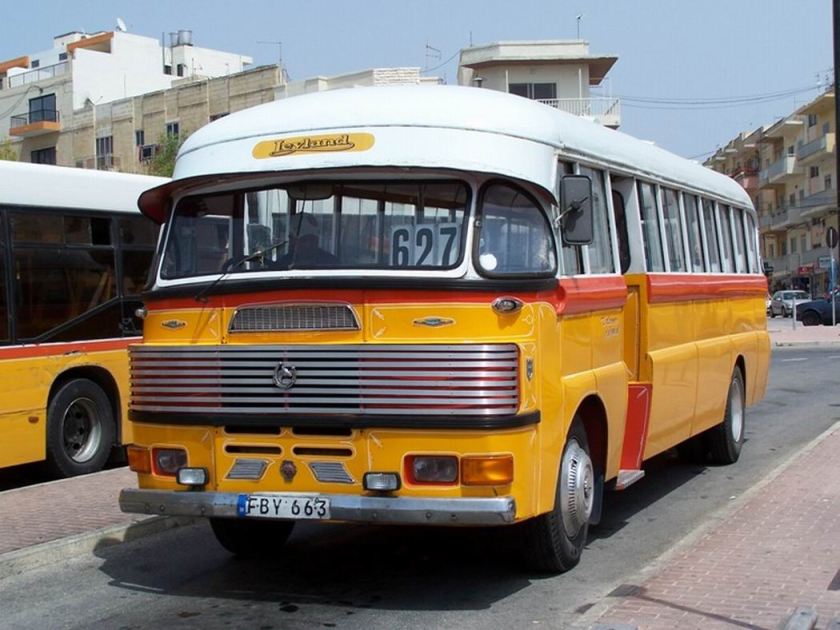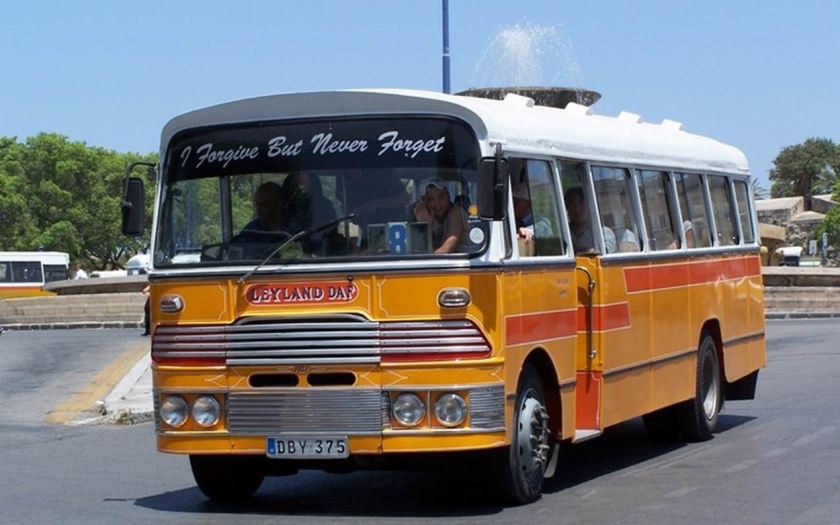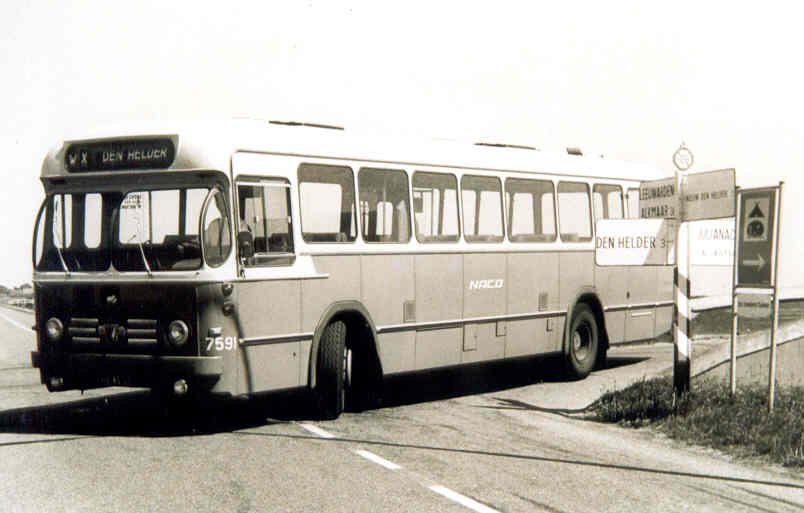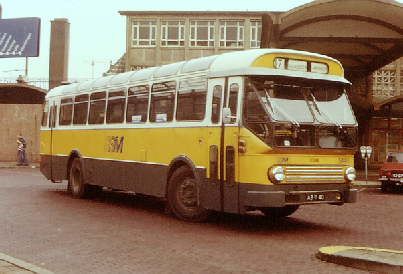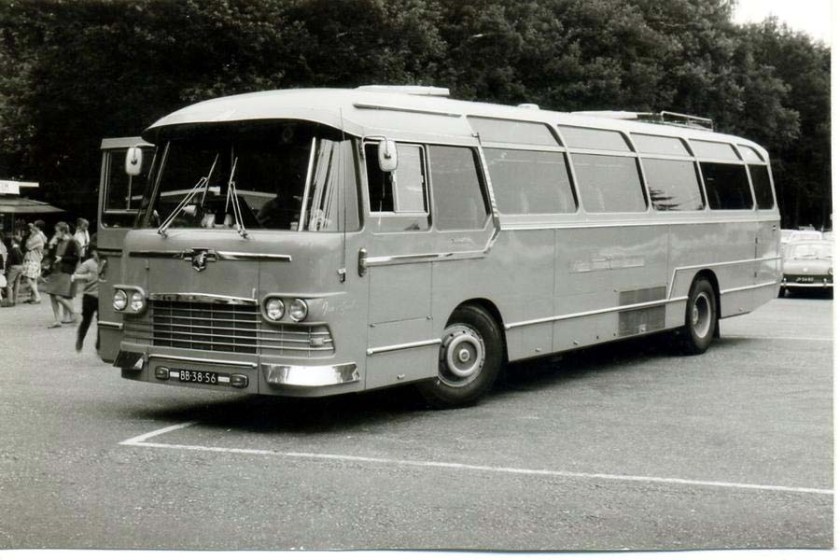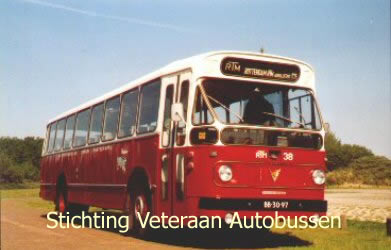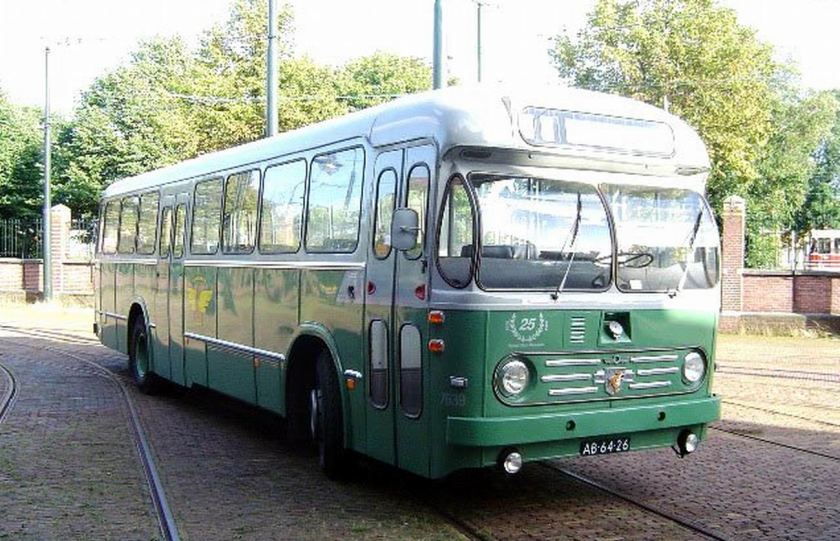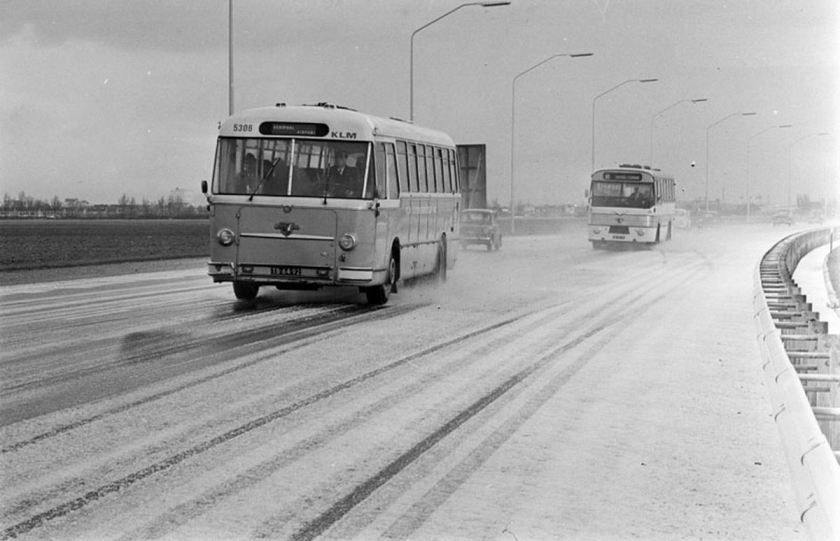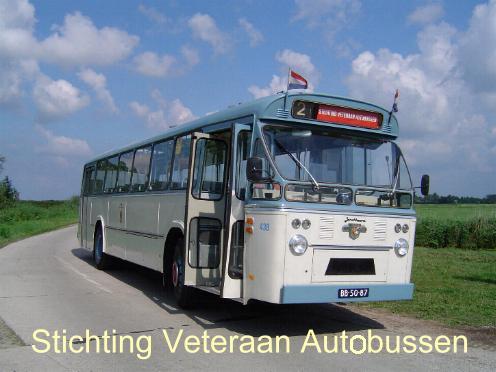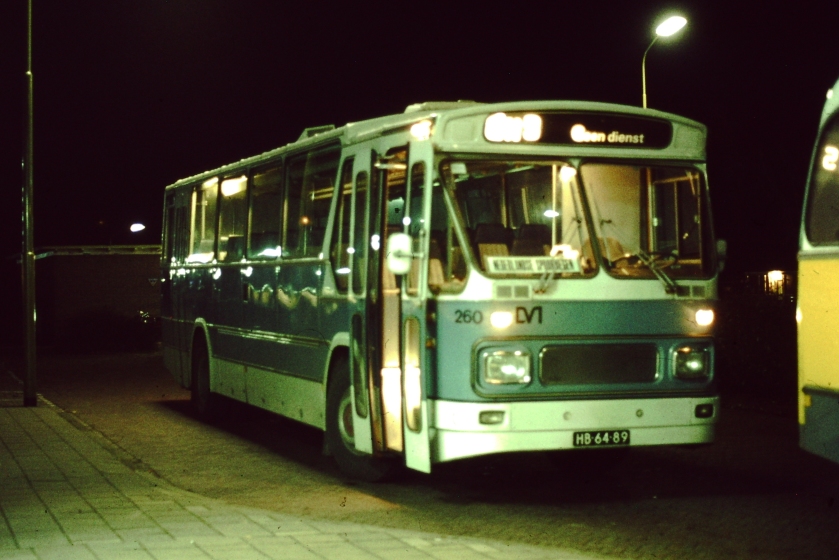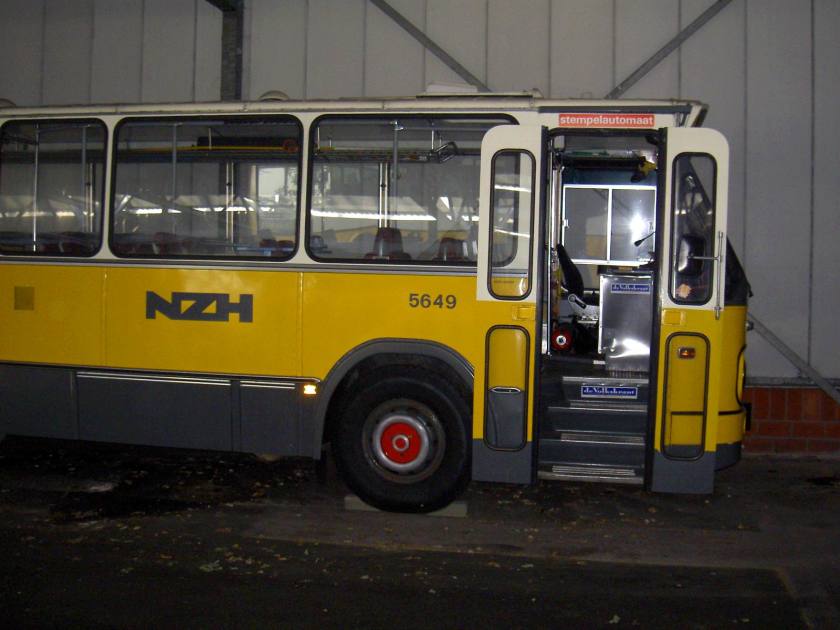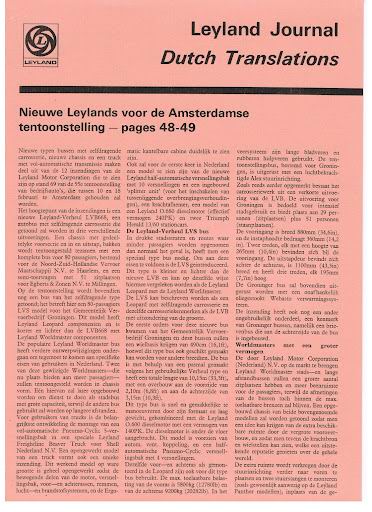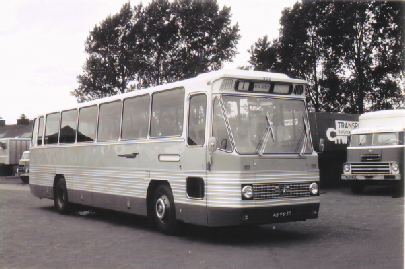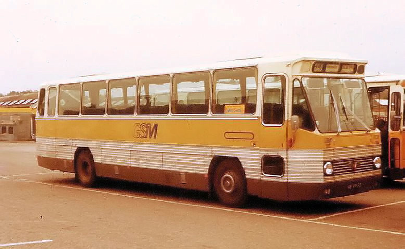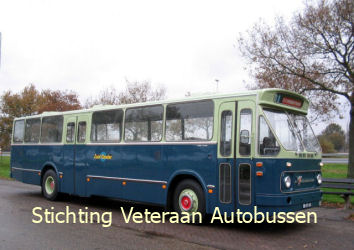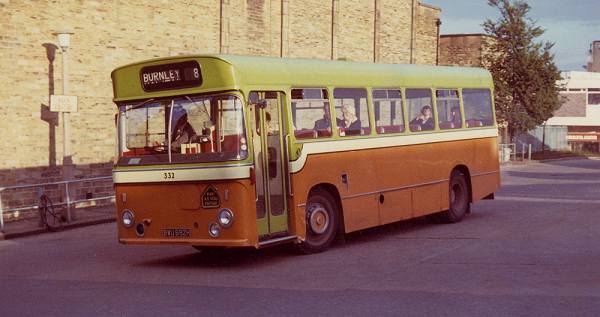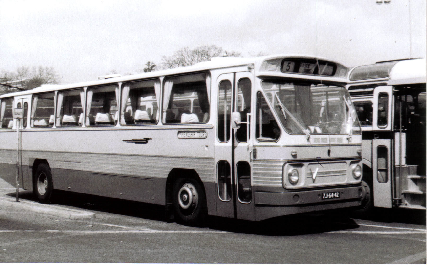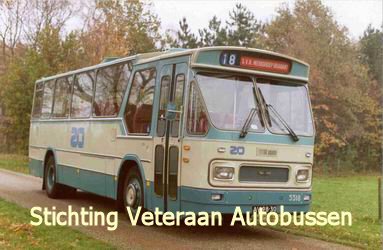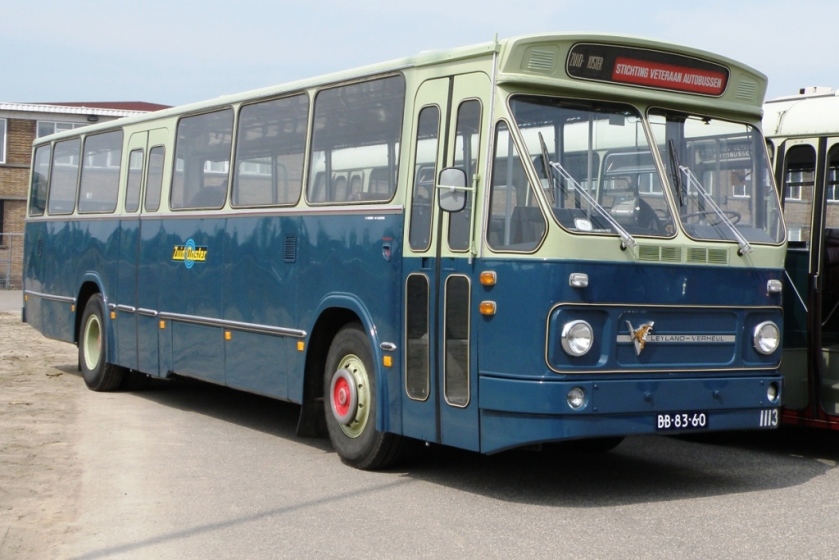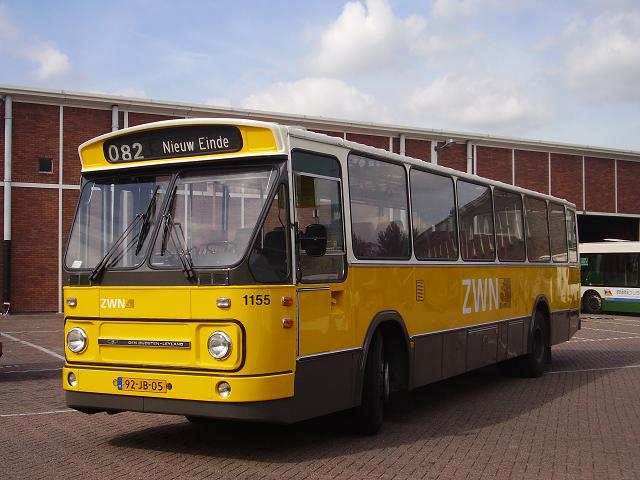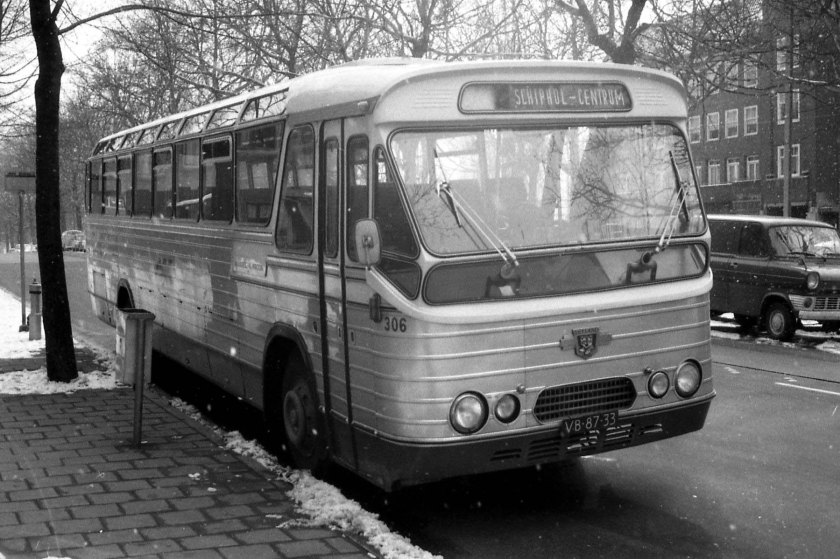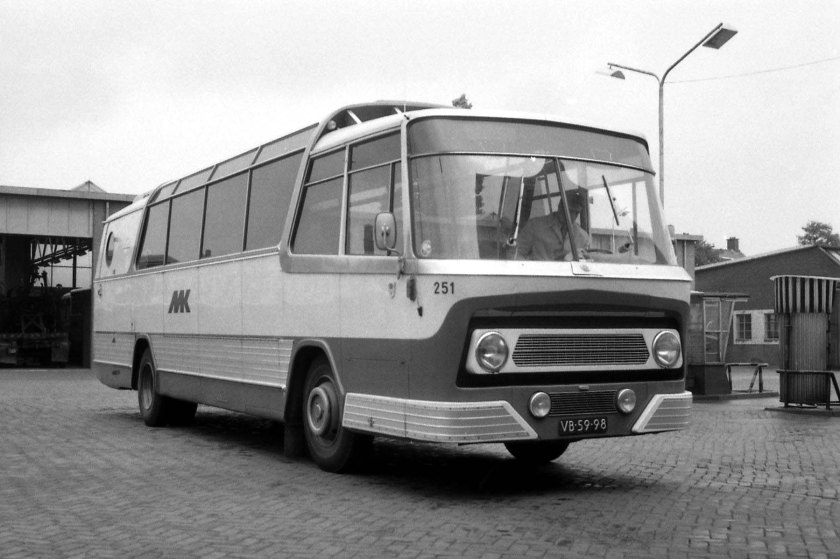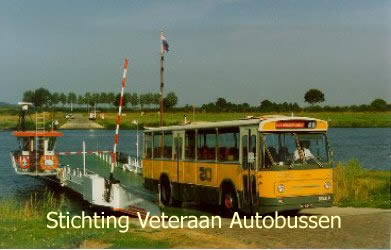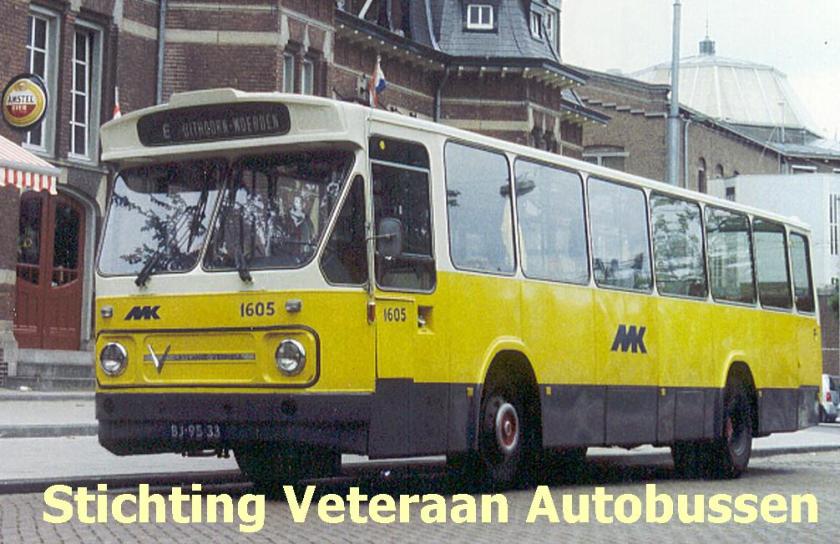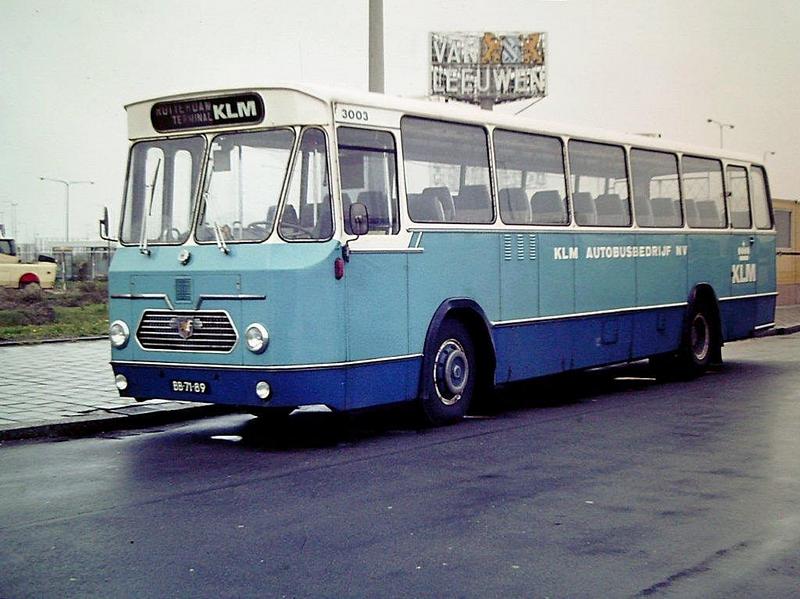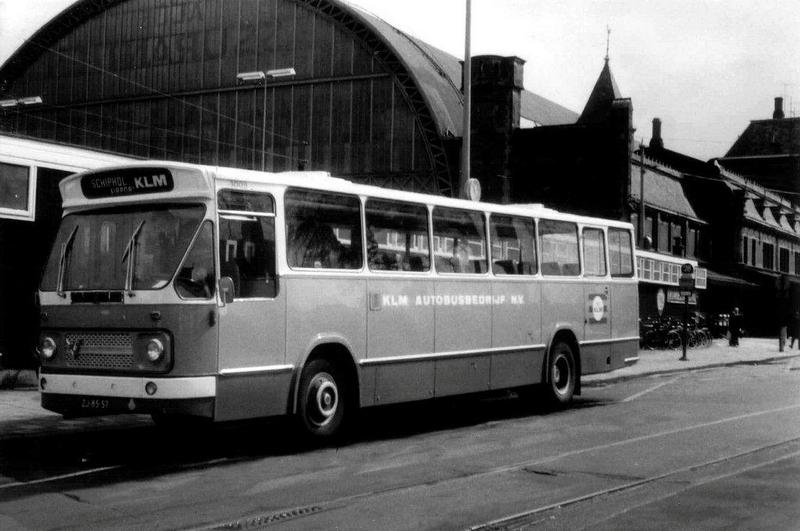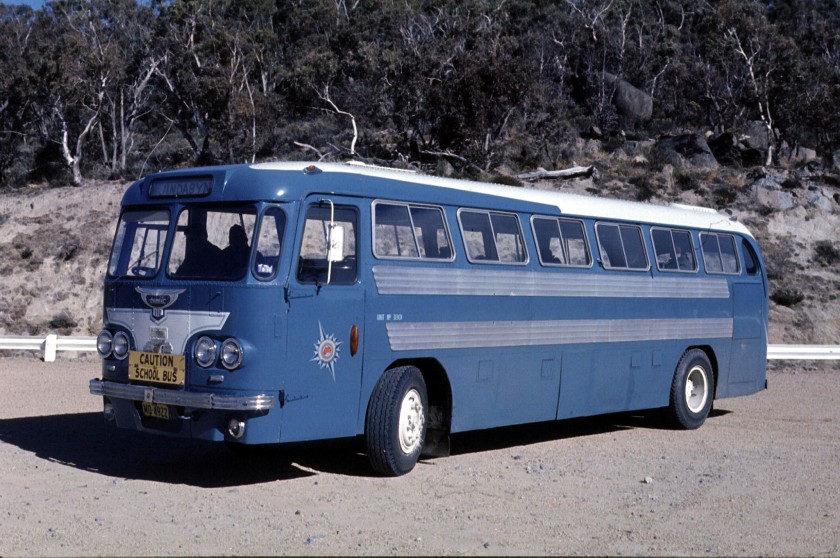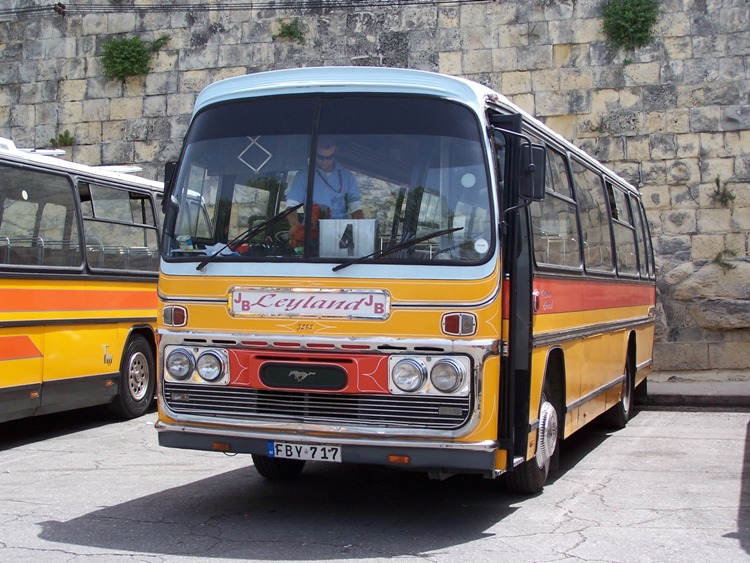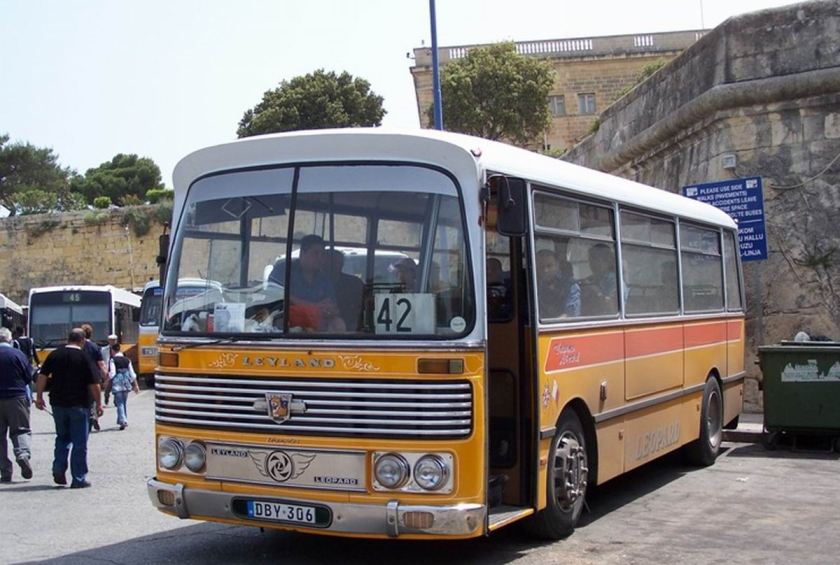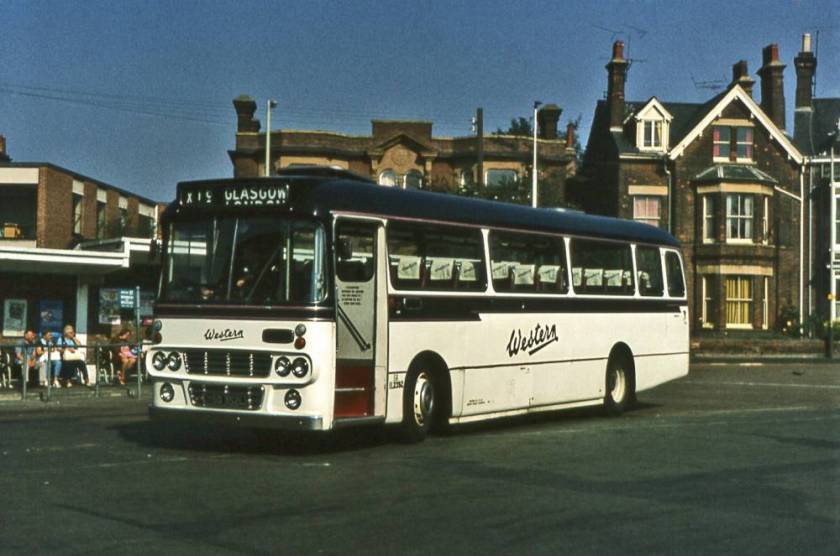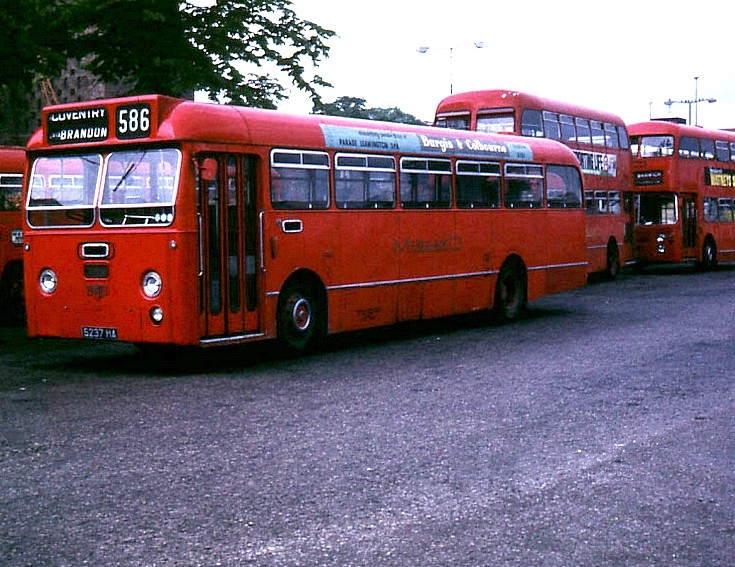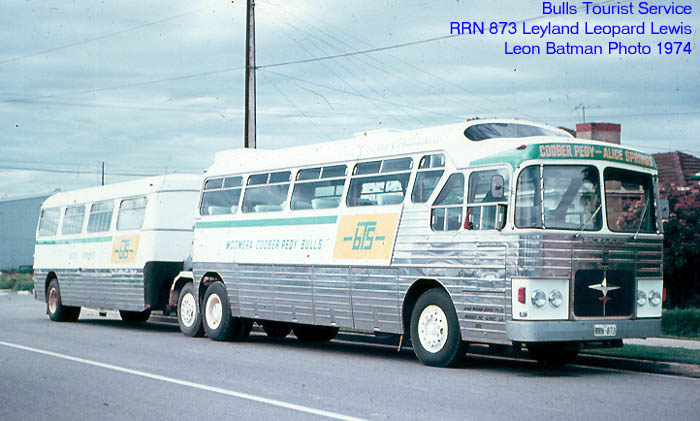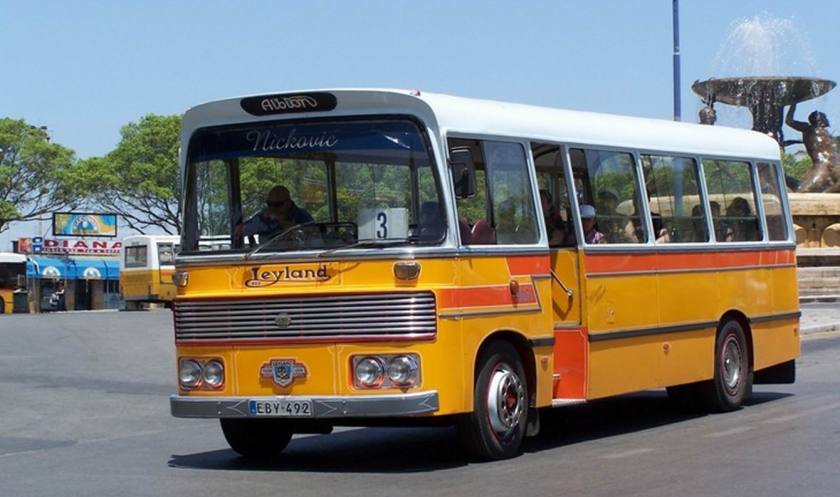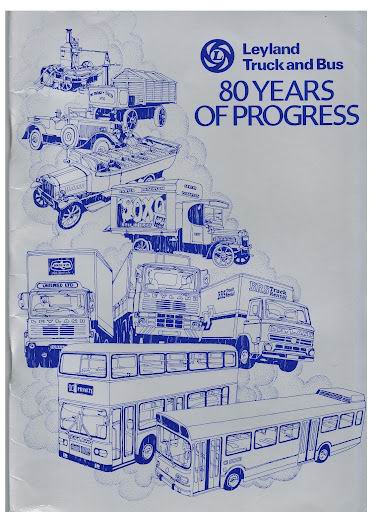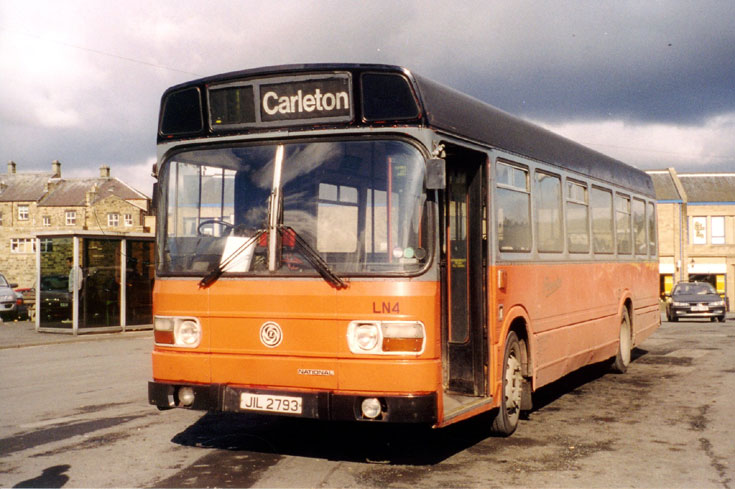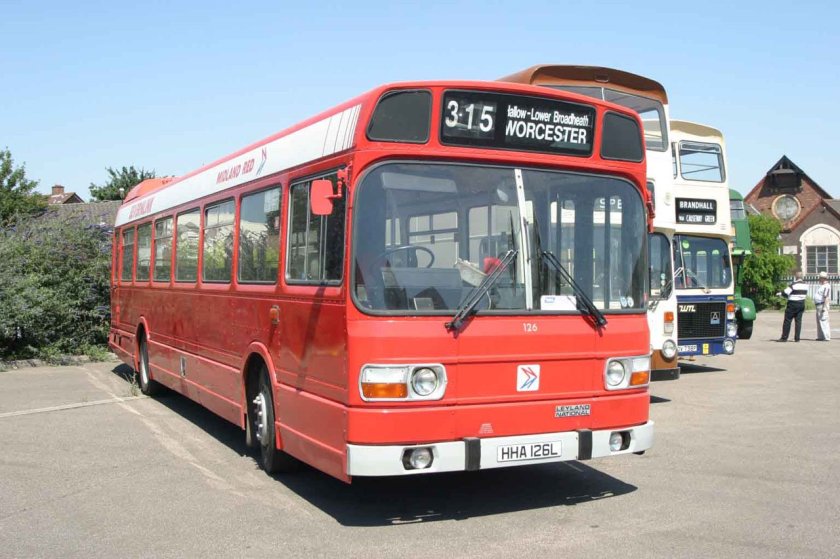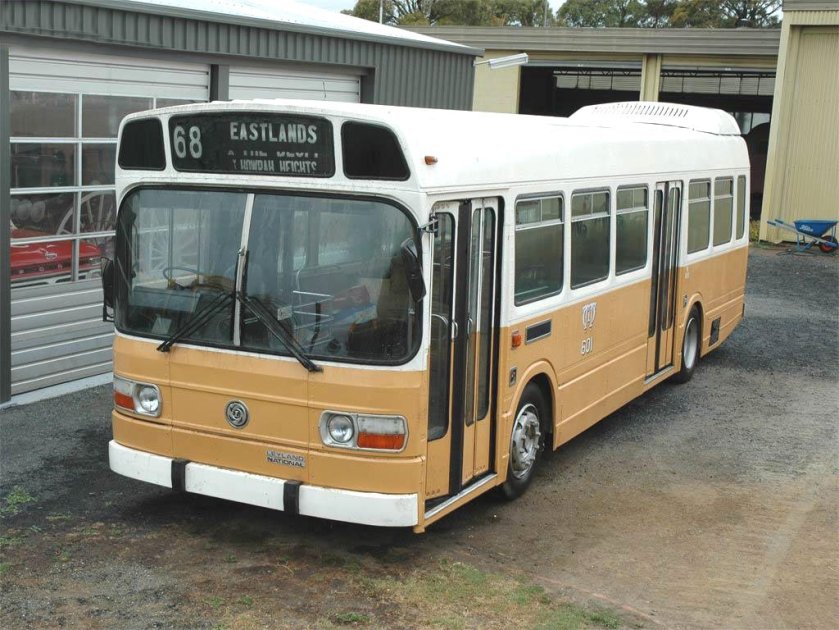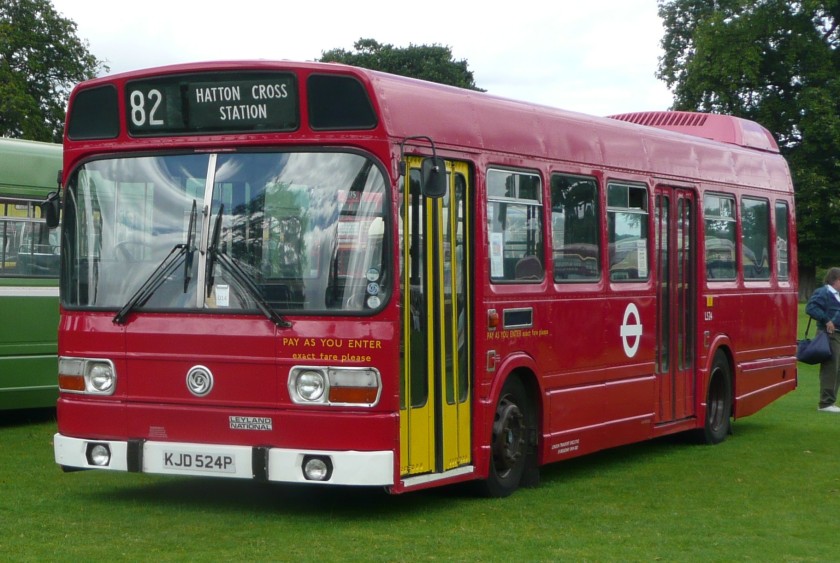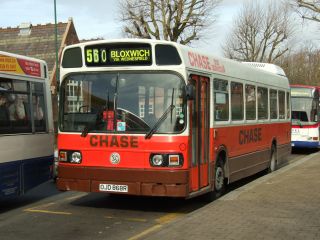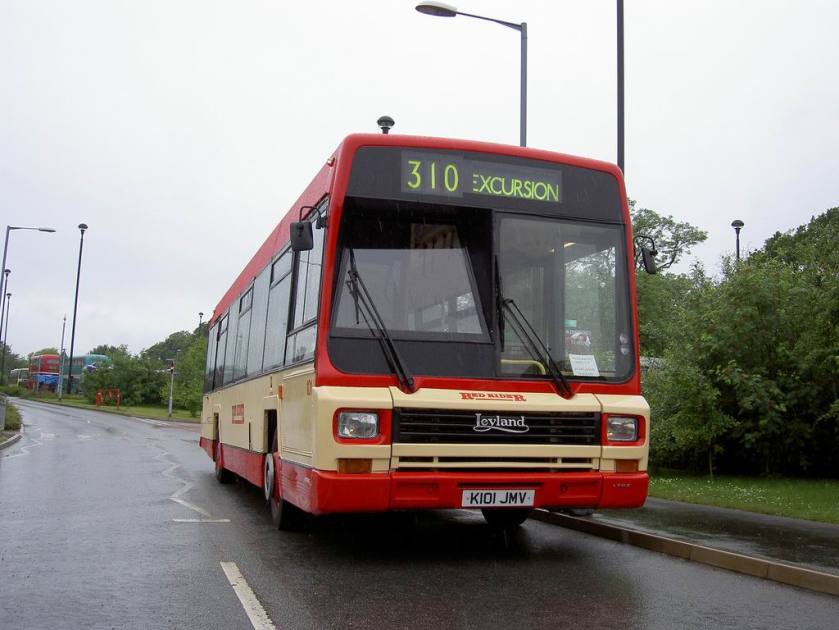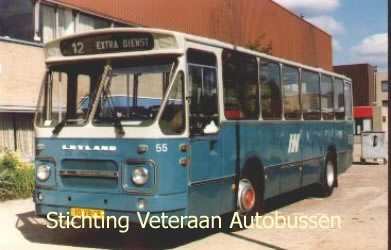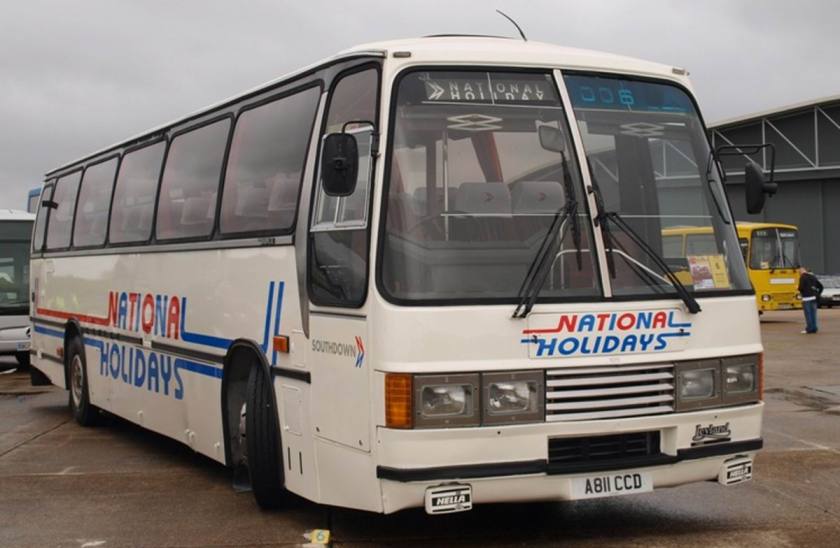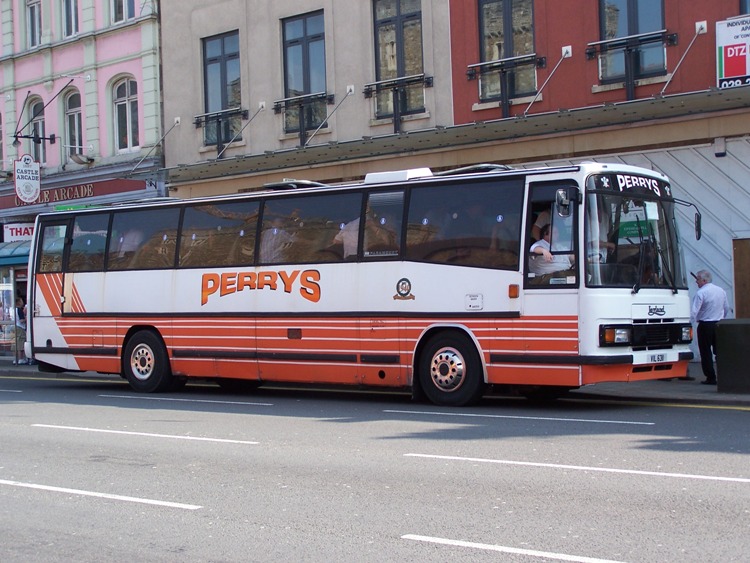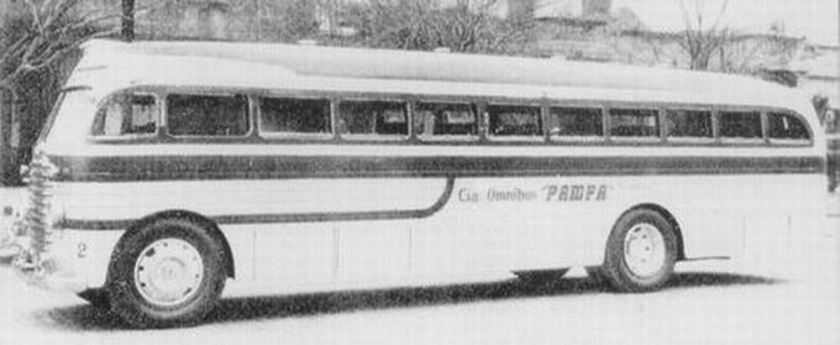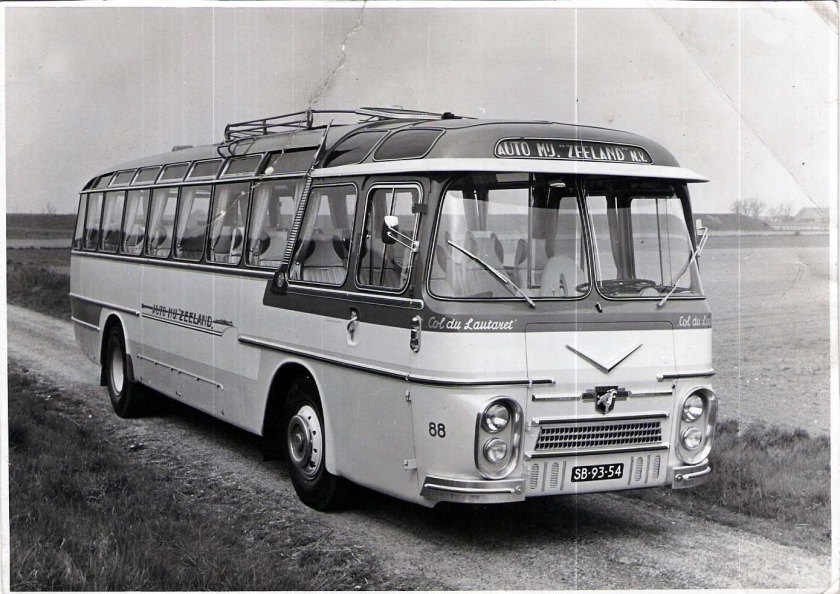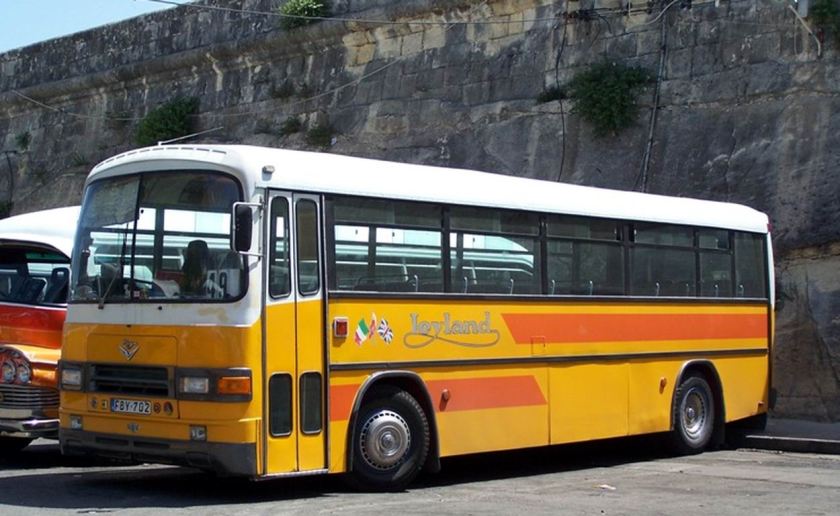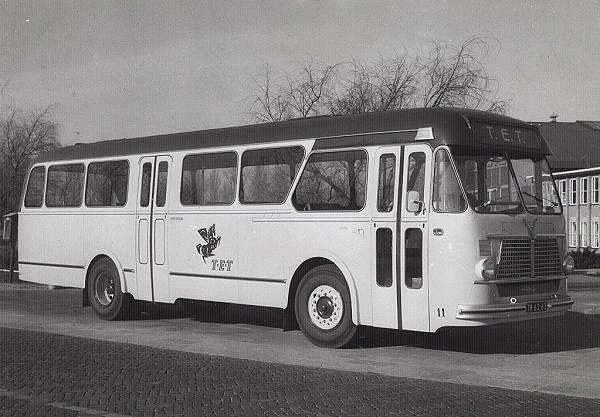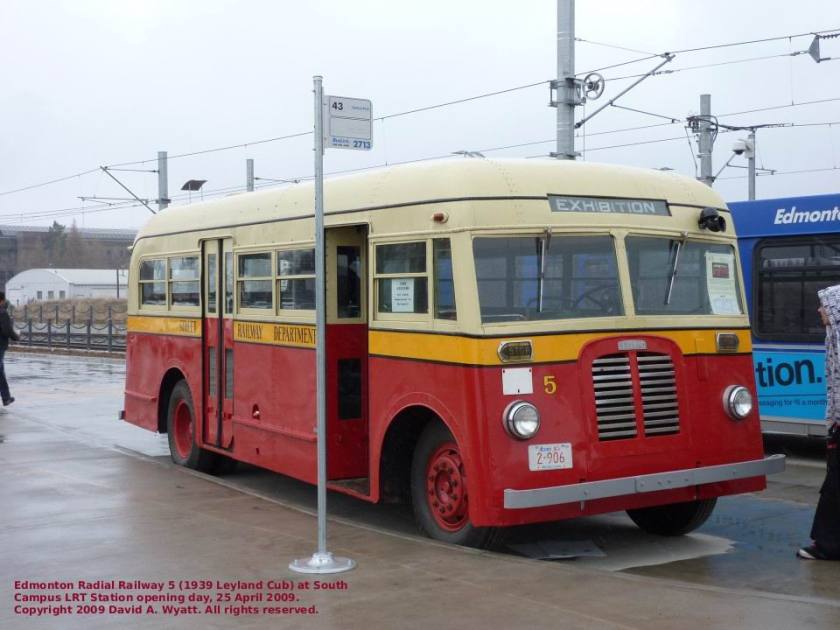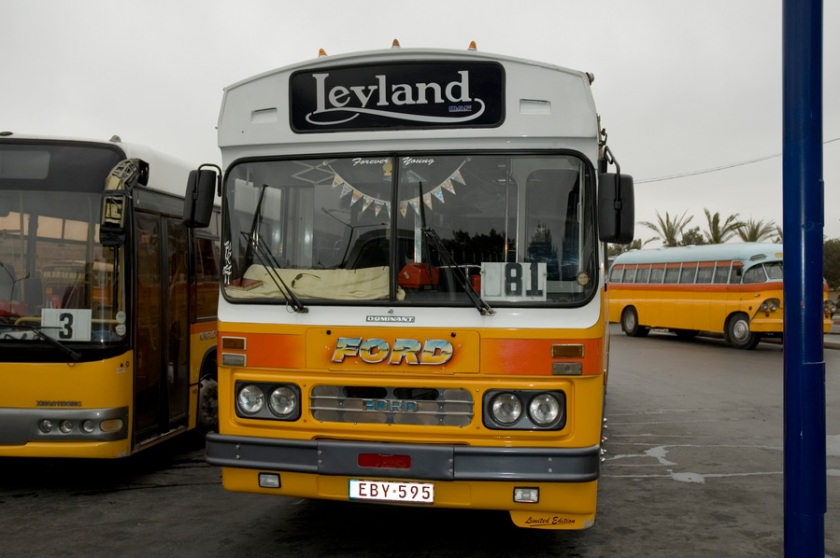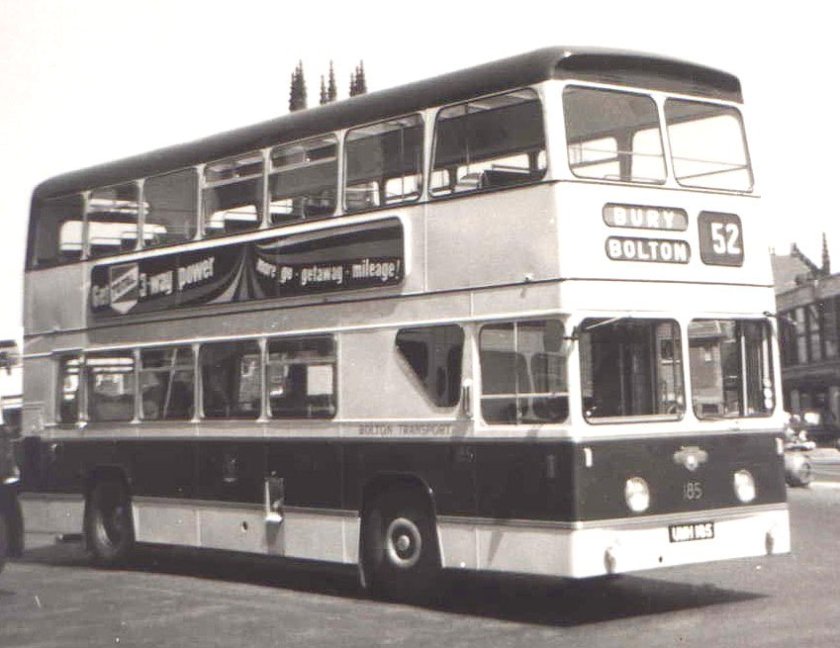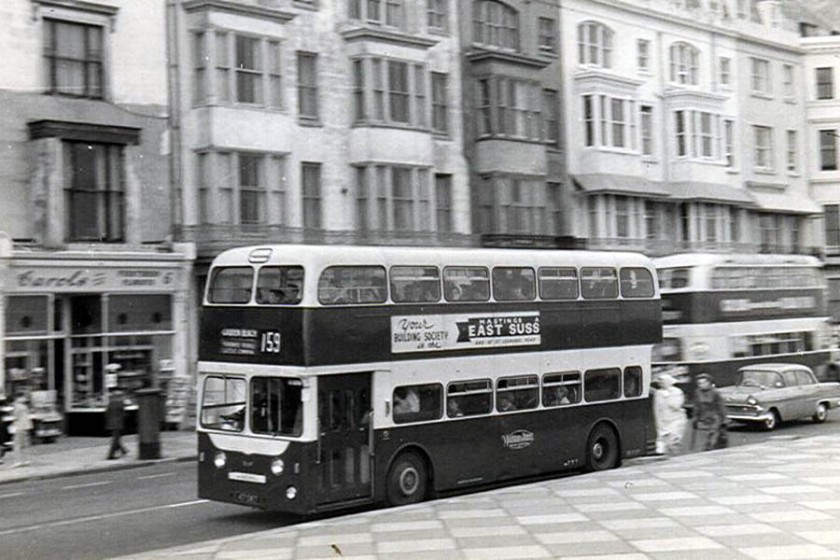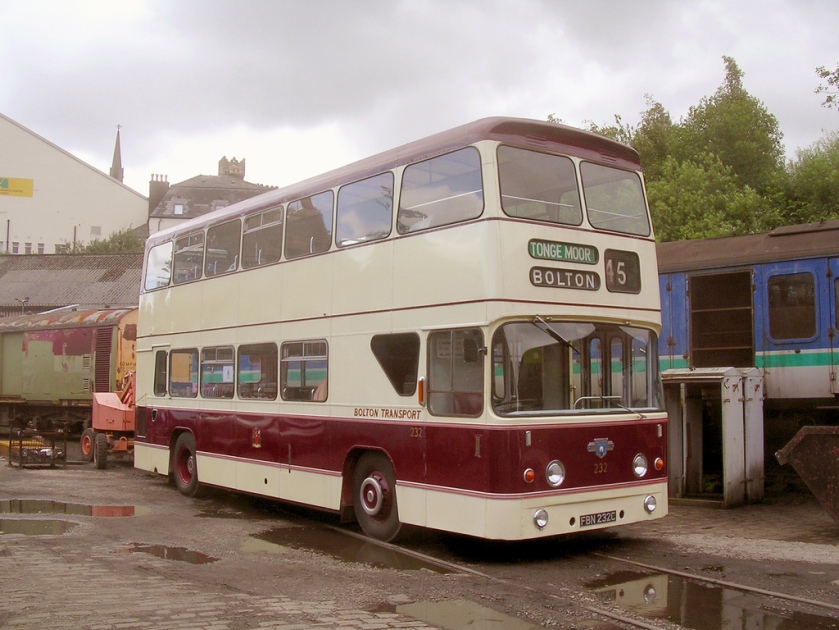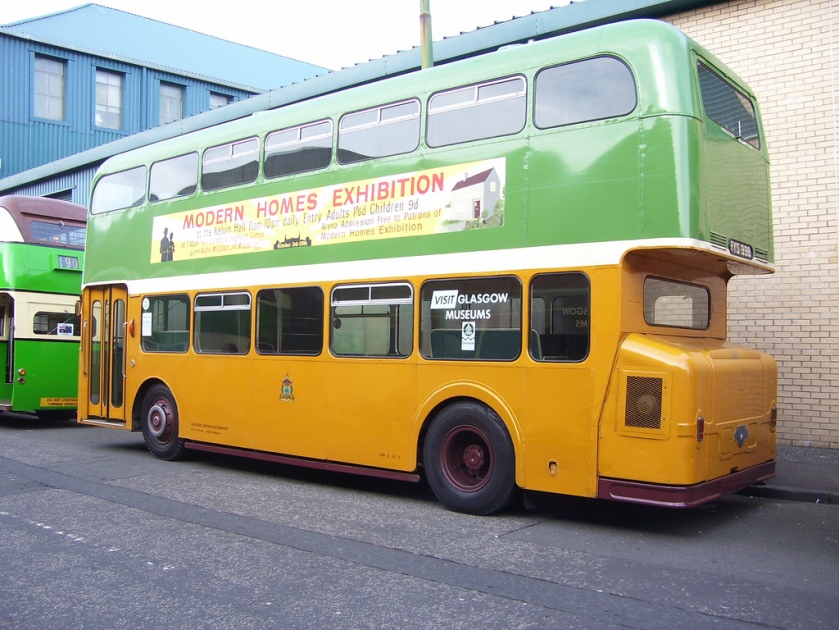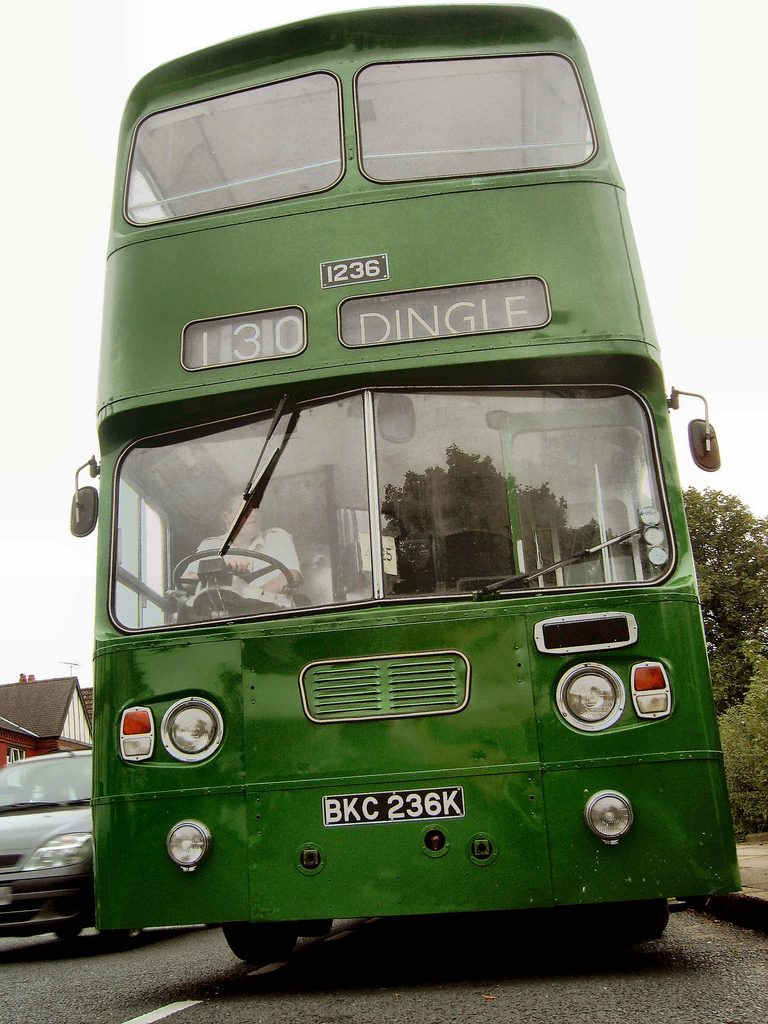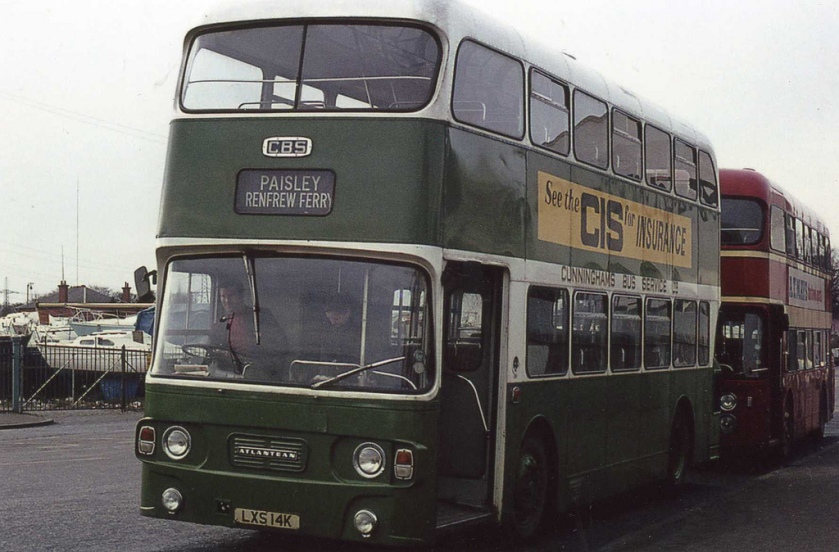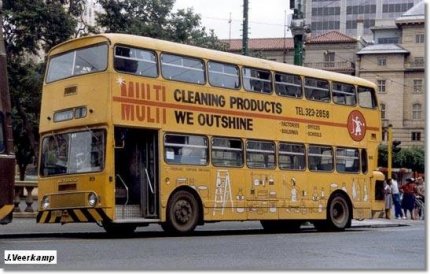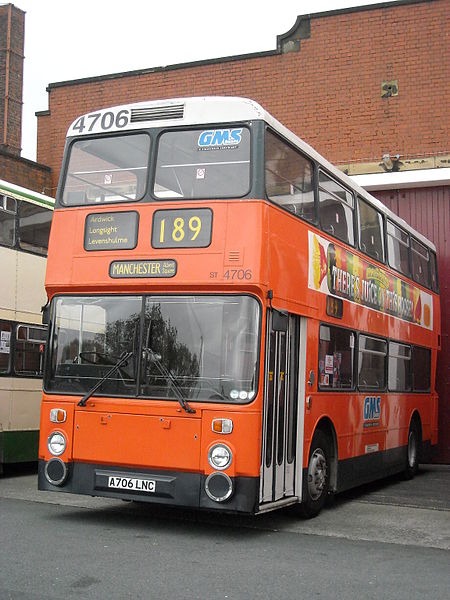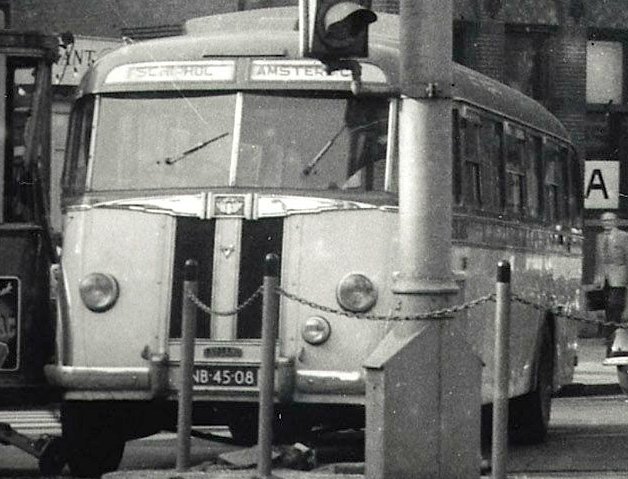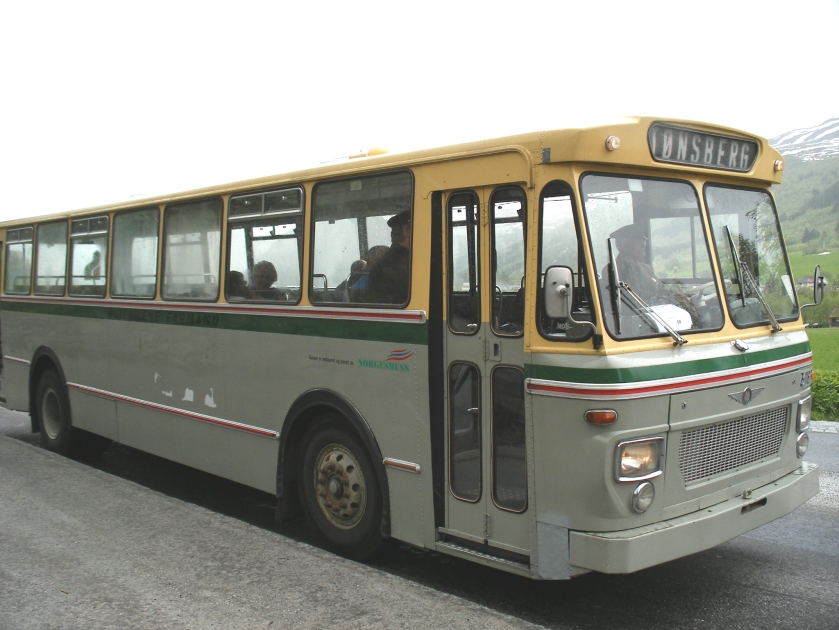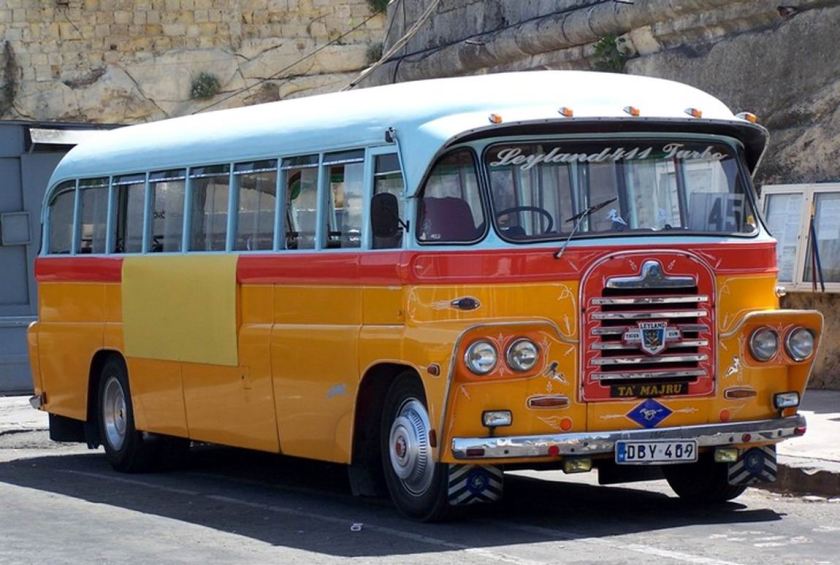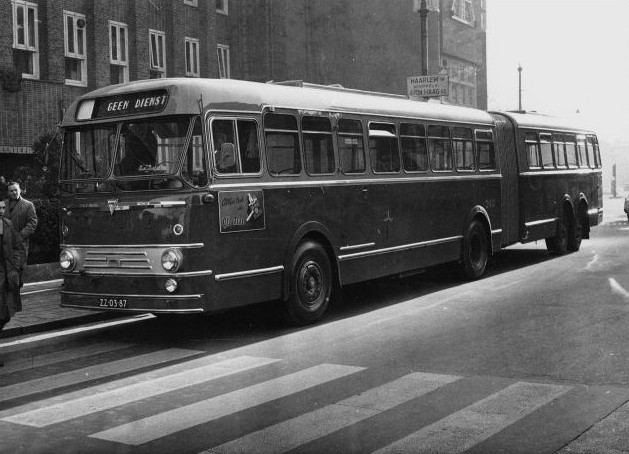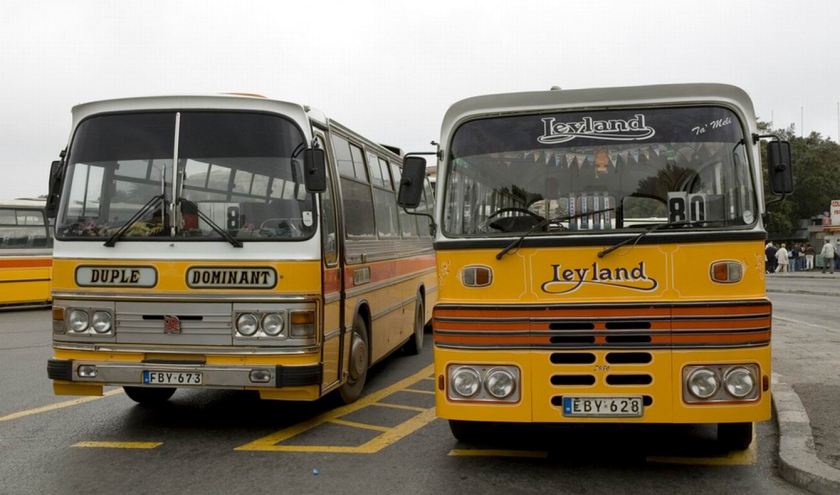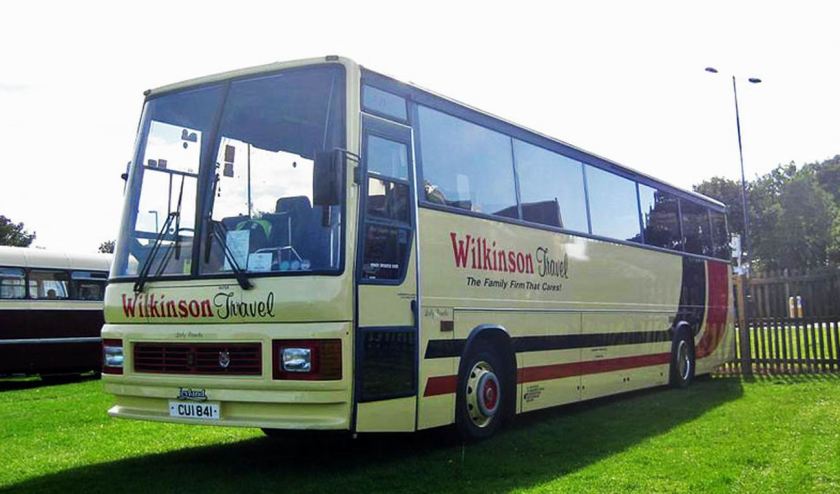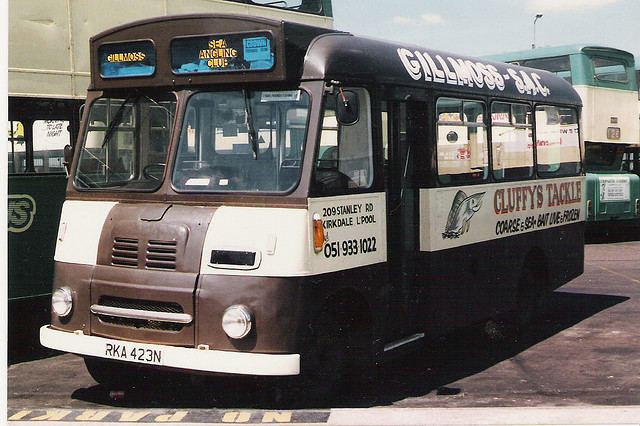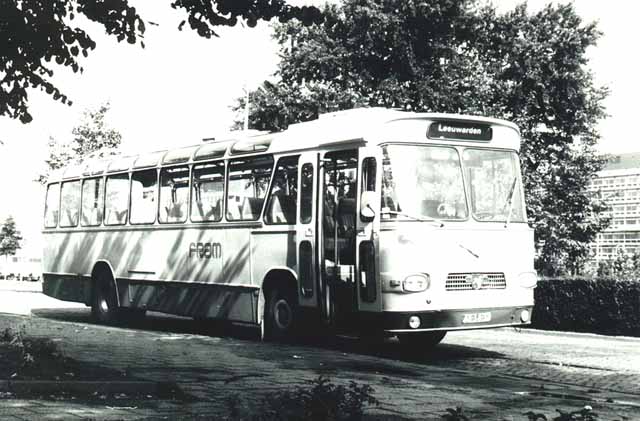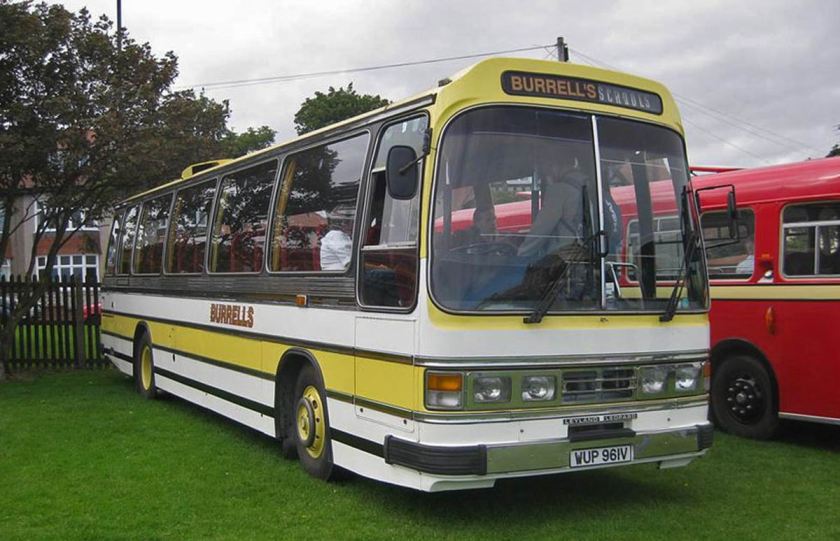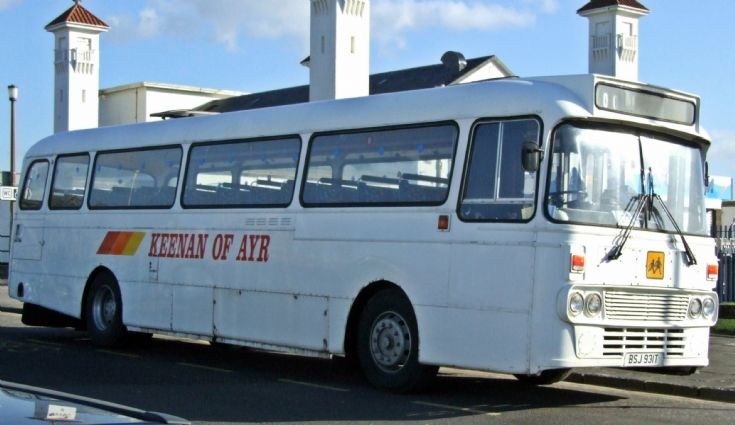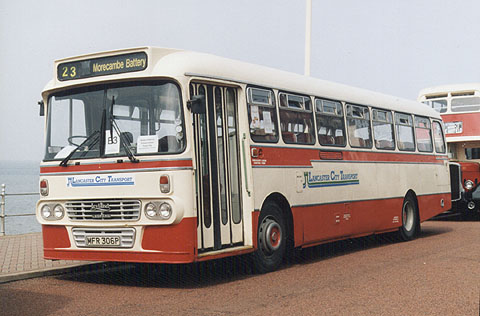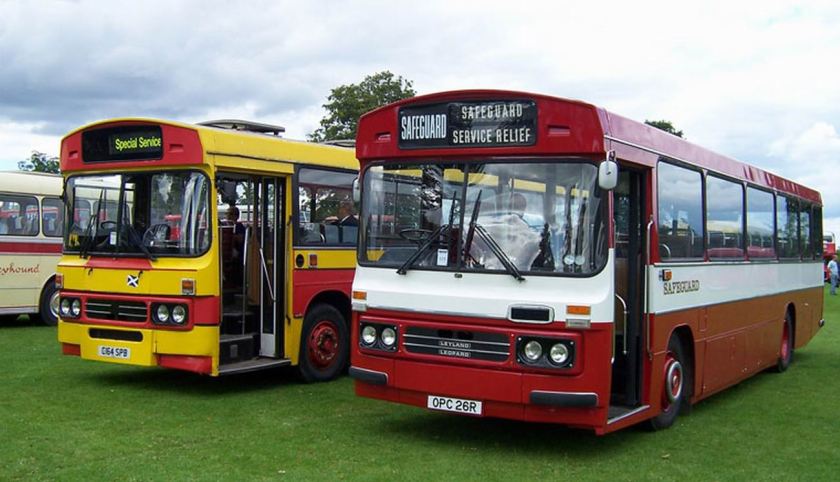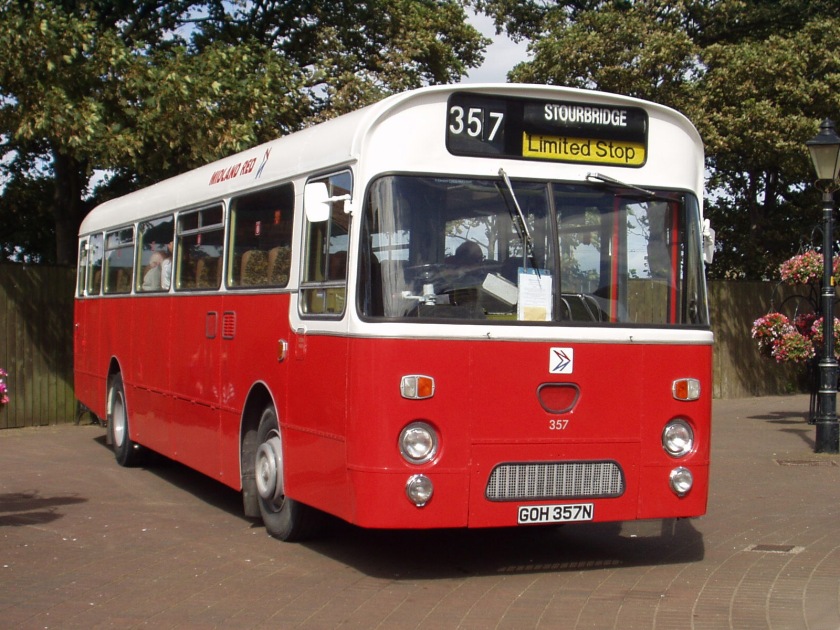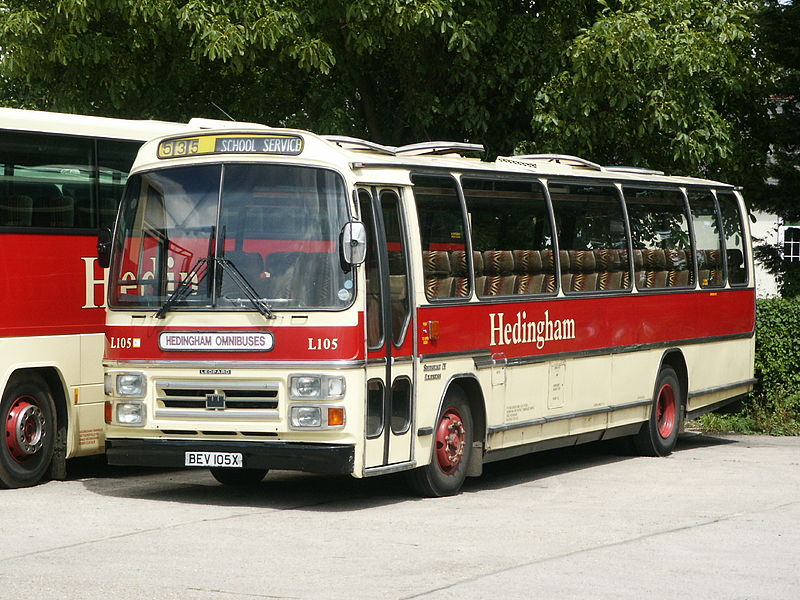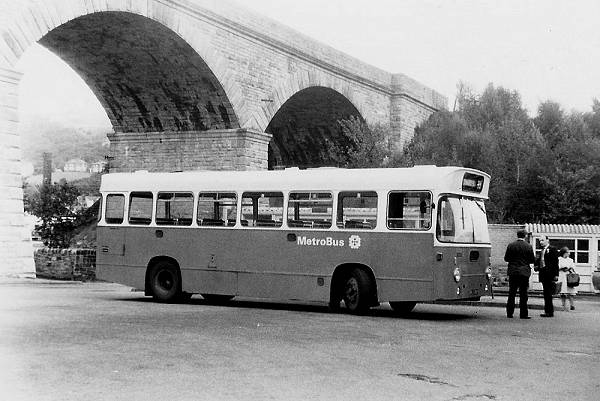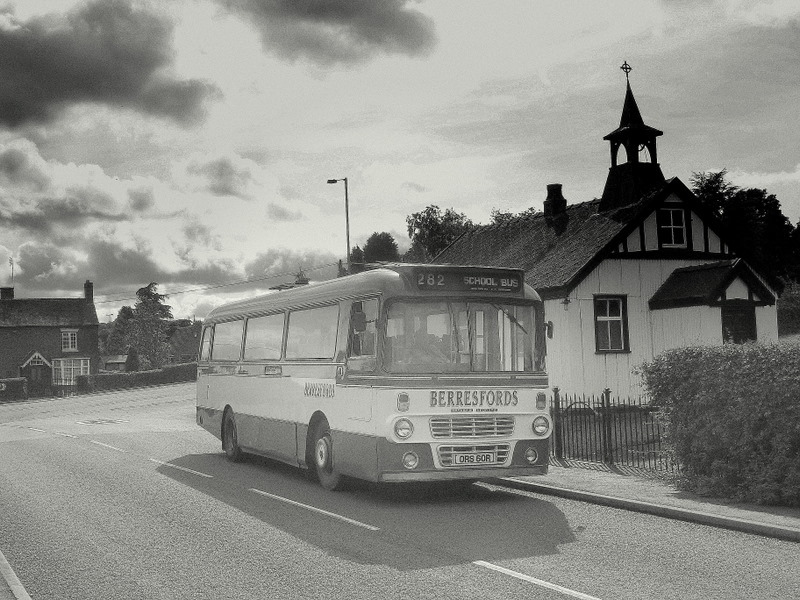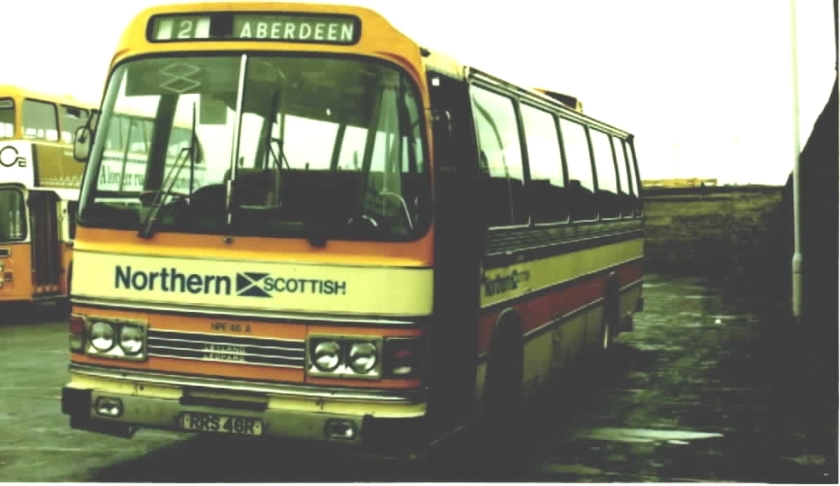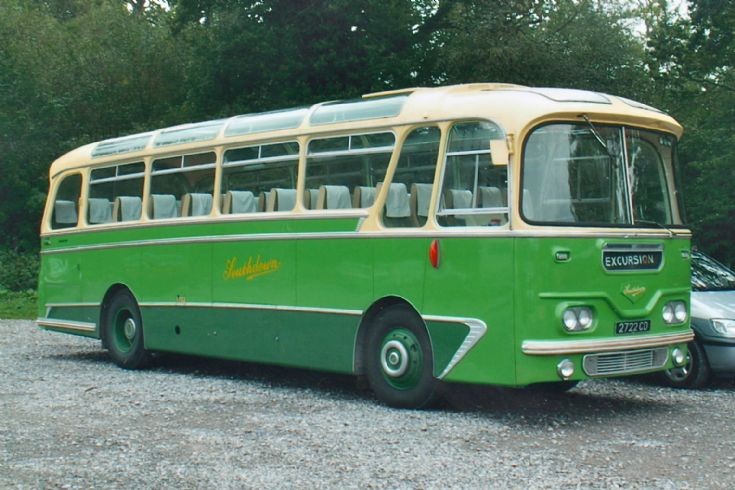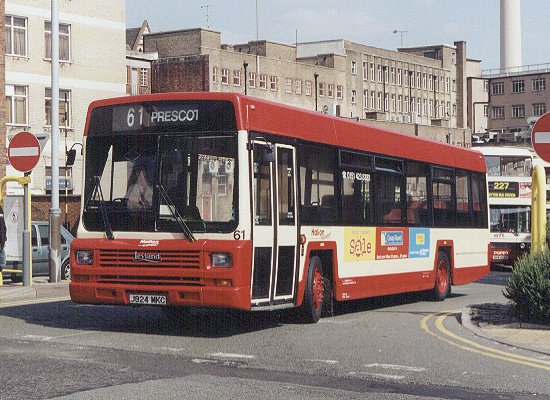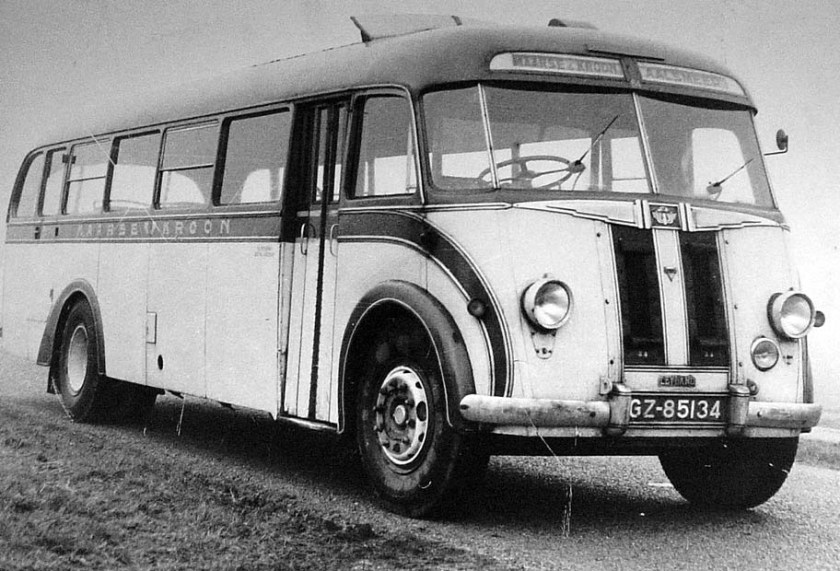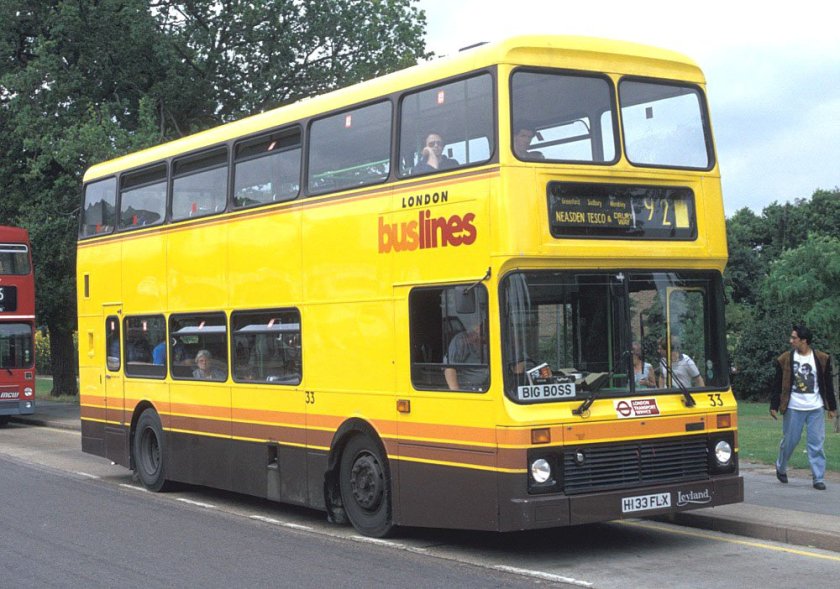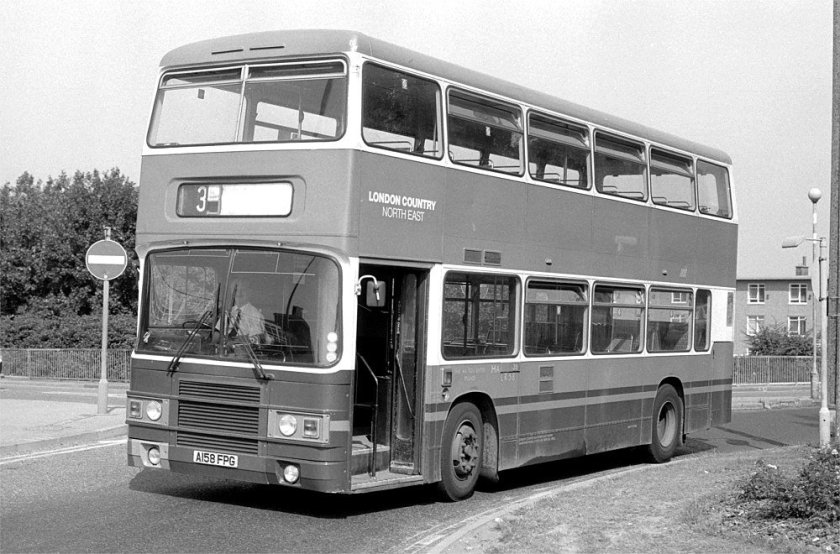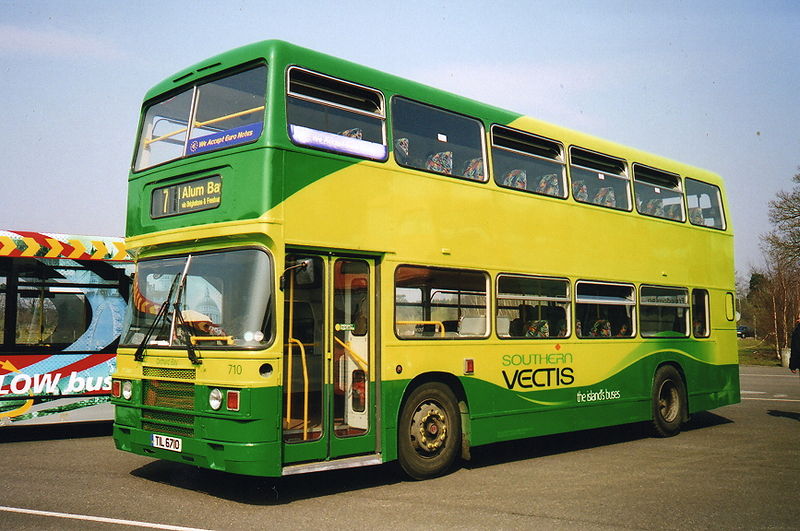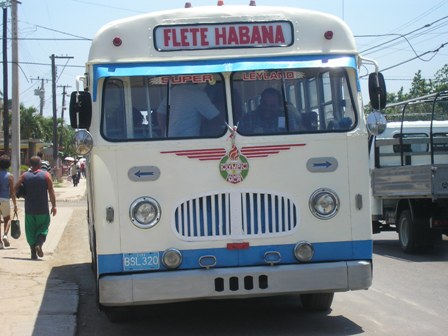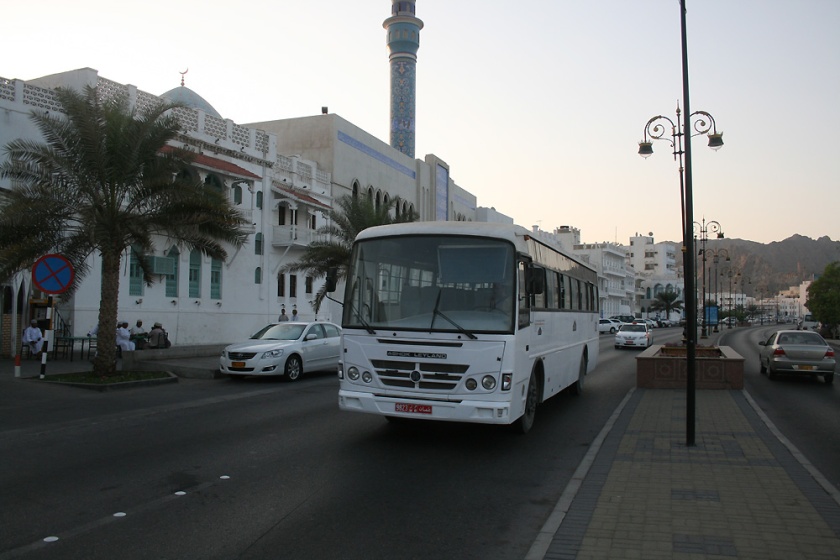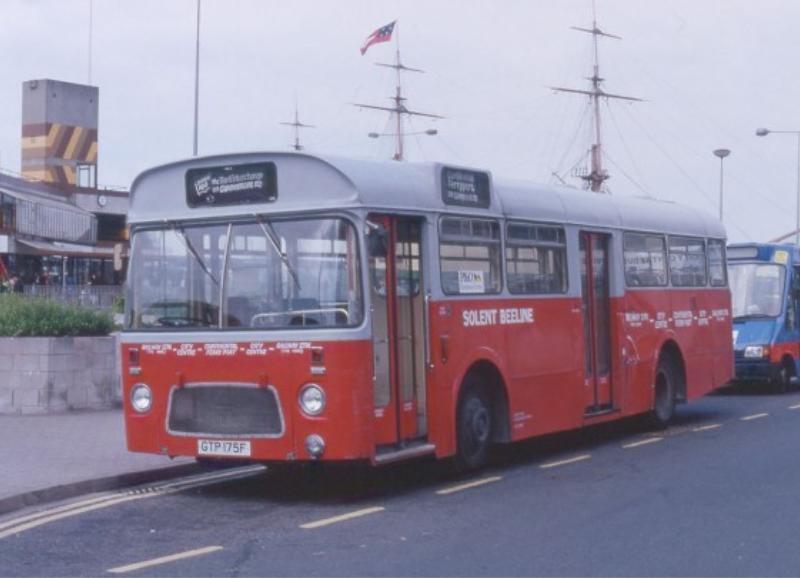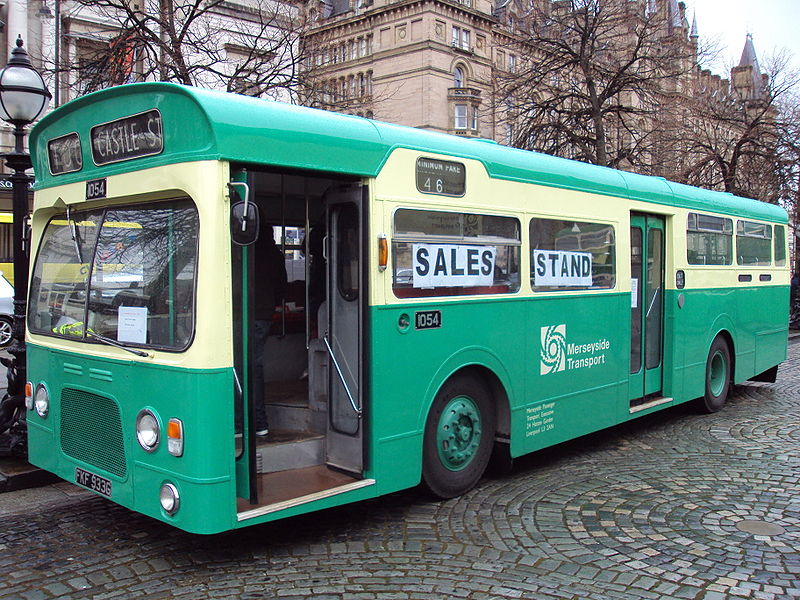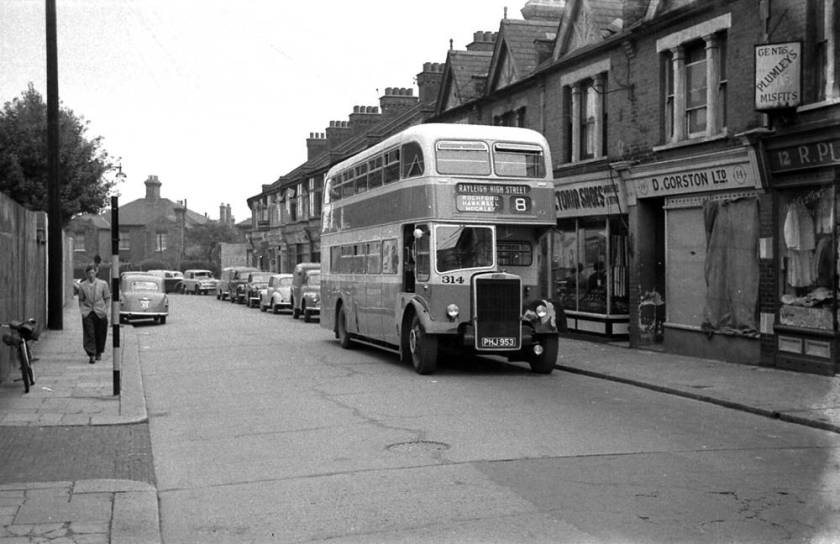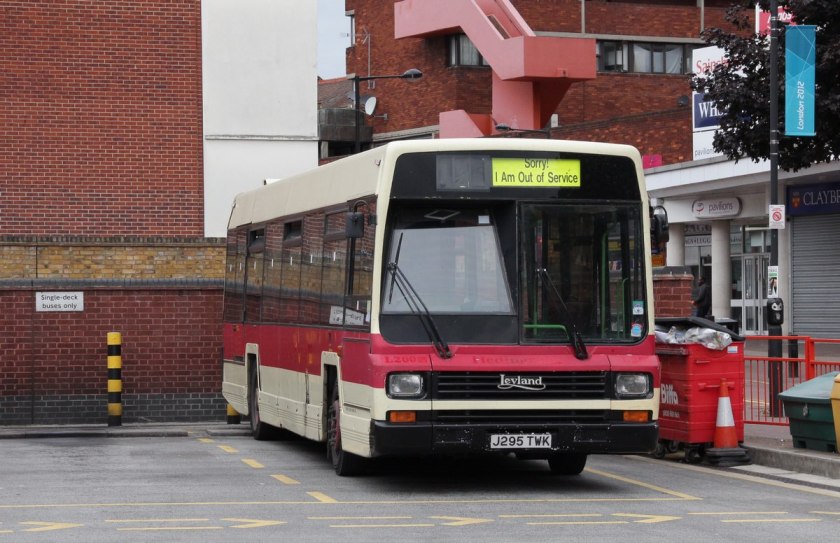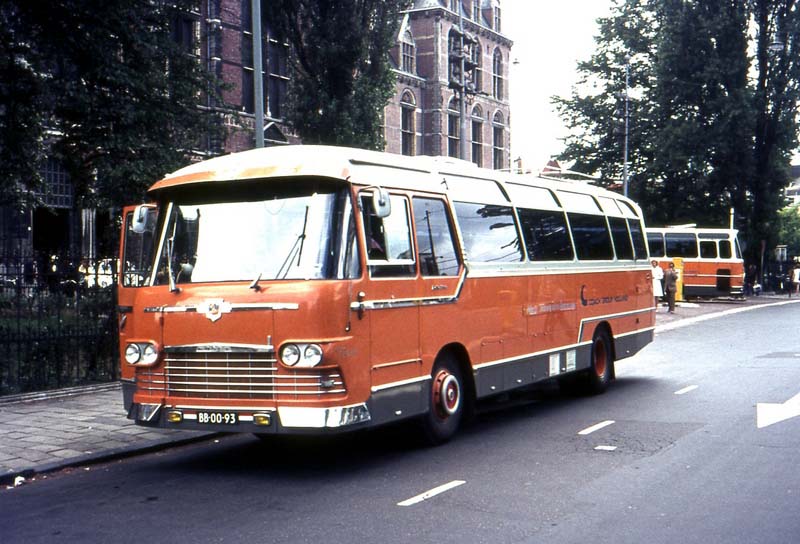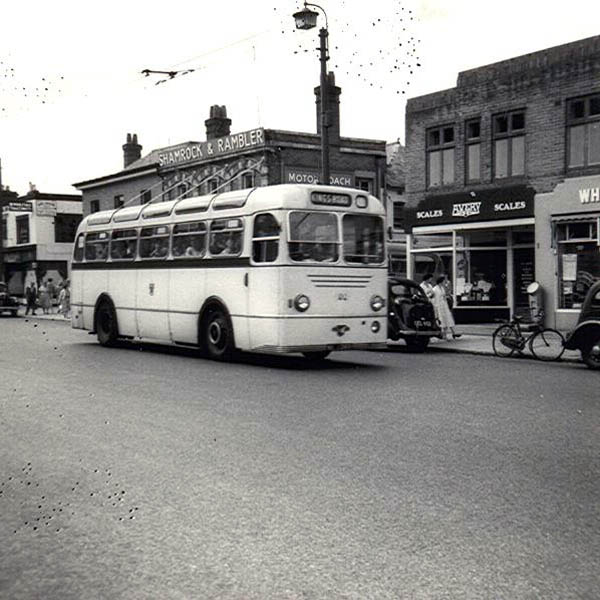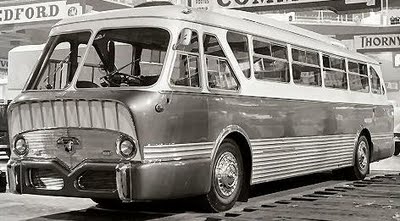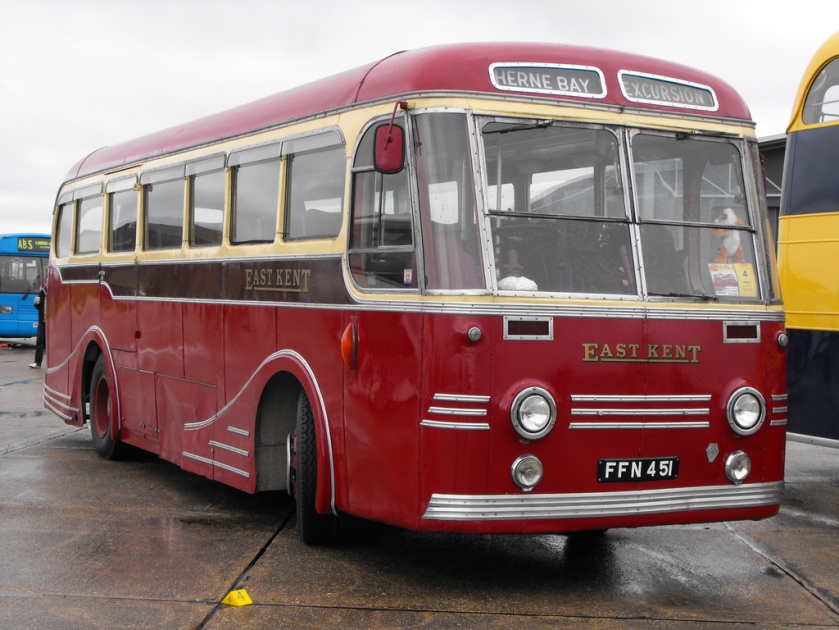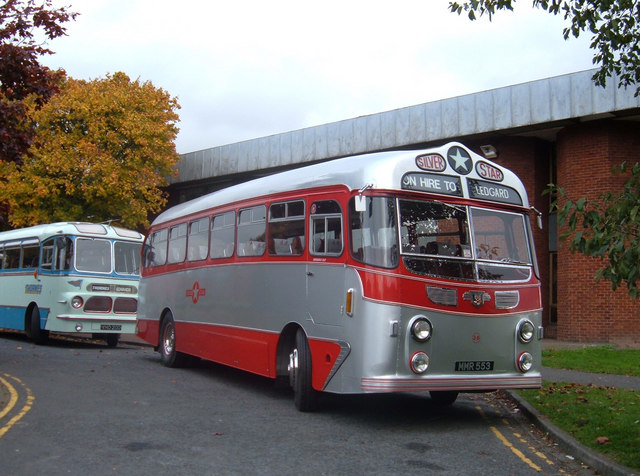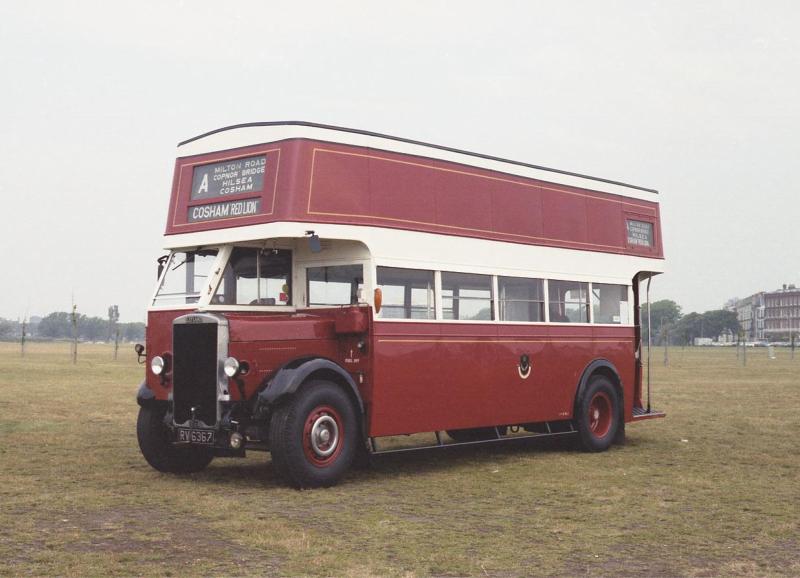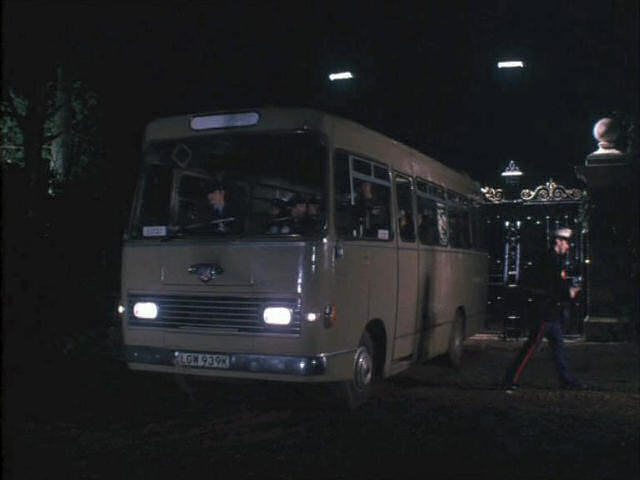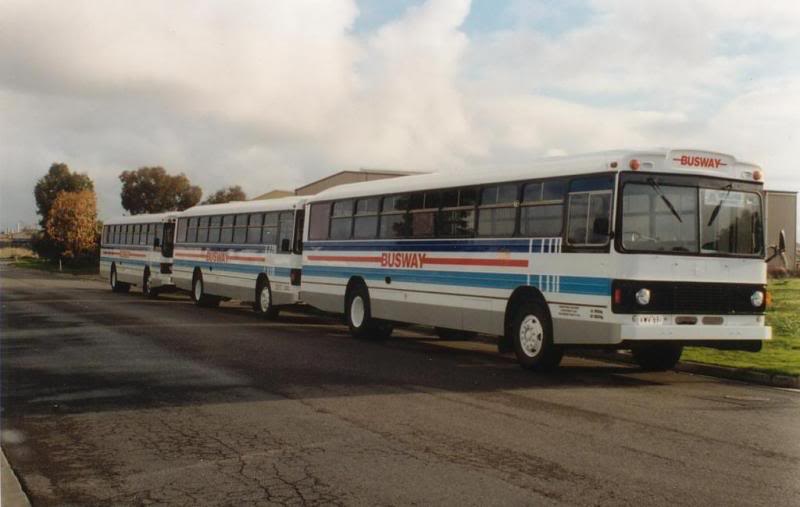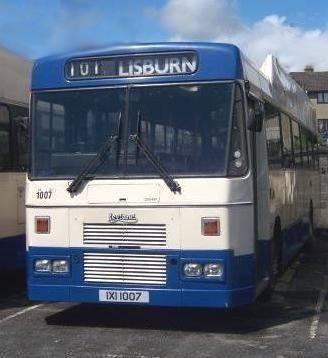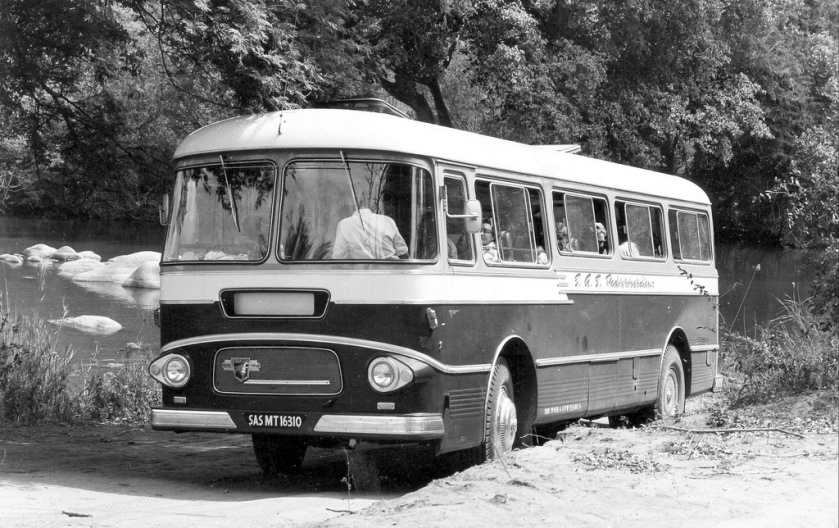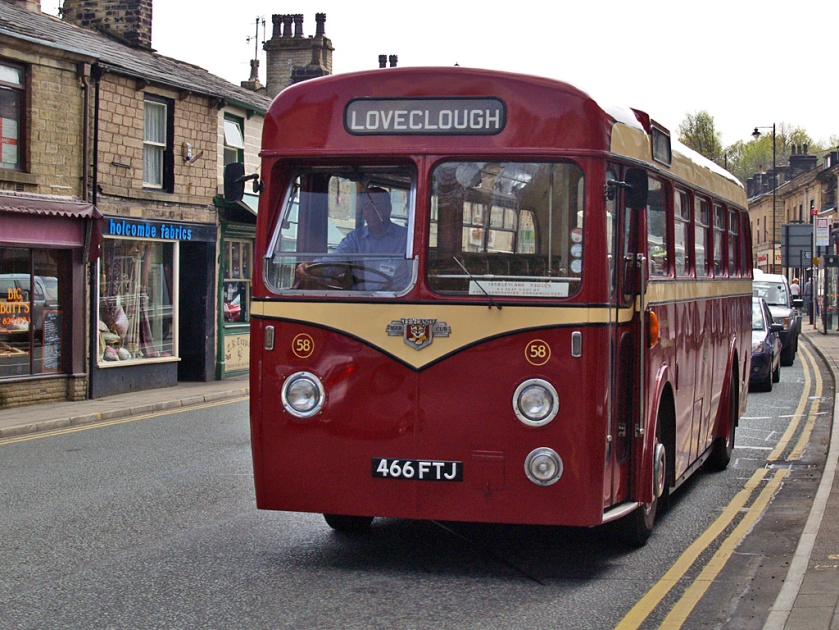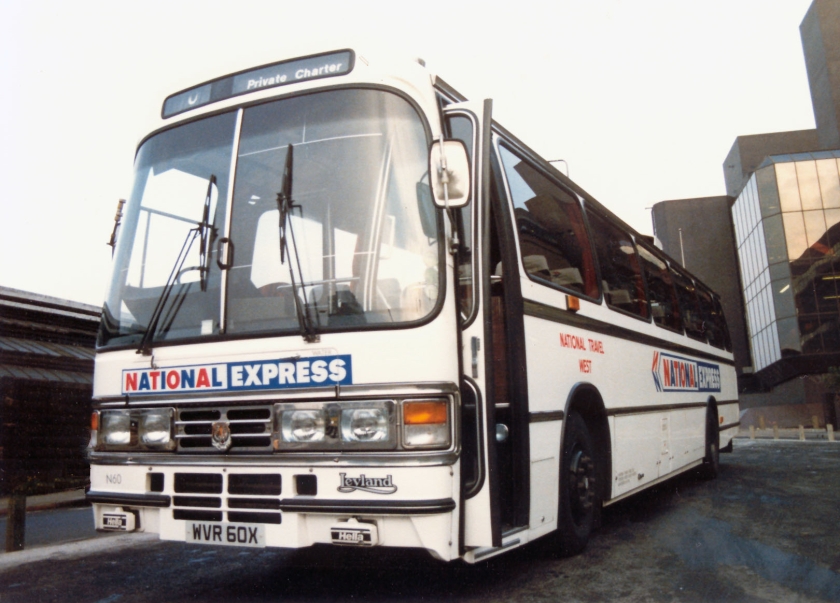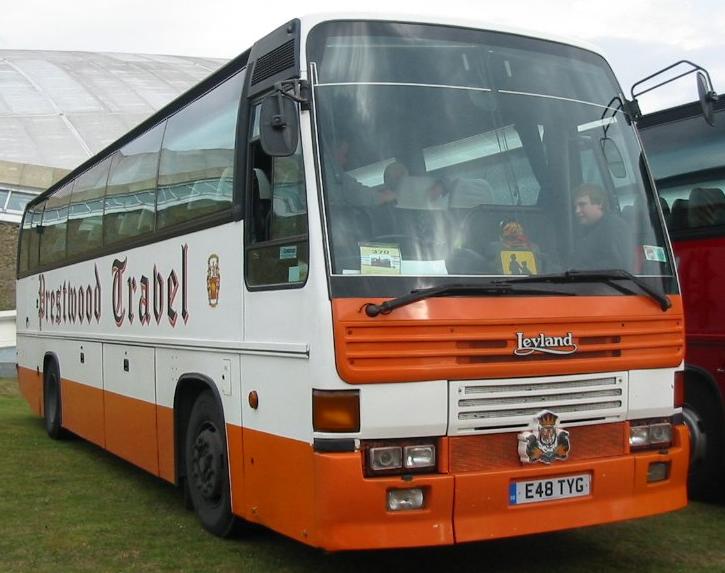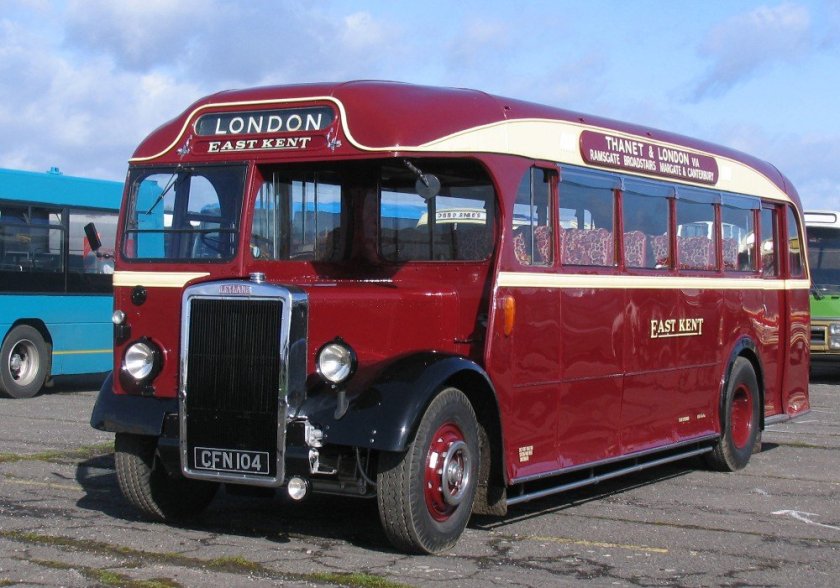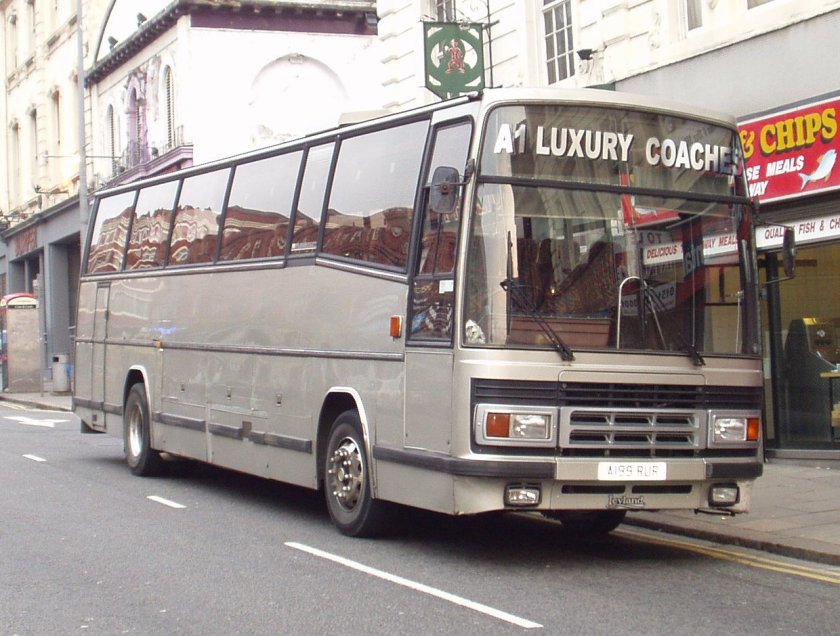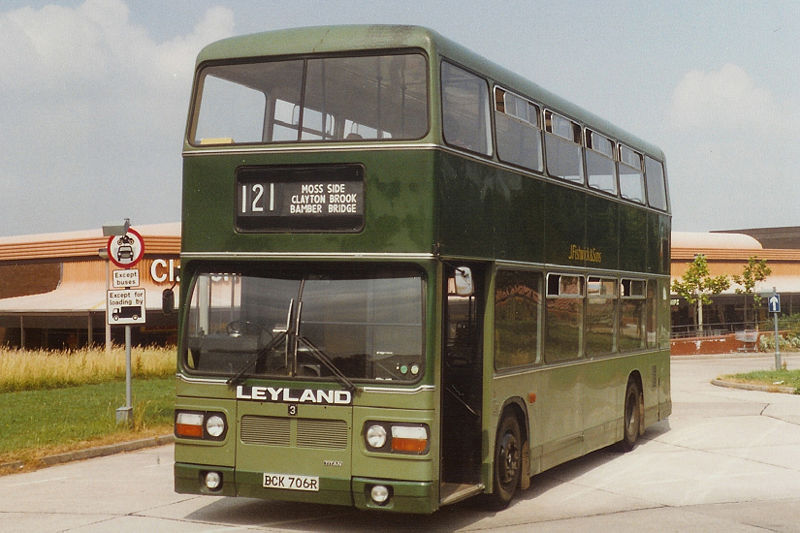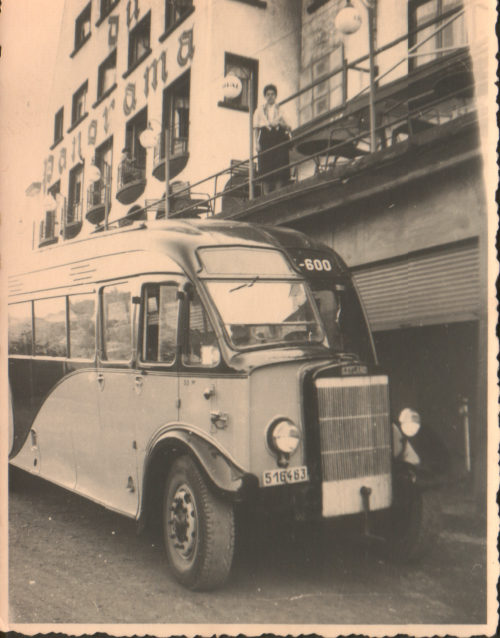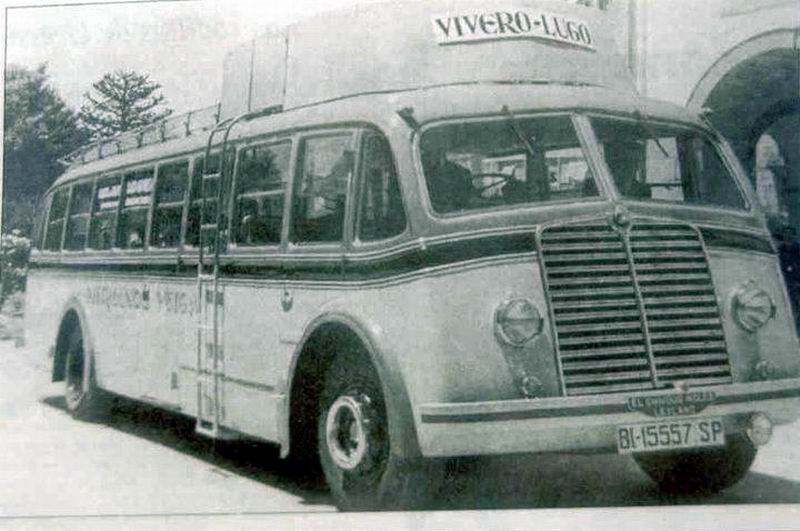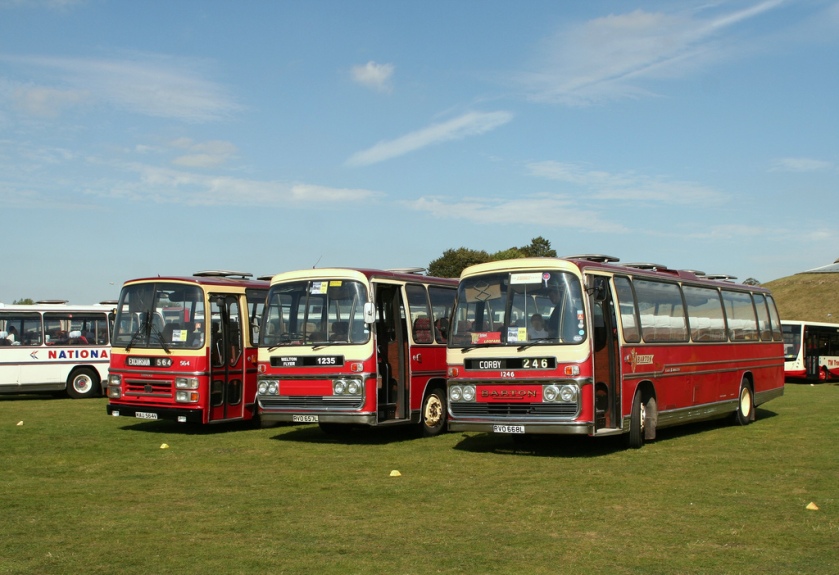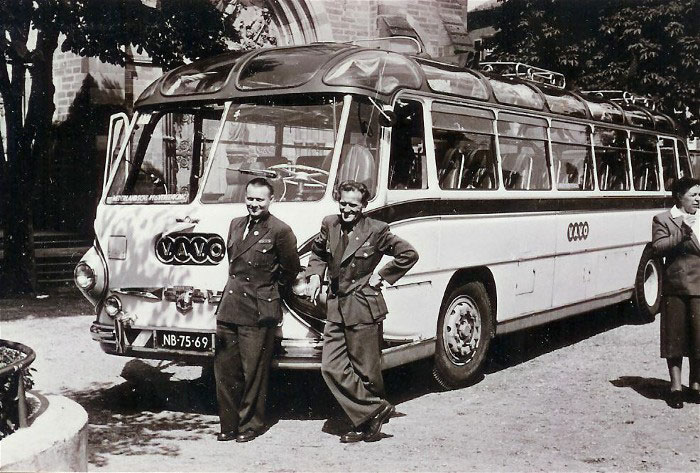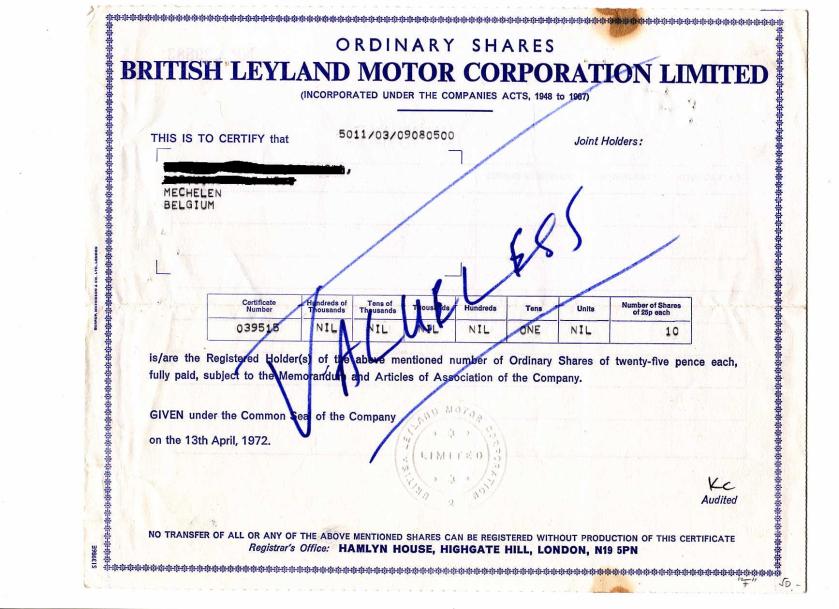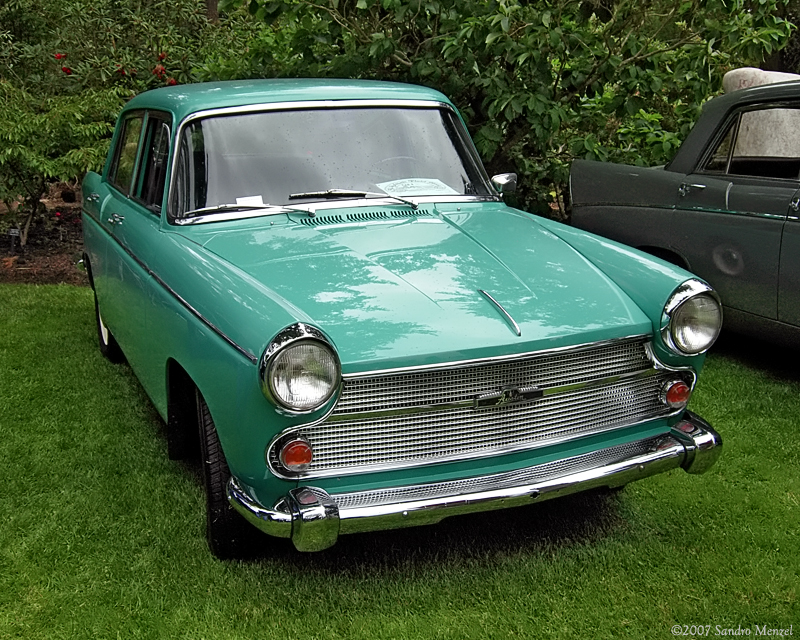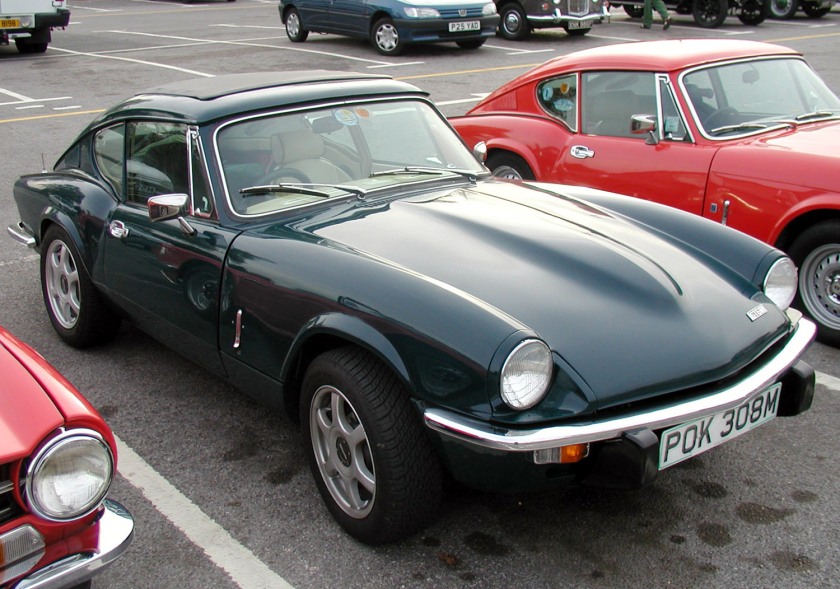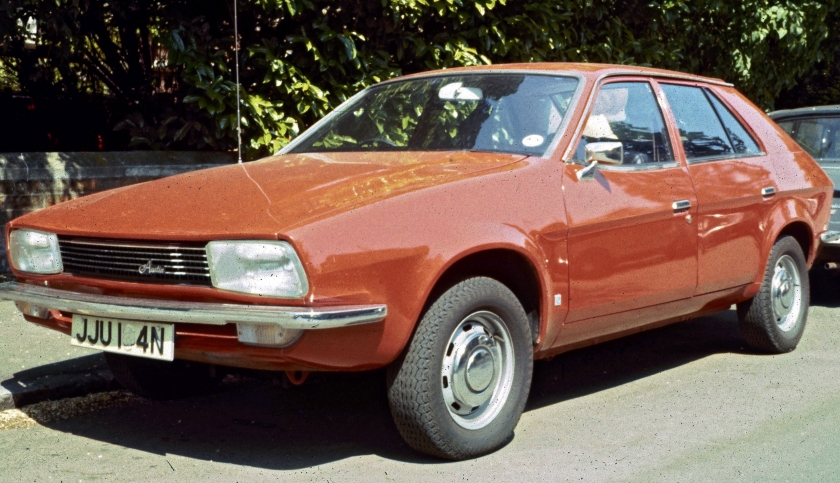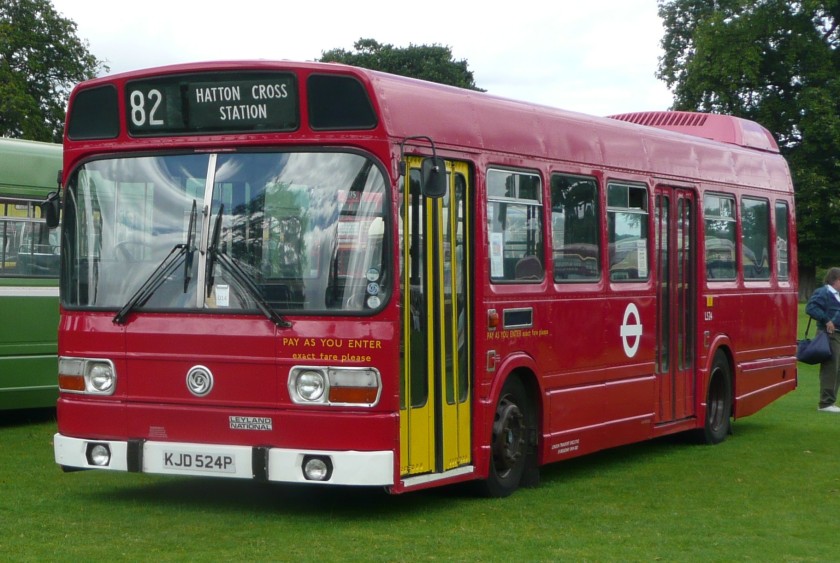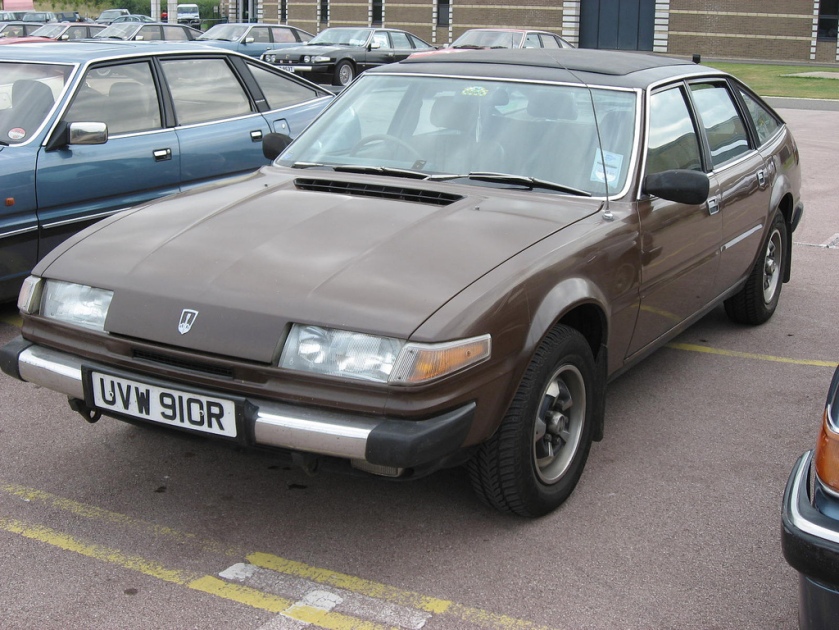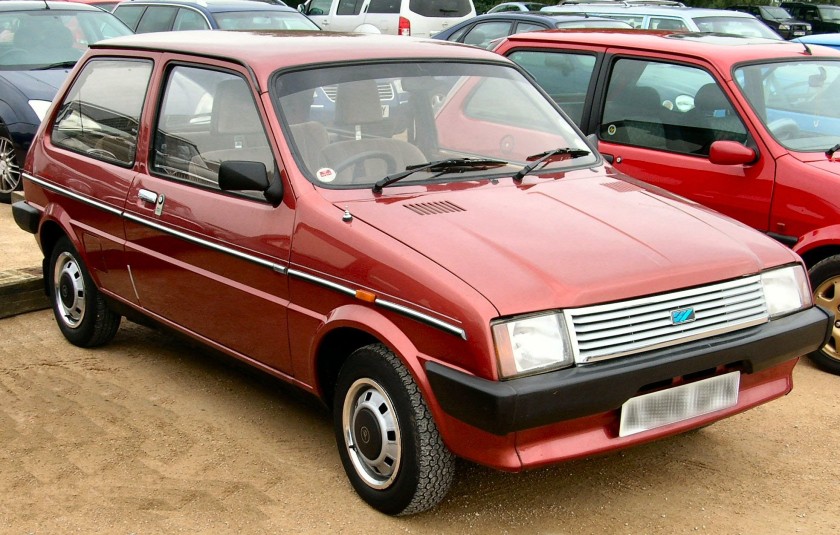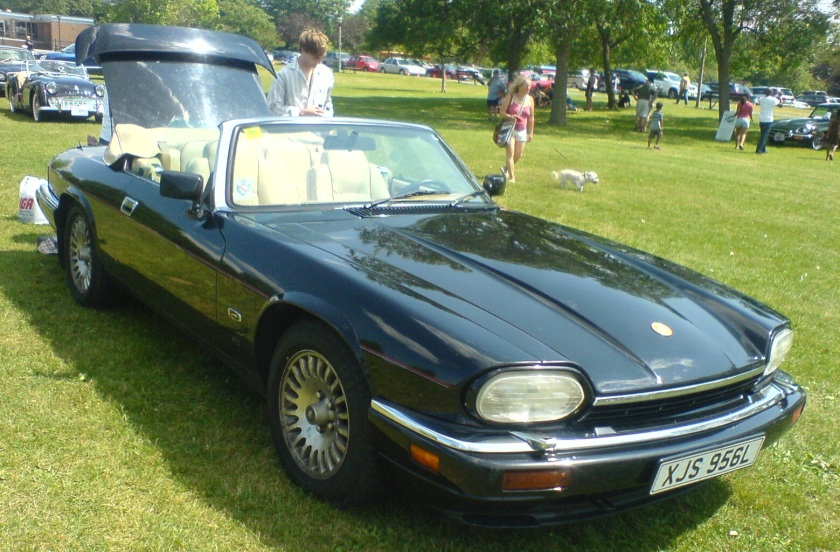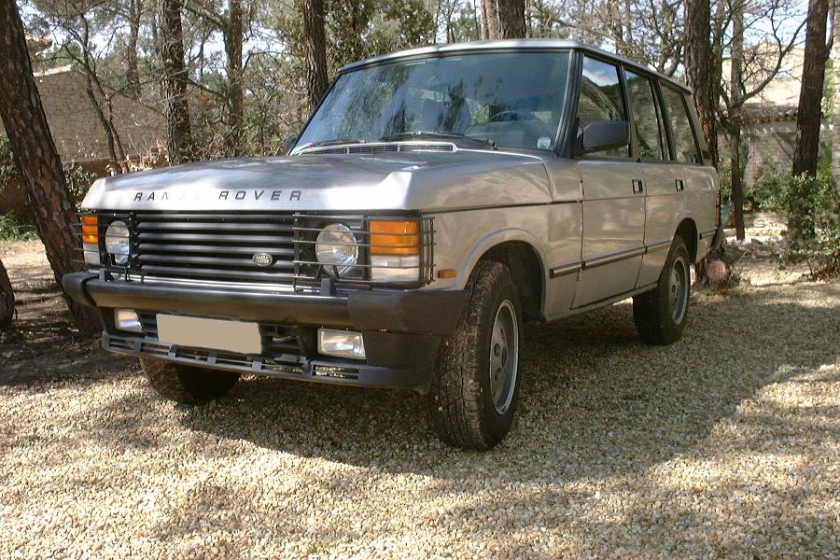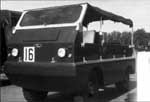British Leyland was a vehicle-manufacturing company formed in the United Kingdom in 1968 as British Leyland Motor Corporation Ltd(BLMC). It was partly nationalised in 1975, when the UK government created a holding company called British Leyland, later BL, in 1978. It incorporated much of the British-owned motor vehicle industry, and held 40 percent of the UK car market, with roots going back to 1895.
Despite containing profitable marques such as Jaguar, Rover and Land Rover, as well as the best-selling Mini, British Leyland had a troubled history. In 1986 it was renamed as the Rover Group, later to become MG Rover Group, which went into administration in 2005, bringing mass car production by British-owned manufacturers to an end. MG and the Austin, Morris and Wolseley marques became part of China’s SAIC, with whom MG Rover attempted to merge prior to administration.
History
BLMC was created in 1968 by the merger of British Motor Holdings (BMH) and Leyland Motor Corporation (LMC), encouraged by Tony Benn as chairman of the Industrial Reorganisation Committee created by the Wilson Government (1964–1970). At the time, LMC was a successful manufacturer, while BMH was perilously close to collapse. The Government was hopeful LMC’s expertise would revive the ailing BMH. The merger combined most of the remaining independent British car manufacturing companies and included car, bus and truck manufacturers and more diverse enterprises including construction equipment, refrigerators, metal casting companies, road surface manufacturers; in all, nearly 100 different companies. The new corporation was arranged into seven divisions under its new chairman, Sir Donald Stokes (formerly the chairman of LMC).
While BMH was the UK’s largest car manufacturer (producing over twice as many cars as LMC), it offered a range of dated vehicles, including the Morris Minor which was introduced in 1948 and the Austin Cambridgeand Morris Oxford, which dated back to 1959. After the merger, Lord Stokes was horrified to find that BMH had no plans to replace these elderly designs. Also, BMH’s design efforts immediately prior to the merger had focused on unfortunate niche market models such as the Austin Maxi (which was underdeveloped and with an appearance hampered by using the doors from the larger Austin 1800) and the Austin 3 litre, a car with no discernible place in the market.
BMH had produced several successful cars, such as the Mini and the Austin/Morris 1100/1300 range (which at the time was the UK’s biggest selling car). While these cars had been advanced at the time of their introduction, the Mini was not highly profitable and the 1100/1300 was facing more modern competition.
The lack of attention to development of new mass-market models meant that BMH had nothing in the way of new models in the pipeline to compete effectively with popular rivals such as Ford’s Escort and Cortina.
Immediately, Lord Stokes instigated plans to design and introduce new models quickly. The first result of this crash program was the Morris Marina in early 1971. It used parts from various BL models with new bodywork to produce BL’s mass-market competitor. It was one of the strongest-selling cars in Britain during the 1970s, although by the end of production in 1980 it was widely regarded as a dismal product that had damaged the company’s reputation. The Austin Allegro (replacement for the 1100/1300 ranges), launched in 1973, earned a similarly unwanted reputation over its 10-year production life.
The company became an infamous monument to the industrial turmoil that plagued Britain in the 1970s. Frequent industrial action instigated by militantshop stewards frequently brought BL’s manufacturing capability to its knees. Despite the duplication of production facilities as a result of the merger, there were multiple single points of failure in the company’s production network which meant that a strike in a single plant could stop many of the others. Dealers, starved of stock found their customers defecting to contemporary products from Ford, Vauxhall, and the burgeoning Japaneseimports.
At its peak, BLMC owned almost 40 manufacturing plants across the country. Even before the merger BMH had included theoretically competing marques that were in fact selling substantially similar “badge engineered” cars. To this was added the competition from yet more, previously LMC marques. Rover competed with Jaguar at the expensive end of the market, and Triumph with its family cars and sports cars against Austin, Morris and MG. Individual model lines that were similarly sized were therefore competing against each other, yet were never discontinued nor were model ranges rationalised quickly enough – for instance BMH’s MGB remained in production alongside LMC’s Triumph TR6, whilst in the medium family segment, the Princess was in direct competition with upscale versions of the Morris Marina and cheaper versions of the Austin Maxi, meaning that economies of scale resulting from large production runs could never be realised. In addition, in consequent attempts to establish British Leyland as a brand in consumers’ minds in and outside the UK, print ads and spots were produced, causing confusion rather than attraction for buyers. This, combined with serious industrial relations problems (with trade unions), the 1973 oil crisis, the three-day week, high inflation, and ineffectual management meant that BL became an unmanageable and financially crippled behemoth which went bankrupt in 1975.
1970s restructuring
Sir Don Ryder was asked to undertake an enquiry into the position of the company, and his report, The Ryder Report, was presented to the government in April 1975. Following the report’s recommendations, the organisation was drastically restructured and the Labour Government (1974–1979) took control by creating a new holding company British Leyland Limited (BL) of which the government was the major shareholder. Between 1975 and 1980 these shares were vested in the National Enterprise Board which had responsibility for managing this investment. The company was now organised into the following four divisions:
- Leyland Cars (later BL Cars) – the largest car manufacturer in the UK, employing some 128,000 people at 36 locations, and with a production capacity of one million vehicles per year.
- Leyland Truck and Bus – the largest commercial and passenger vehicle manufacturer in the UK, employing 31,000 people at 12 locations, producing 38,000 trucks, 8,000 buses (including a joint venture with the National Bus Company) and 19,000 tractors per year. The tractors were based on theNuffield designs, but built in a plant in Bathgate, Scotland.

British Leyland 270 tractor fitted with aftermarket loader in the USA.
- Leyland Special Products – the miscellaneous collection of other acquired businesses, itself structured into five sub-divisions:
- Leyland International – responsible for the export of cars, trucks and buses, and responsible for manufacturing plants in Africa, India and Australia, employing 18,000 people
There was positive news for BL at the end of 1976 when its new Rover SD1 executive car was voted European Car of the Year, having gained plaudits for its innovative design. The SD1 was actually the first step that British Leyland took towards rationalising its passenger car ranges, as it was a single car replacing two cars competing in the same sector: the Rover P6 andTriumph 2000. More positive news for the company came at the end of 1976 with the approval by Industry Minister Eric Varley of a £140 million investment of public money in refitting the Longbridge plant for production of the company’s “ADO88” (Mini replacement) model, due for launch in 1979.[7] However, the UK success of the Ford Fiesta, launched in 1976, redefined the small car class and ADO88 would soon be cancelled. Massive investment in the Longbridge plant would nevertheless take place in preparation for the introduction of the slightly larger “LC8” subcompact hatchback, which would be launched as the Austin Mini Metro.
In 1977 Sir Michael Edwardes was appointed chief executive[8] by the NEB and Leyland Cars was split up into Austin Morris (the volume car business) and Jaguar Rover Triumph (JRT) (the specialist or upmarket division). Austin Morris included MG. Land Rover and Range Rover were later separated from JRT to form the Land Rover Group. JRT later split up into Rover-Triumph and Jaguar Car Holdings (which included Daimler).
BLCV
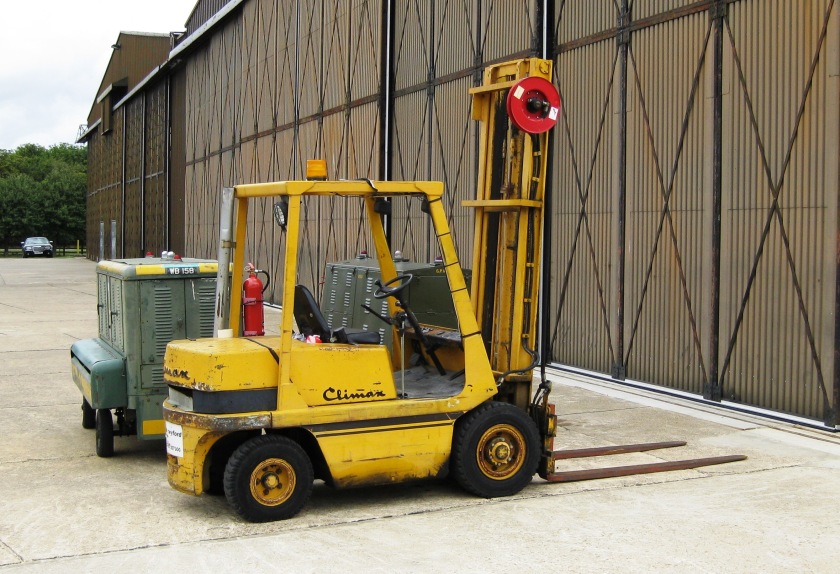 Coventry Climax forklift truck
Coventry Climax forklift truck
In 1978 the company formed a new group for its commercial vehicle interests, BL Commercial Vehicles (BLCV) under managing director David Abell. The following companies moved under this new umbrella:
- Leyland Vehicles Limited (trucks, tractors and buses)
- Alvis Limited (military vehicles)
- Coventry Climax (fork lift trucks and specialist engines)
- Self-Changing Gears Limited (heavy-duty transmissions)
BLCV and the Land Rover Group later merged to become Land Rover Leyland.
BL Ltd
In 1979 British Leyland Ltd was renamed to simply BL Ltd (later BL plc) and its subsidiary which acted as a holding company for all the other companies within the group The British Leyland Motor Corporation Ltd to BLMC Ltd.[9]
BL’s fortunes took another much-awaited rise in October 1980 with the launch of the Austin Metro (initially named the Mini Metro), a modern three-door hatchback which gave buyers a more modern and practical alternative to the iconic but ageing Mini. This went on to be one of the most popular cars in Britain of the 1980s. Towards the final stages of the Metro’s development, BL entered into an alliance with Honda to provide a new mid-range model which would replace the ageing Triumph Dolomite, but would more crucially act as a stop-gap until the Austin Maestro and Montego were ready for launch. This car would emerge as the Triumph Acclaim in 1981, and would be the first of a long line of collaborative models jointly developed between BL and Honda. By 1982 the BL Cars Ltd division renamed itself Austin Rover Group, shortly before the launch of the Maestro and Michael Edwardes was replaced by Harold Musgrove as chairman and chief executive. Jaguar and Daimler remained in a separate company called Jaguar Car Holdings, but were later sold off and privatised in 1984.
A rationalisation of the model ranges also took place around this time. In 1980, British Leyland was still producing four cars in the large family car sector—the Princess 2, Austin Maxi, Morris Marina and Triumph Dolomite. The Marina became the Ital in August 1980 following a superficial facelift, and a year later the Princess 2 received a major upgrade to become the Austin Ambassador, meaning that the 1982 range had just two competitors in this sector. In April 1984, these cars were discontinued to make way for a single all-new model, the Austin Montego. The Triumph Acclaim was replaced in that same year by another Honda-based product – the Rover 200-series.
Jaguar sale
In 1984 Jaguar Cars became independent once more, through a public sale of its shares. Ford subsequently acquired Jaguar. In 1986 BL changed its name to Rover Group and in 1987 the Trucks Division – Leyland Vehicles merged with the Dutch DAF company to form DAF NV, trading as Leyland DAF in the UK and as DAF in the Netherlands. In 1987 the bus business was spun off into a new company called Leyland Bus. This was the result of amanagement buyout who decided to sell the company to the Bus & Truck division of Volvo in 1988.
Rover Group sale
In 1986 Graham Day took the helm as chairman and CEO and the third joint Rover-Honda vehicle – the Rover 800-series – was launched which replaced the 10-year old Rover SD1. That same year, the British government controversially tried to reprivatise and sell-off Land Rover, however this plan was later abandoned. 1987 saw the Austin name dropped on the Metro, Maestro and Montego, signalling the end for the historic Austin marque, in a push to focus on the more prestigious (and potentially more profitable) Rover badge. In 1988 the business was sold by the British Government to British Aerospace (BAe), and shortly after shortened its name to just Rover Group. They subsequently sold the business to BMW, which, after initially seeking to retain the whole business, decided to only retain the Cowley operations for MINI production and close the Longbridge factory. Longbridge, along with the Rover and MG marques, was taken on by MG Rover which went into administration in April 2005.
Many of the brands were divested over time and continue to exist on the books of several companies to this day.
Ashok Leyland
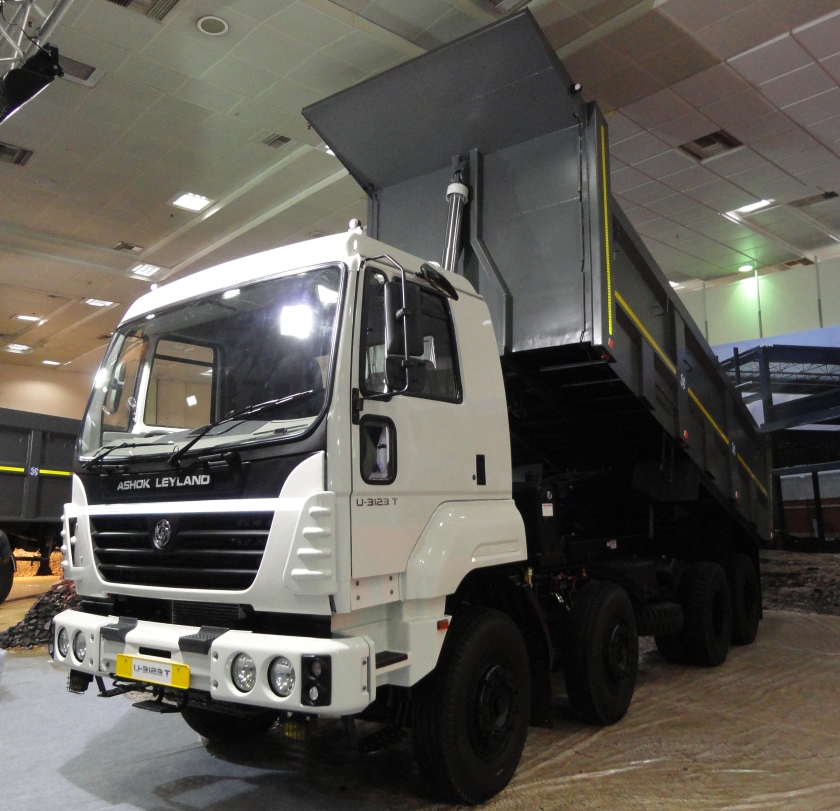
A present day Ashok Leyland Truck in India
The Leyland name and logo continues as a recognised and respected marque across India, the wider subcontinent and parts of Africa in the form of Ashok Leyland. Part of the giant Hinduja Group, Ashok Leyland manufactures buses, trucks, defence vehicles and engines. The company is a leader in the heavy transportation sector within India and has an aggressive expansionary policy. Ironically, since 1987, when the London-based Hinduja Group bought the Indian-based Ashok Leyland company, it is once again a British-owned brand. Today, Ashok-Leyland is pursuing a joint venture withNissan and through its acquisition of the Czech truck maker, Avia, is entering the European truck market directly. With its purchase, in 2010, of a 25 per cent stake in UK-based bus manufacturer Optare, Ashok Leyland has taken a step closer to reconnecting with its British heritage, as Optare is a direct descendant of Leyland’s UK bus-making division.
British Leyland also provided the technical know-how and the rights to their Leyland 28 BHP tractor for Auto Tractors Limited, a tractor plant in Pratapgarh, Uttar Pradesh. Established in 1981 with state support, ATL only managed to build 2,380 tractors by the time the project was ended in 1990 – less than the planned production for the first two years.[10] The project ended up being taken over by Sipani, who kept producing tractor engines and also a small number of tractors with some modest success.[11]
Timelines
The car brands of BSA were divested, BSA was not merged into Jaguar.Notes for the timeline table
- Mini was not originally a marque in its own right. See Mini and MINI (BMW) for more detail.
- The BMC trademark is registered (1564704, E1118348) to MG Rover Group Ltd in the UK. BMC is also the name of a commercial vehicle manufacturer in Turkey, formerly the Turkish subsidiary of the British Motor Corporation. It is believed that Nanjing Automotive may have purchased this from MG Rover, however the brand has not been re-assigned as of 17 July 2006.
- The Wolseley trademark is registered (UK 1490228) to MG Rover Group Ltd for automobiles only. It is believed that Nanjing Automotive may have purchased this from MG Rover, however the brand has not been re-assigned as of July 2006 to a different company. The UK building materials supplier Wolseley plc owns the rights to the Wolseley name for all other purposes. Wolseley plc is a descendant of the original Wolseley company.
- The Vanden Plas trademark is owned by Ford (through Jaguar) for use within the USA and Canada, and as (UK 1133528, E2654481) to MG Rover Group Ltd for use in the rest of the world. It is believed that Nanjing Automotive may have purchased this from MG Rover, however the trademark has not been recorded as reassigned as of 17 July 2006. This is why Jaguar XJ Vanden Plas models are branded as Daimlers in Britain. The last Rover to use the Vanden Plas name was the Rover 75 Vanden Plas, a long wheelbase limousine model.
- The Rover trademark was owned by BMW and was only licenced to MG Rover Group Ltd. BMW sold the brand to Ford in September 2006.
- Alvis was purchased from British Leyland by United Scientific Holdings plc in 1981, in 2002 Alvis merged with part of Vickers Defence Systems to form Alvis Vickers which was purchased byBAE Systems in 2004. BAE Systems did not acquire Alvis through their ownership of the Rover Group in the early 1990s. Production of Alvis branded cars ceased in 1967. The trademark is owned by Alvis Vehicles Ltd.
- The use of the Triumph name as a trademark for vehicles is shared between BMW and Triumph Motorcycles Ltd. The former for automobiles and the latter for motorcycles. The motorcycle and car business separated in the 1930s.
Merged companies
The car firms (and car brands) which eventually merged to form the company are as follows.
The dates given are those of the first car of each name, but these are often debatable as each car may be several years in development.
Other merger events
Several of these names (including Jaguar, Land Rover and Mini) are now in other hands. The history of the mergers and other key events is as follows:
- 1910 Daimler merged with the BSA car armaments-and-motorbikes engineering company BSA (last BSA car, 1939)
- 1931 Lanchester purchased by BSA/Daimler (last Lanchester 1956)
- 1938 Morris Motors purchases Wolseley and Riley and from 1943 they are jointly referred to as the Nuffield Organisation
- 1944 Standard acquires Triumph, forming Standard Triumph
- 1946 Austin acquires Vanden Plas
- 1951 Leyland Motors purchase the share capital of Albion Motors
- 1952
The Nuffield Organisation Morris and Austin merge to form the British Motor Corporation (BMC)
- 1955 Leyland Motors acquires Scammell Lorries Limited of Watford
- 1960 Jaguar buys Daimler for the latter’s production facilities.
- 1961 Leyland Motors acquires Standard Triumph
- 1962 Leyland Motors acquires ACV, the renamed AEC (Associated Equipment Company) company.
- 1963 Jaguar acquires the engine and fork lift truck manufacturing company Coventry Climax
- 1965 Rover acquires Alvis
- 1966 Jaguar merged into BMC; later BMC changes its name to British Motor Holdings (BMH)
- 1967 Leyland absorbs Rover
- 1968 Leyland merges with British Motor Holdings to form the British Leyland Motor Corporation (BLMC)
- 1969 Joint venture with the National Bus Company to build Leyland National buses, and also to continue the manufacture of Bristol buses and Eastern Coach Works Bodies previously built by the NBC
- 1970s Majority stake in Danish partner DAB, to form Leyland-DAB, producer of the Leyland-DAB articulated bus
- 1972 BLMC takes control of Innocenti
- 1974 Cessation of production of cars in Australia
- 1975 Publication of the Ryder Report: British Leyland effectively nationalised due to financial difficulties, with formation of new holding company, British Leyland Ltd, later BL plc, with the government as the principal (but not the only) shareholder
- 1977 Michael Edwardes appointed as chairman by Labour Government; begins massive cull of excess BL assets
- 1982 BL buys out the National Bus Company from the bus plant joint venture
Divestments
- 1969 The last Riley Elf, 1300, and 4/72 models were built, thus ending the Riley marque
- 1975 Innocenti passed to Alejandro de Tomaso
- 1975 The final Wolseley, a Saloon, is built, thus ending the Wolseley marque
- 1978 Land Rover separated from Rover to form a separate company, still part of BL
- 1979 Collaboration with Honda begins, sacking of Derek Robinson (“Red Robbo”)
- 1978 Closure of Triumph assembly plant in Speke – production moved to Canley
- 1980 Closure of MG and Triumph assembly plants in Abingdon and Canley
- 1981 Closure of Rover-Triumph plant in Solihull
- 1981 Alvis sold to United Scientific Holdings and Alvis plc formed
- 1982 Michael Edwardes steps down as chairman; BL Cars Ltd renamed Austin Rover Group (ARG)
- 1982 Leyland Tractors sold to Marshall Tractors, tractor production at Bathgate assembly plant ends
- 1982 Production of British Leyland cars ceases in New Zealand
- 1983 Closure of Bristol bus plant, production transferred to Leyland National plant at Workington
- 1984 Morris Ital goes out of production, signalling the end of the Morris badge
- 1984 Jaguar floated off (including Daimler and the US rights to Vanden Plas); bought by Ford in 1989
- 1984 Final Triumph Acclaim rolls off the production line, ending the Triumph name
- 1985 Closure of Bathgate truck assembly plant
- 1986 BL plc renamed Rover Group, Austin badges disappear the following year
- 1986 Leyland Bus floated off; bought by Volvo in 1988
- 1987 Leyland Trucks division (including Freight Rover vans) merged with DAF to form DAF NV/Leyland DAF. Vans became independent as LDV in 1993, as did Trucks as Leyland Trucks. Leyland Trucks was taken over by US giant PACCAR in 1998 and integrated with Foden.
- 1987 Unipart, BL’s spare parts division, acquired by management buy-out
- 1988 Rover Group privatised; sold to British Aerospace
- 1994 Rover Group sold to BMW, collaboration with Honda ends
- 1994 Maestro and Montego go out of production.
- 1998 Metro/100-series goes out of production – the last of the former Austin models.
- 2000 BMW decides to break up and sell the Rover empire; Land Rover sold to Ford
- 2000 BMW MINI, Triumph, and Riley trademarks retained by BMW, but BMW’s other interests sold off
- 2000 Remainder of company became independent as the MG Rover Group
- 2007 MG Rover goes into administration with huge debts, and its assets are taken over by Nanjing Automobile (Nanjing Automobile Corporation, NAC).
- 2007 SAIC takes over NAC and relaunches production at Longbridge
- 2006 Ford acquires the rights to the Rover brand name from BMW, though without any immediate plans for using it on production cars.[12]
- 2008 Ford completes the sale of Jaguar, Rover and Land Rover to Tata Motors, of India
Notable BL and BMC and related models
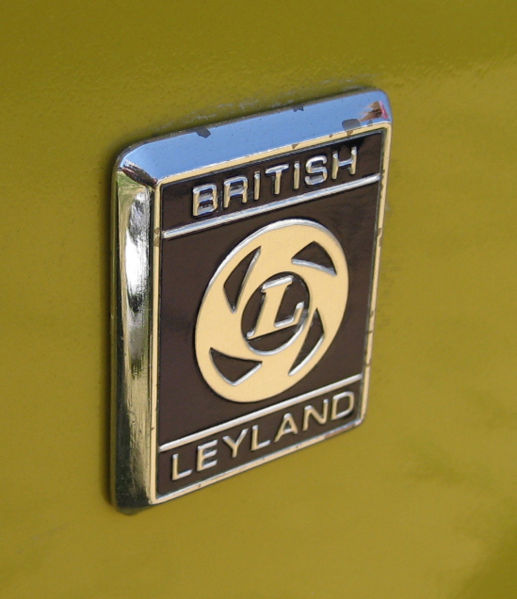
A small British Leyland badge on one of their many products.
In some cases, British Leyland continued to produce competing models from the merged companies at different sites for many years. However, any benefits from the broader number of models were far outweighed by higher development costs and greatly reduced economies of scale.Competing models
Sadly, potential benefits associated with rationalising parts usage were lost, as for example, the company made two completely different 1.3-litre engines (BMC A series and the Triumph 1.3-litre), two different 1.5-litre engines (BMC E series and Triumph), four different 2-litre engines (4-cylinder O series, 4-cylinder Triumph Dolomite, 4-cylinder Rover and 6-cylinder Triumph) and two completely different V8 engines (Triumph OHC 3-litre V8 and Rover 3.5-litre V8).
Examples of competing cars were:
Badge-engineered models
In contrast to the continued development of competing models, British Leyland continued the practice of badge engineering of models which had started under BMC; selling essentially the same vehicle under two (or more) different marques.
Factories
-
Volume car production plants
- Abingdon, Oxfordshire. The MG sports car plant. Closed in 1980.
- Birmingham Adderley Park. Originally the main Wolseley assembly plant (until 1927), then the main Morris Commercial assembly plant, latterly for vans only. Closed in 1972, when van assembly transferred to nearby Common Lane.
- Birmingham Acocks Green, Rover engine and transmissions plant
- Birmingham Castle Bromwich, Former Fisher and Ludlow body plant, acquired by BMC in 1953. Functioned as body plant for Mini and Jaguar models, employing c9,000 workers in the 1970s, Plant taken over completely by Jaguar in 1977, and became the main Jaguar assembly plant after the closure of the Browns Lane Coventry plant in 2005. The plant still employs 2000 workers.
- Birmingham Drews Lane / Common Lane. Also known as the Ward End works. The Plant dates from 1913 and was built by Electric & Ordnance Accessories, a subsidiary of Vickers. Was then a Wolseley assembly plant (until 1948), later a component plant, and in 1968 the Austin-Morris Division’s transmission plant. In 1972 it became BLMC’s main van assembly plant. Van production was suspended in 2008 and did not resume, due to the collapse of the LDV Group.
- Birmingham Garrison Street, Bordesley Green, c800 workers making Triumph components. Closed
- Birmingham Longbridge. Originally the Austin plant, and at one time the largest manufacturing plant in the world. The largest British car plant in the 1970s, employing c25,000 workers and famous as the home of the Mini. Closed upon the collapse of MG Rover in 2005. Successor Nanjing has restarted limited car assembly on a much smaller scale for the MG TF.
- Birmingham SU Carburetters. Bought by Morris and established at Washwood Heath, making fuel pumps and carbutetters (c1300 workers). Closed early 1980s
- Birmingham Tyseley, Rover engine and transmission plant, employing c4,000 workers in the 1970s. Closed mid-1980s
- Cardiff. Opened by Rover in 1964 to manufacture transmissions and axles for Rover and Land Rover vehicles. Closed in November 1984, following major rationalisation of production facilities within the Austin Rover Group. All facilities corresponding to Land Rover output were transferred to Solihull East Works on cessation of Rover SD1 production.
- Cowley, Oxfordshire. Formerly comprising the main Morris plant and the Pressed Steel body plant, and one of the largest British car production sites throughout the BLMC era. In 1993 the original Morris plant was sold to developers and demolished, with car production being concentrated on the former Pressed Steel site which is now owned by BMW and used for assembly of the modern MINI.[14]
- Coventry Courthouse Green engine plant. Formerly Morris Engines Ltd., closed late 1981. The original Gosford Street building is now the Coventry University Business School‘s William Morris Building.
- Coventry Browns Lane. Originally a World War II Shadow factory, built for Daimler, which subsequently became the mMain Jaguar assembly plant. Closed by Ford in 2005.
- Coventry Canley. Originally owned by Standard, latterly the main Triumph car plant and the largest factory in the city. Closed in 1980.
- Coventry Radford. Former Daimler plant. Bus chassis assembly transferred to Leyland 1973, subsequently the Jaguar engine and axle plant. Closed by Ford in late 1990s.
- Leicester Rearsby Components plant, formerly the assembly plant for Auster Aircraft. Closed by British Leyland in 1981, subject to a management buyout, passed to Adwest and closed in 2003.
- Liverpool Speke. Former Hall Engineering Group car body plant purchased by Standard-Triumph in 1959 (Speke No.1), plus new Triumph assembly plant opened in 1970 (Speke No.2). No.1 plant became the first major British BLMC car assembly plant to close, in 1978. No.2 plant continued to produce bodies for assembly at Canley until closure in 1980.
- Llanelli. Radiator and pressings plant opened in the early 1960s, employing c 4,000 workers in the 1970s.Now owned by Calsonic Llanelli Radiators
- Solihull, West Midlands. The former Rover plant. A new car assembly line opened in 1970s but closed 1981. The original plant survives as the home of Land Rover 4×4 vehicles, who are now under Tata Motors ownership.
- Swindon. Former Pressed Steel Company bodywork plant, now owned by BMW for manufacture of MINI body panels.
Truck and bus plants
- Alcester, Warwickshire. Former Maudslay plant, latterly making AEC dump trucks. Sold in early 1970s.
- Basingstoke, Hampshire. Former Thornycroft plant, latterly a specialist heavy truck plant. Closed in 1969.
- Bathgate, West Lothian. A new plant opened by BMC in 1961 to manufacture light trucks and tractors. Tractor assembly ended in 1982, following the sale to Marshall Tractors who transferred production to Gainsborough, Lincolnshire. The truck assembly ceased in 1985, and the plant closed in 1986.
- Brislington, Bristol. Former Bristol Commercial Vehicles bus plant, initially 25% owned, from 1969 50% owned, from 1982 100% owned. Closed 1983.
- Cross Gates, Leeds. Charles H. Roe bus bodywork plant. Closed by Leyland in 1984, but reopened in 1985 as Optare bus plant. Closed in 2011 when replaced by a new factory atSherburn-in-Elmet.
- Fallings Park, Wolverhampton. Former Guy truck and bus plant. Closed in 1982.
- Holyhead Road, Coventry. Former Alvis plant, latterly producing military vehicles. Closed by Alvis plc and demolished in 1992; site now home of Alvis Retail Park.
- Kingsbury Lane, London. The Vanden Plas limousine factory, latterly used to assemble the Daimler DS420. Closed in 1979.
- Leyland, Lancashire. Former Leyland Motors truck and bus plant. Bus production (under Volvo ownership) ceased 1991. Truck manufacture continues under PACCAR ownership.
- Lillyhall (Workington), Cumbria. Bus plant opened 1970, initially (until 1982) as a joint venture between BLMC and the National Bus Company to build the Leyland National bus. Closed byVolvo 1993.
- Lowestoft, Suffolk. Eastern Coach Works bus bodywork plant, initially 25% owned, from 1969 50% owned, from 1982 100% owned. Closed 1986.
- Park Royal, London. Park Royal Vehicles bus bodywork plant. Closed 1980.
- Scotstoun, Glasgow. Former Albion truck and bus plant. Vehicle assembly ceased 1980, but became an axle plant. Now owned by AAM.
- Southall, London. Former AEC bus and truck plant. Closed 1979.
- Watford, Hertfordshire. Former Scammell plant building specialist heavy trucks. Closed 1988.
See also
References
- Notes
- Jump up^ A Catalogue of the Papers of Leyland Motor Corporation Ltd
- Jump up^ British Leyland Motor Corporation, Ltd. – Britannica Online Encyclopedia
- ^ Jump up to:a b “The politics of building cars”. BBC News. 7 April 2005. Retrieved 27 April 2010.
- Jump up^ Austin Rover Online
- Jump up^ Alan Pilkington (1996). Transforming Rover, Renewal against the Odds, 1981–94. Bristol Academic Press, Bristol, pp.199, ISBN 0-9513762-3-3
- Jump up^ BL Booklet – Graduate opportunities with British Leyland
- Jump up^ “MotorWeek: Mini Go-ahead”. Motor: 19. 11 December 1976.
- Jump up^ Michael Edwardes arrives
- Jump up^ – Leyland Truck & Bus
- Jump up^ Bajaj, J.L. (1994-08-27). “Divesting State Ownership: A Tale of Two Companies”. Economic and Political Weekly(Mumbai, India: Sameeksha Trust) 29 (35): M-126.
- Jump up^ Bajaj, p. M-127
- Jump up^ “Rover brand name passes to Ford”. BBC. 19 September 2006.
- Jump up^ British Car Linage
- Jump up^ Bardsley, Gillian; Laing, Stephen. Making Cars at Cowley. Tempus. ISBN 0-7524-3902-2.


 Ambulance LAND ROVER SANTANA AMBULANCIA
Ambulance LAND ROVER SANTANA AMBULANCIA 















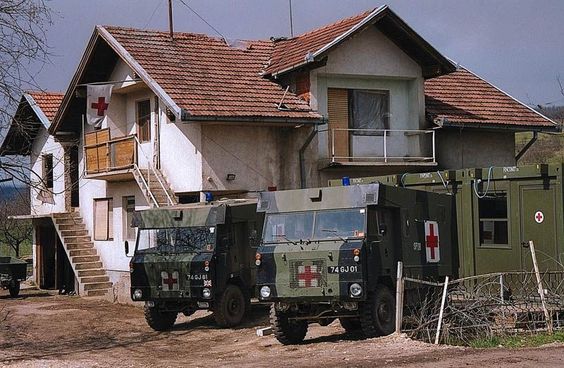 Land Rover and Range Rover Ambulances
Land Rover and Range Rover Ambulances



 Land rover and Range rover Hearses and Limousines
Land rover and Range rover Hearses and Limousines



 Magirus-Deutz – Iveco Deutz ex ambulances or aid trucks
Magirus-Deutz – Iveco Deutz ex ambulances or aid trucks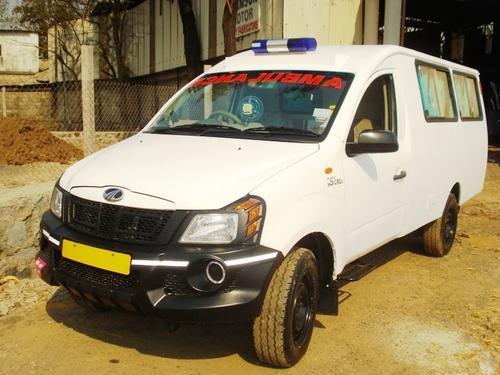






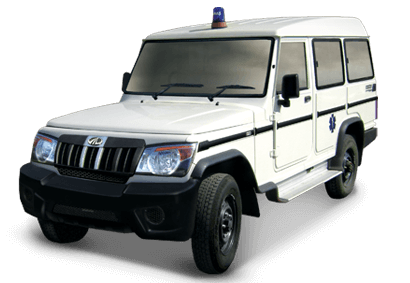





 Mahindra Ambulances and Hearses
Mahindra Ambulances and Hearses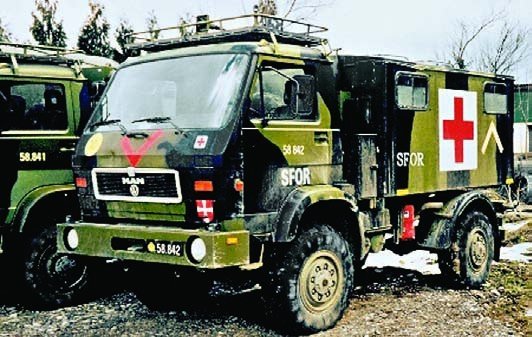



 MAN Ambulance Units, EHBO Post, Commando Unit e.s.o.
MAN Ambulance Units, EHBO Post, Commando Unit e.s.o.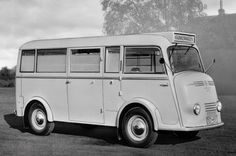







 Tempo MATADOR – Bajaj MATADOR – Force Matador Ambulances, Medipoints, Krankenwagen, Hearses e.s.o.
Tempo MATADOR – Bajaj MATADOR – Force Matador Ambulances, Medipoints, Krankenwagen, Hearses e.s.o.






































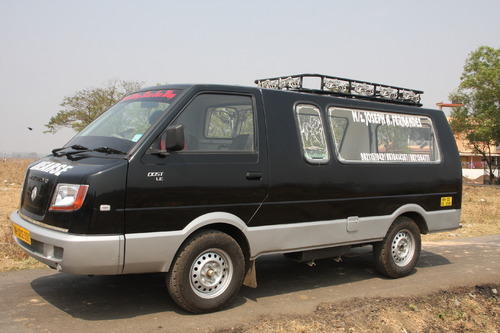








 (Ashok) Leyland Hearses
(Ashok) Leyland Hearses








 MANTRA Ambulance Roman
MANTRA Ambulance Roman








 Maserati Hearses
Maserati Hearses


 2012 MAZ – AMBULANCES
2012 MAZ – AMBULANCES
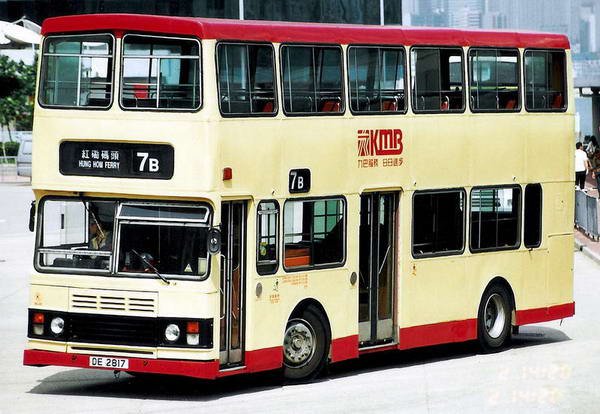
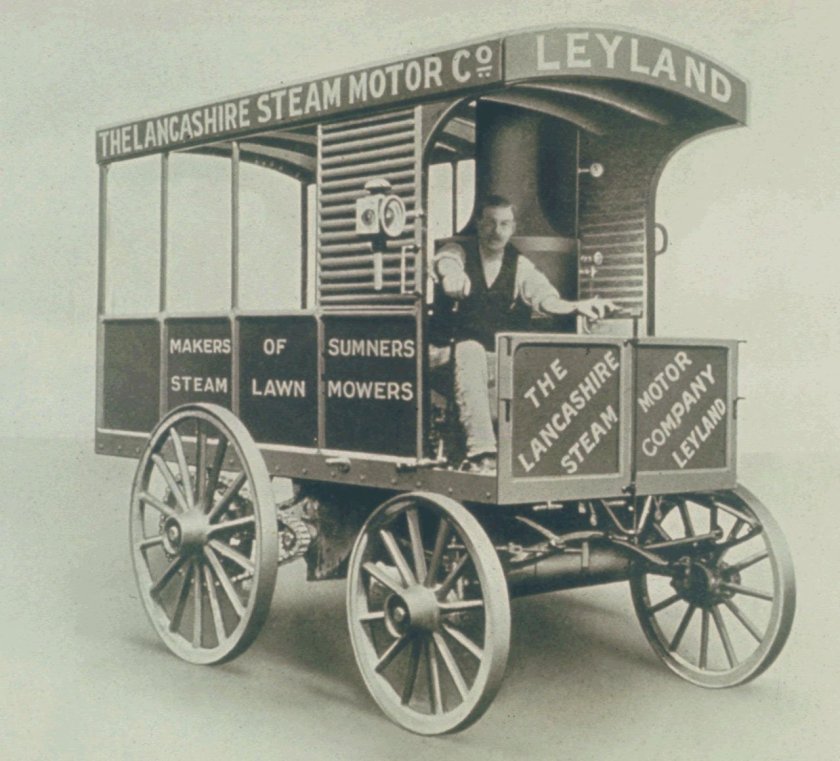

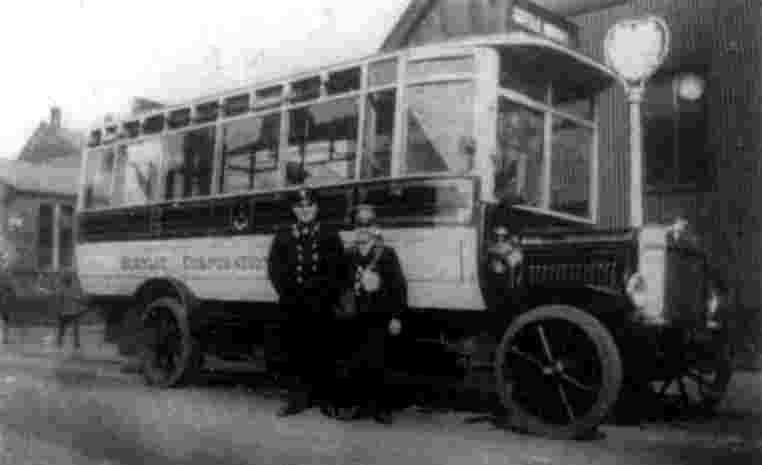
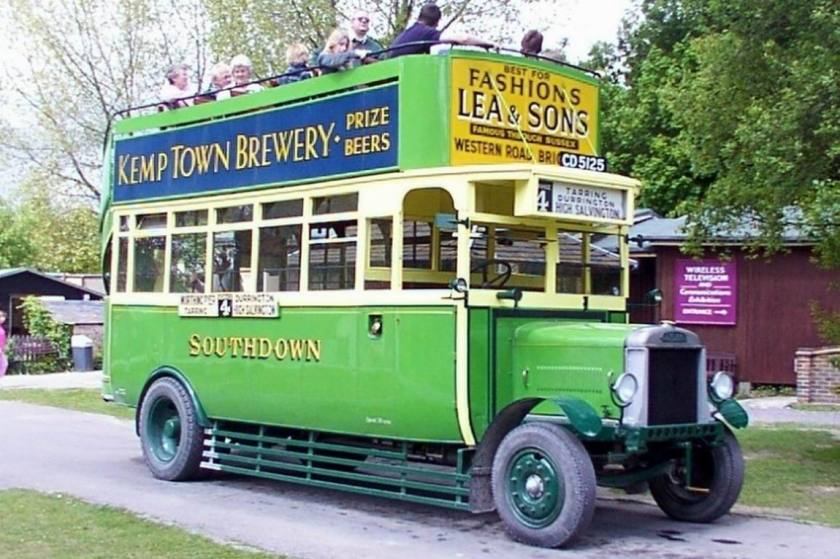
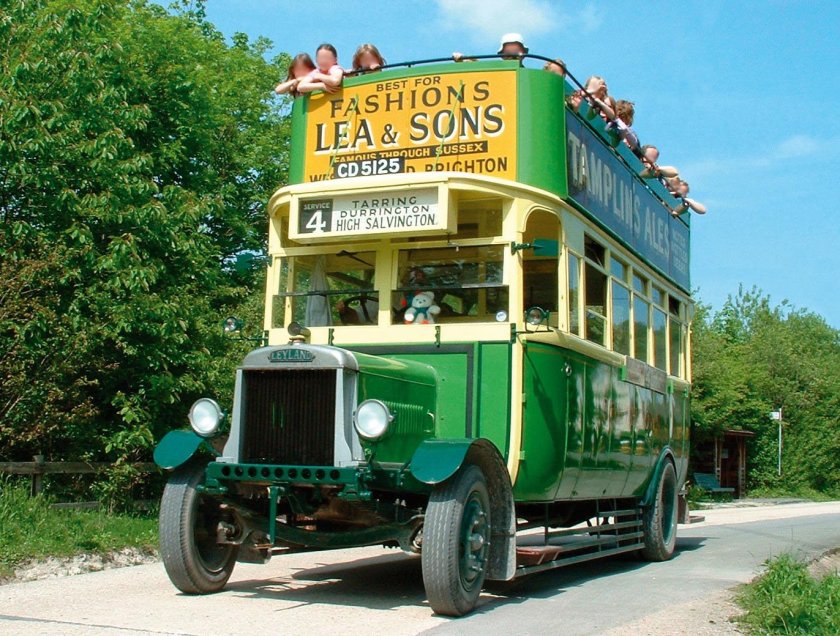
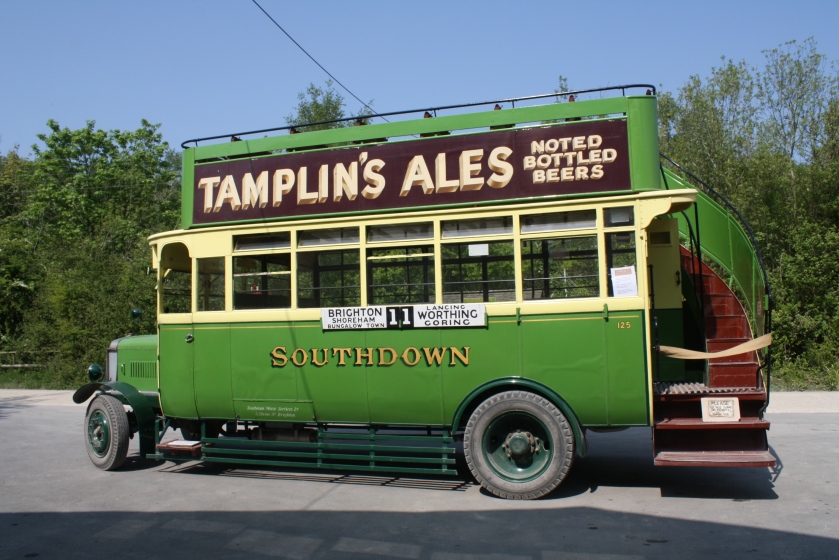
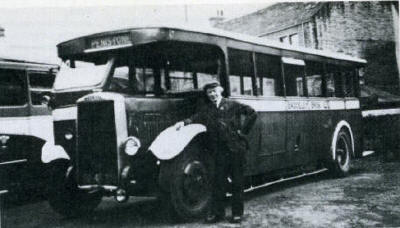

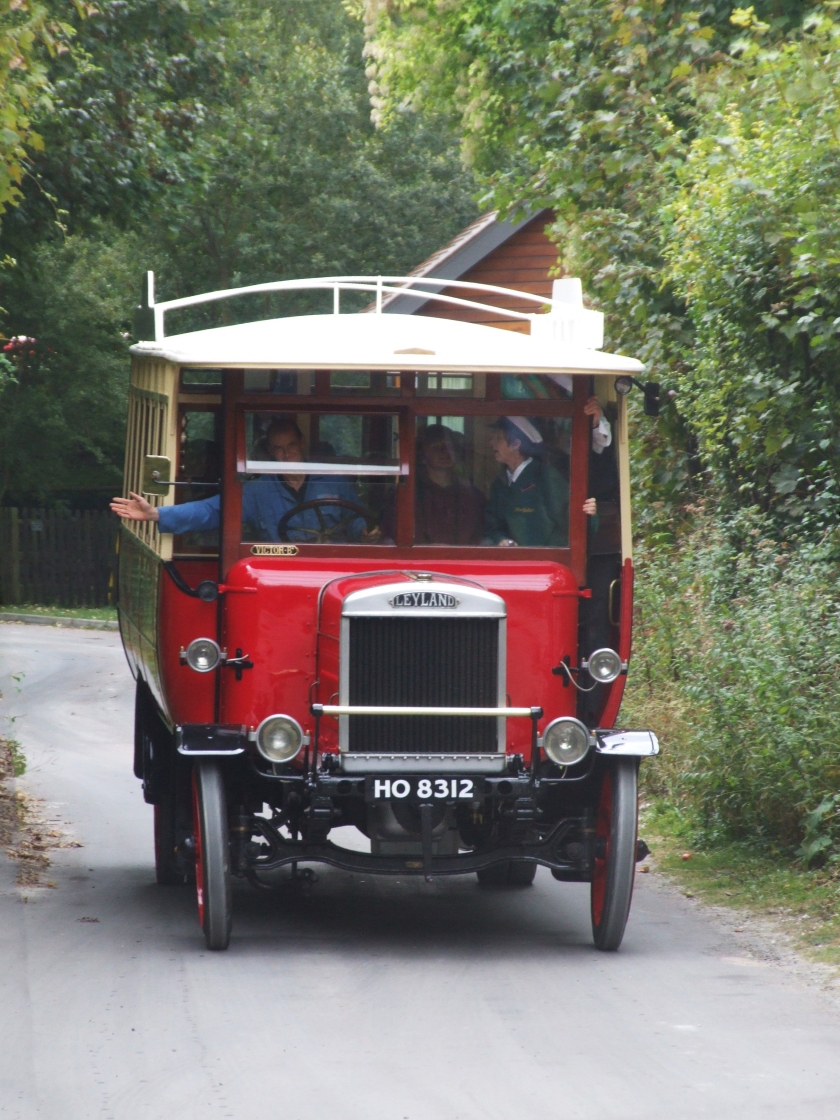
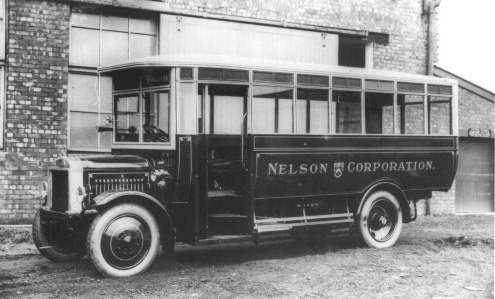
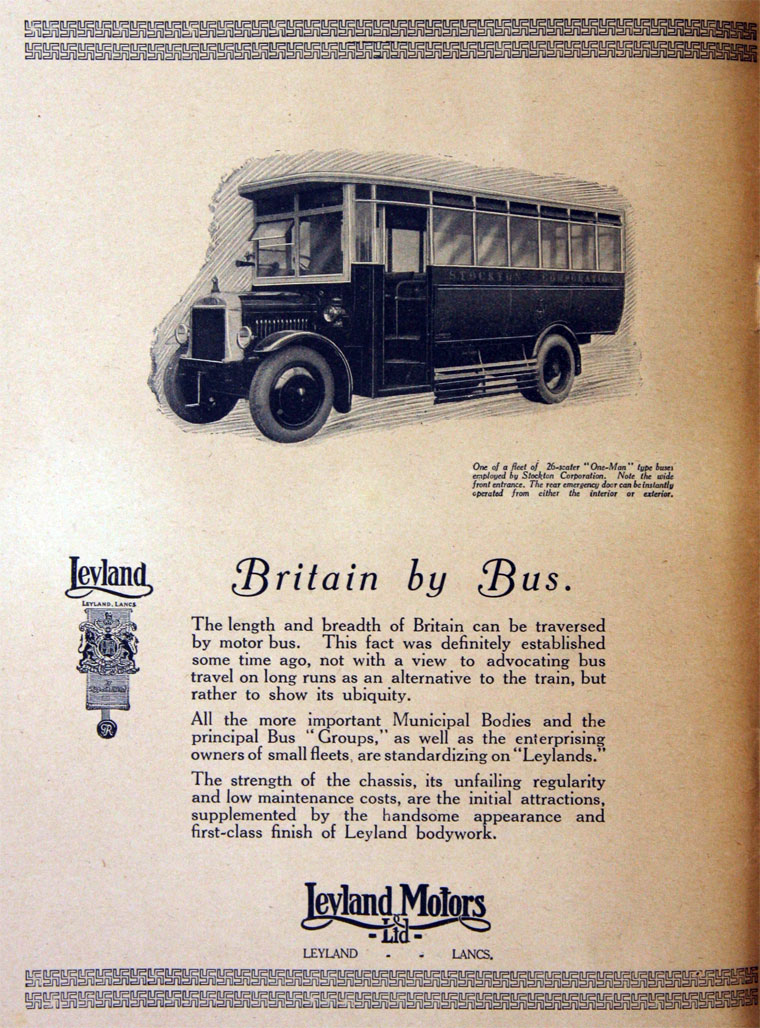

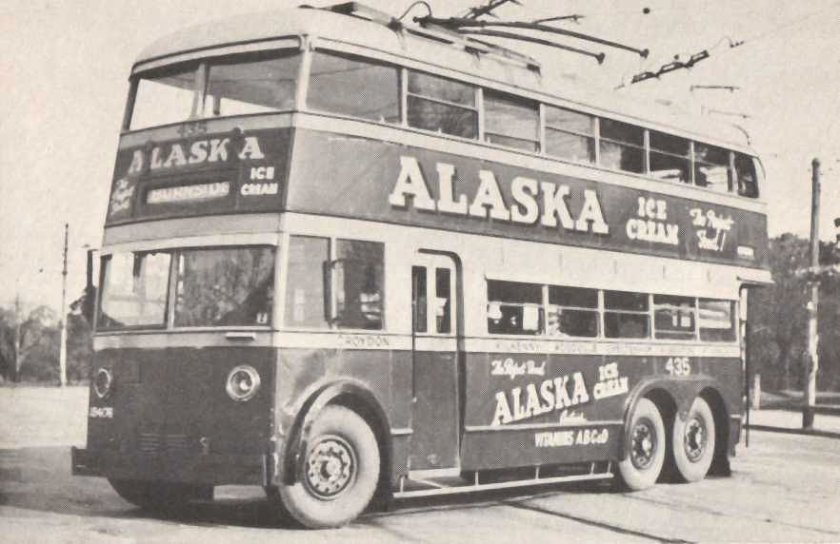

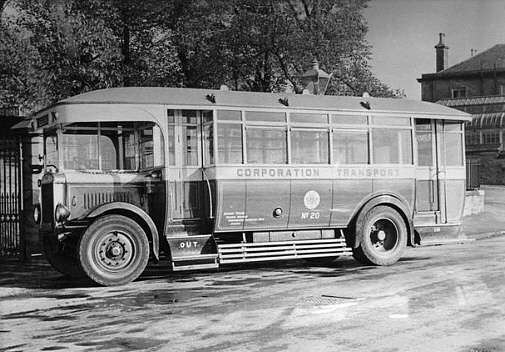
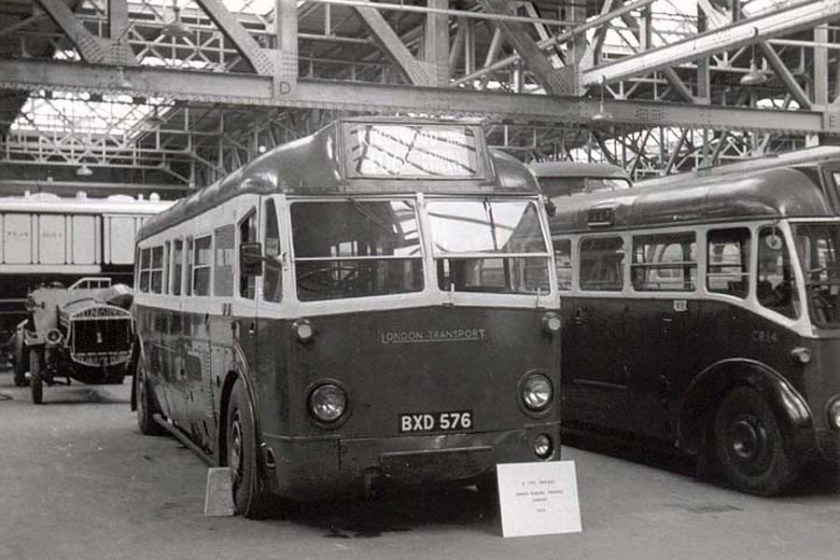

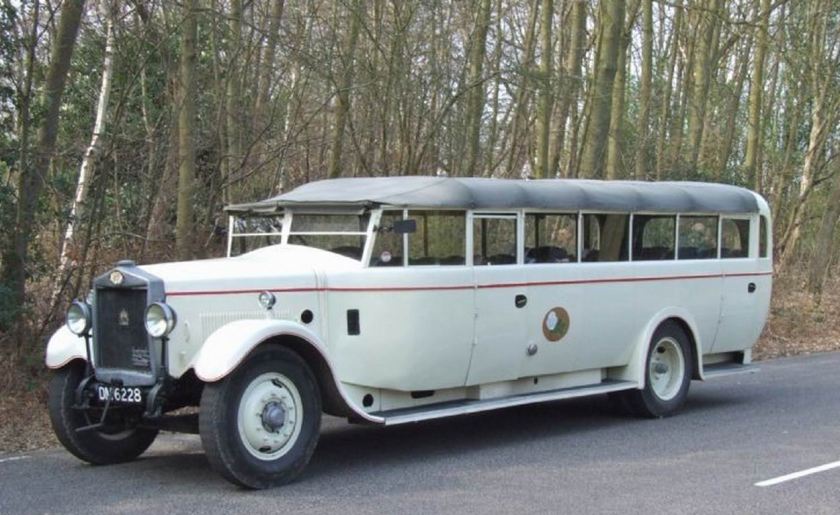
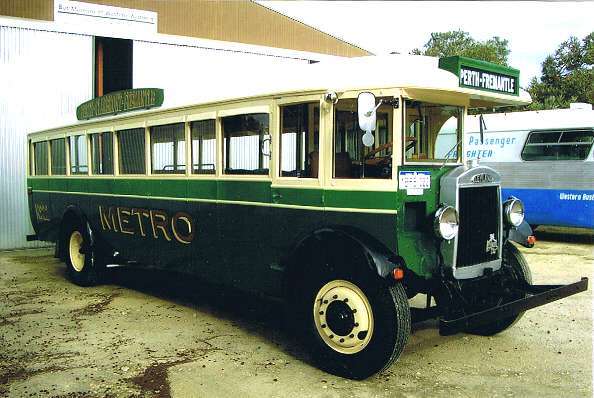
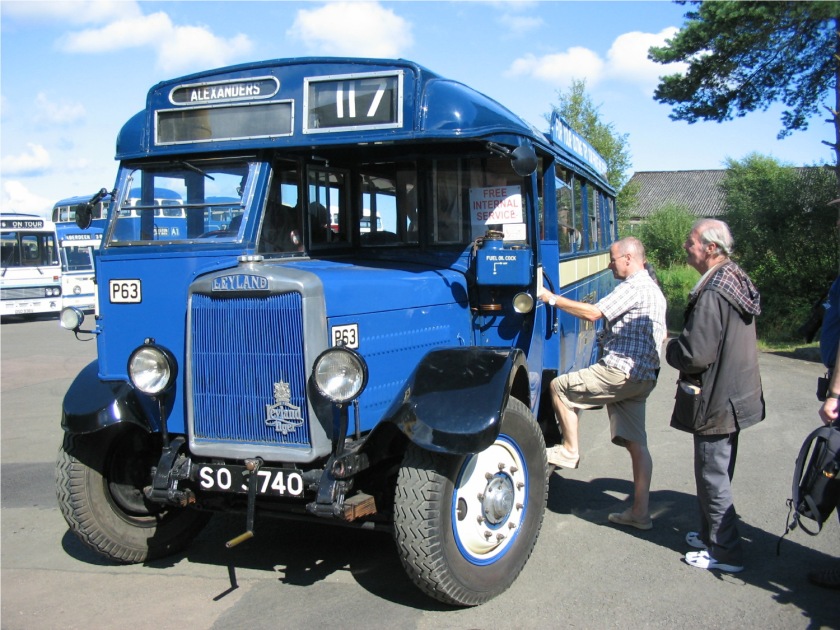
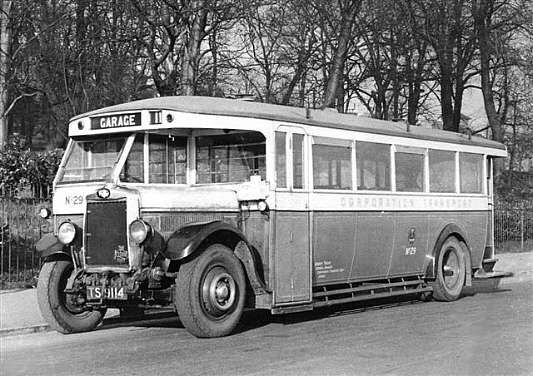
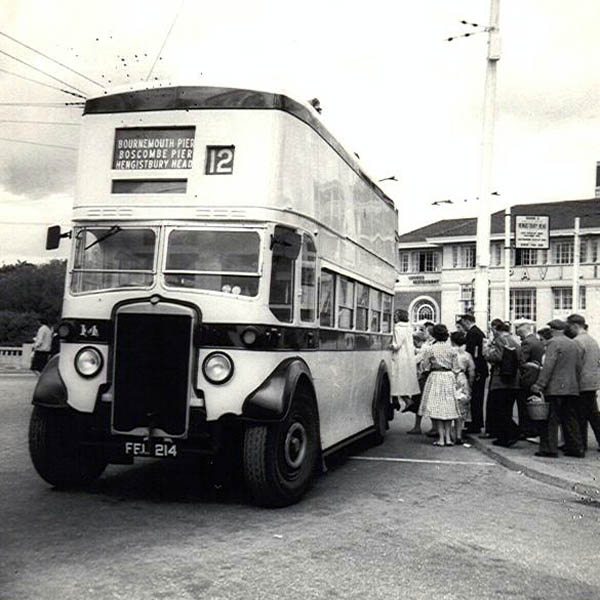
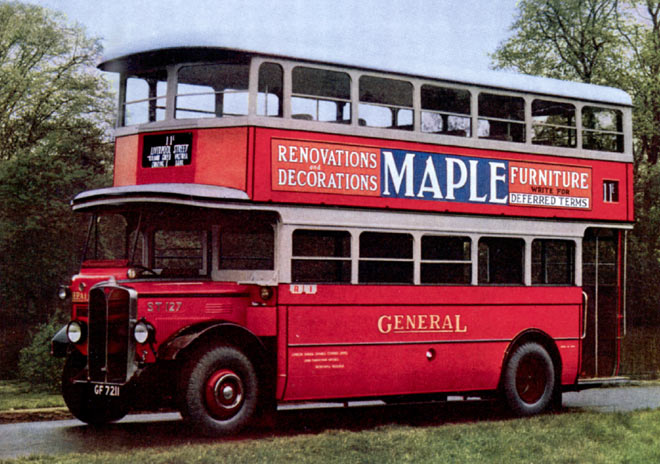
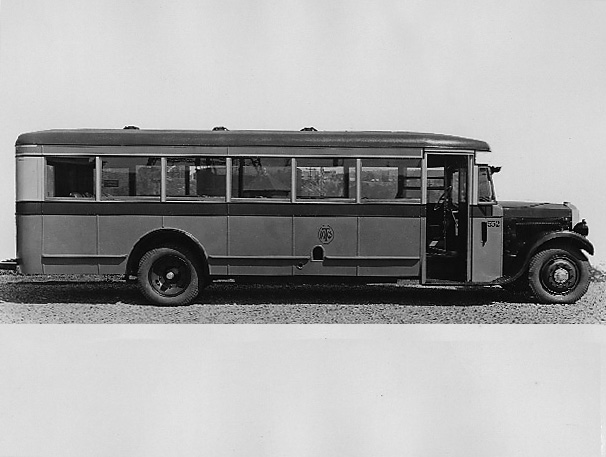
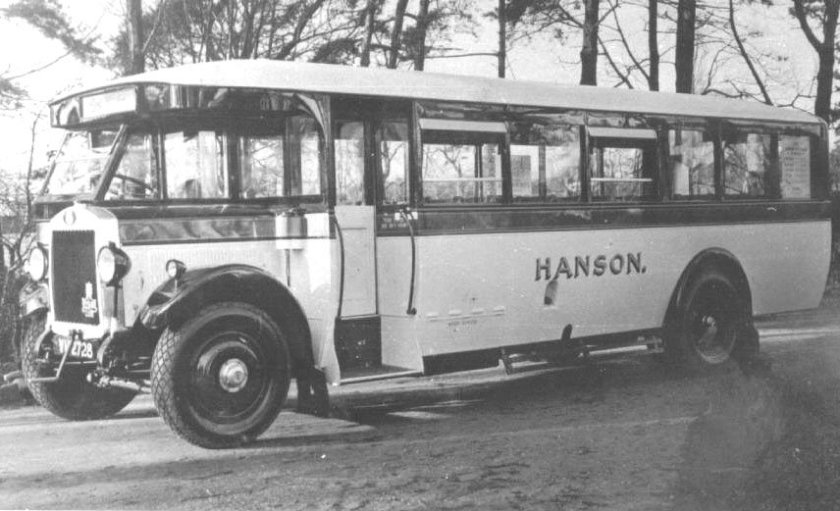
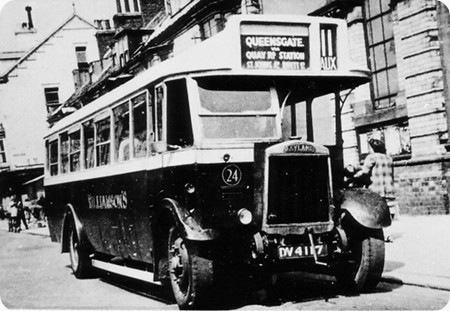

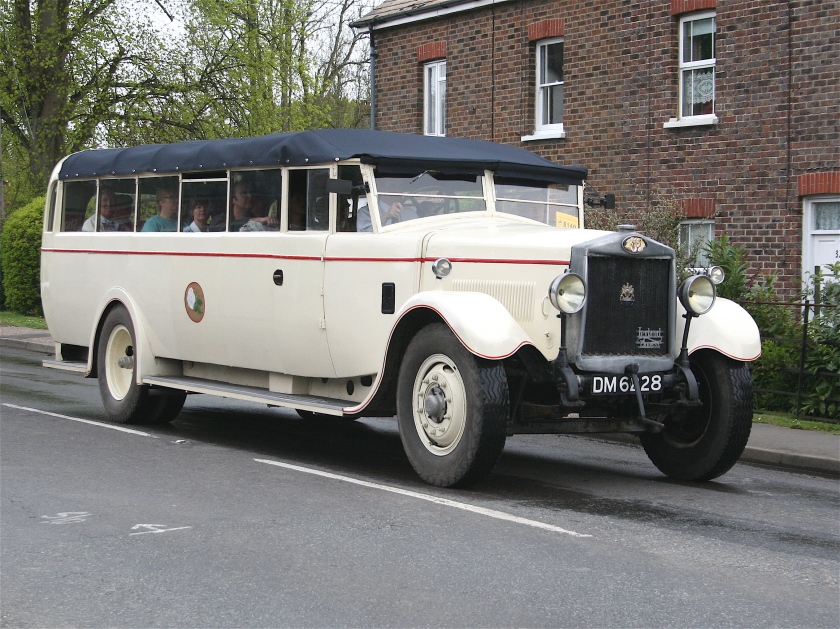



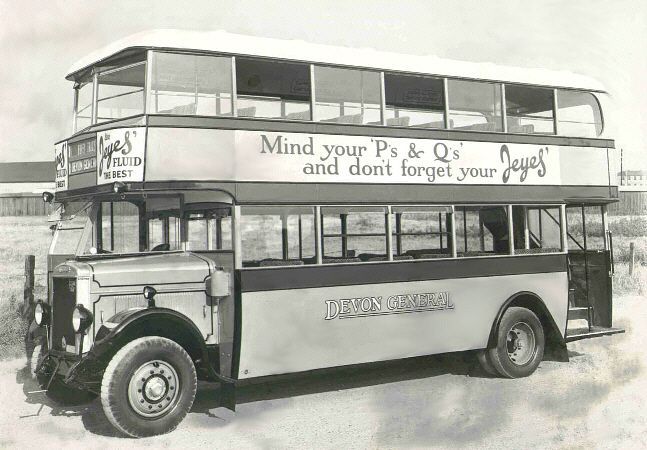
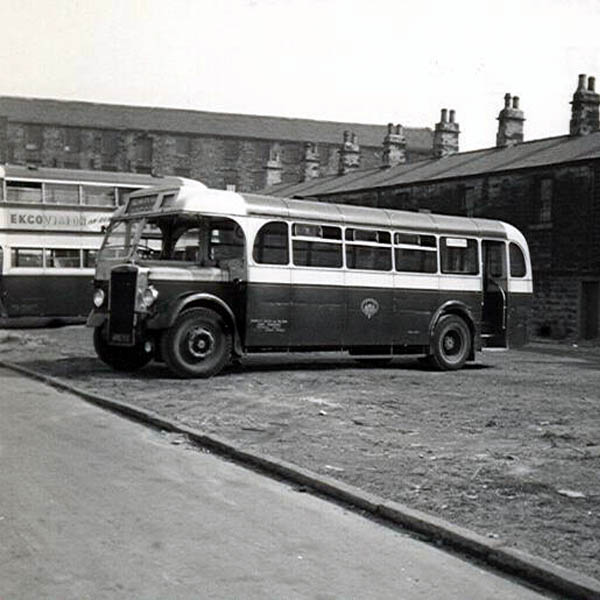

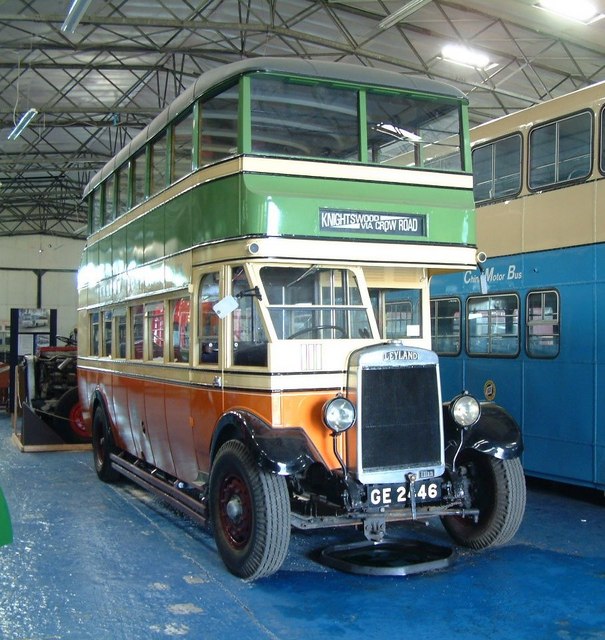
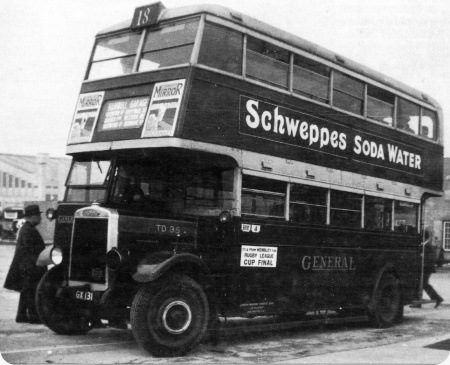
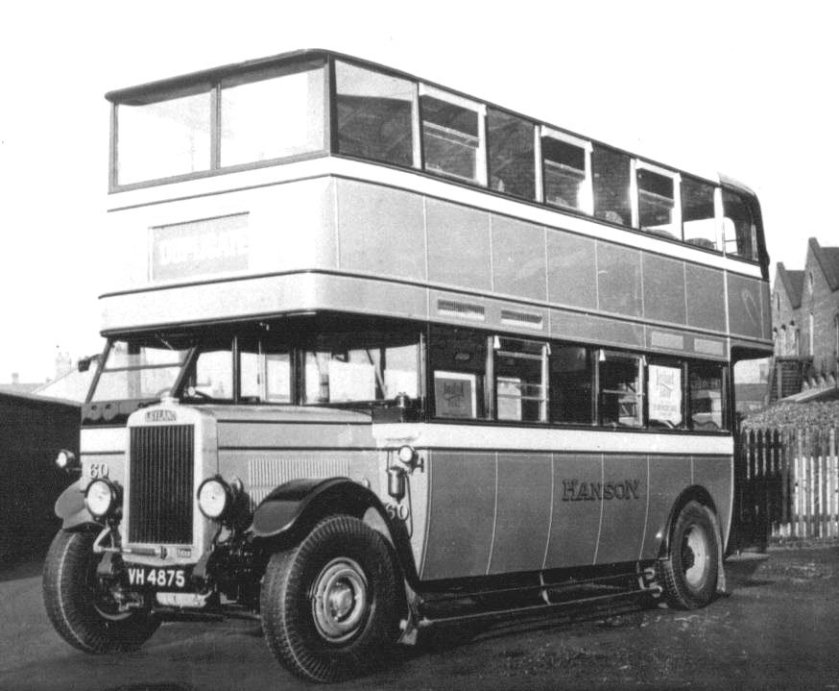
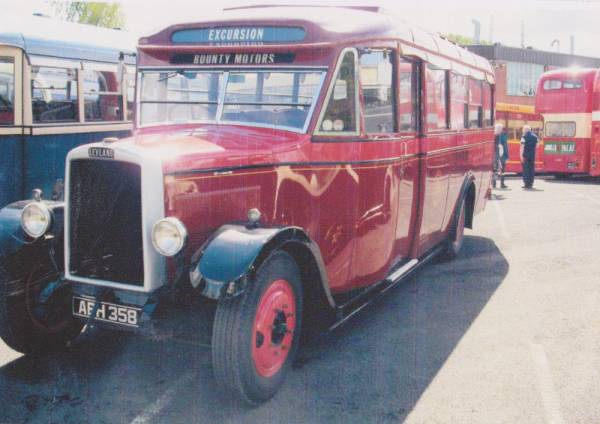
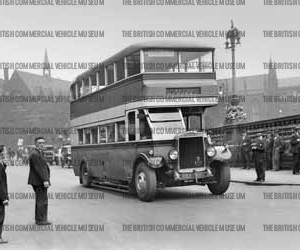

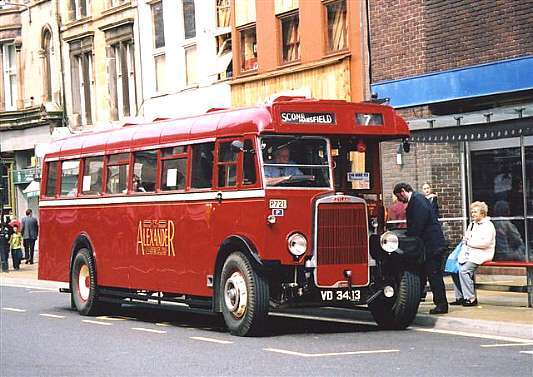
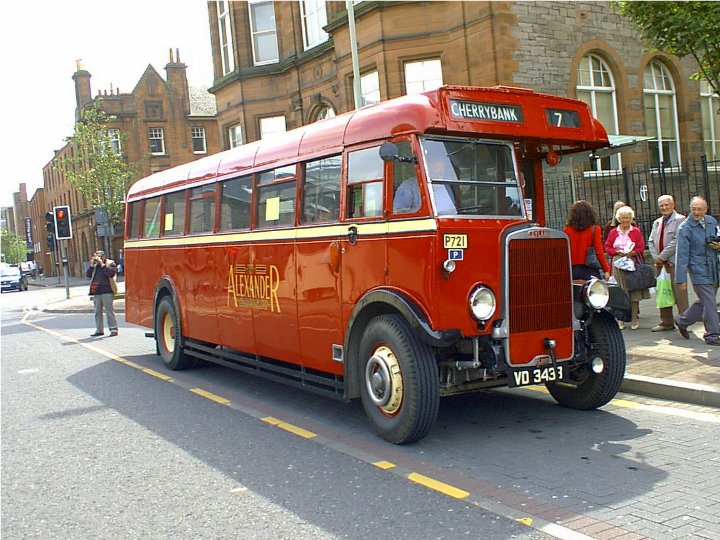

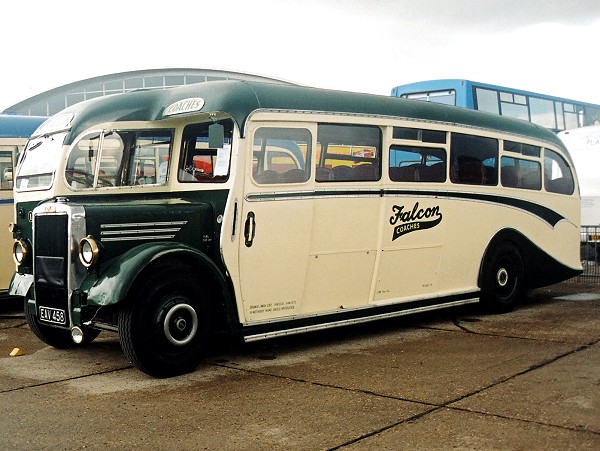

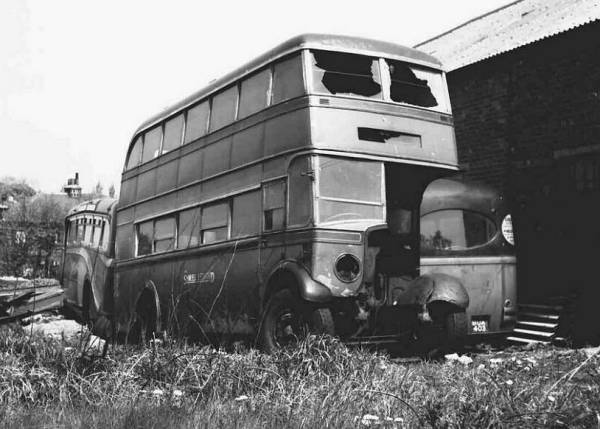
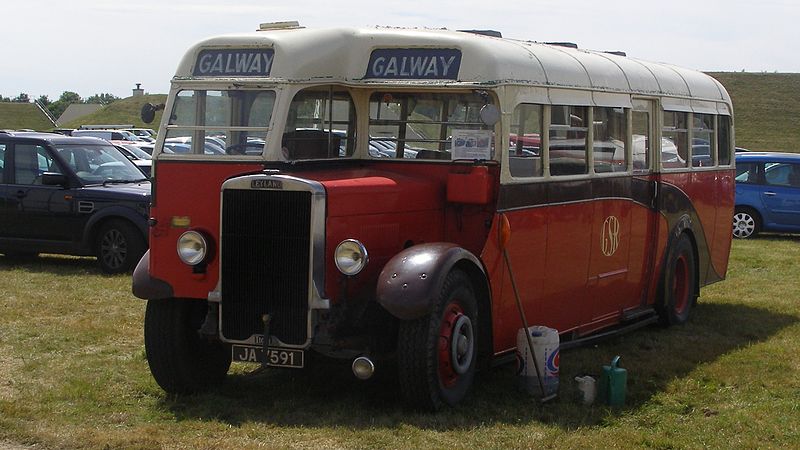
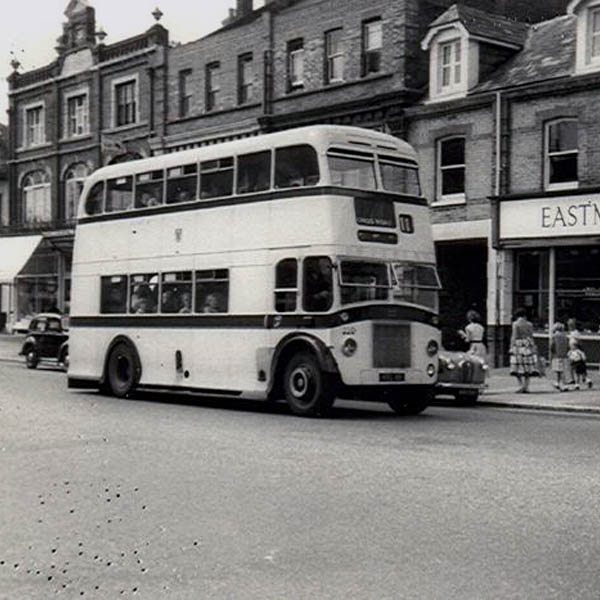
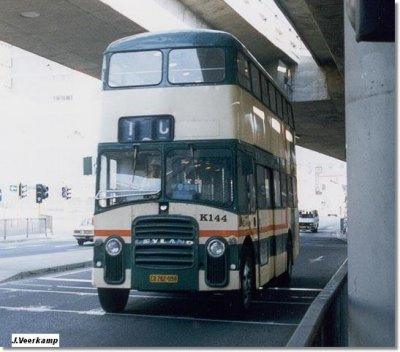
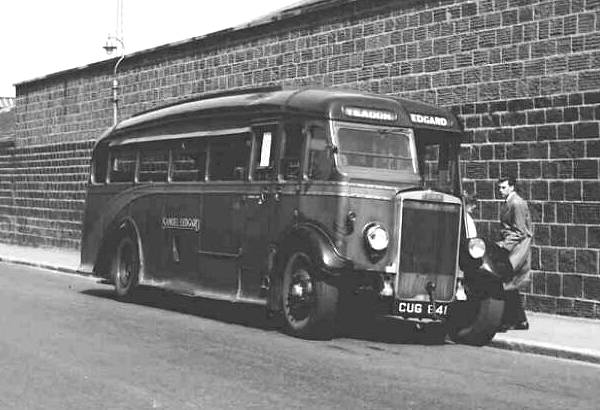
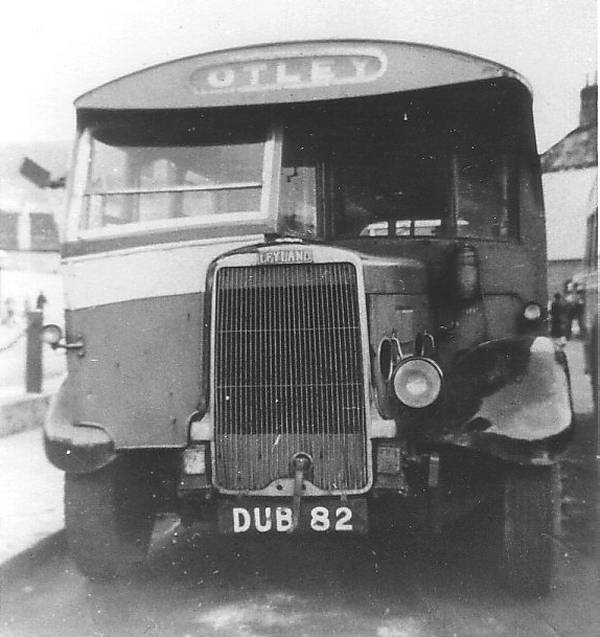
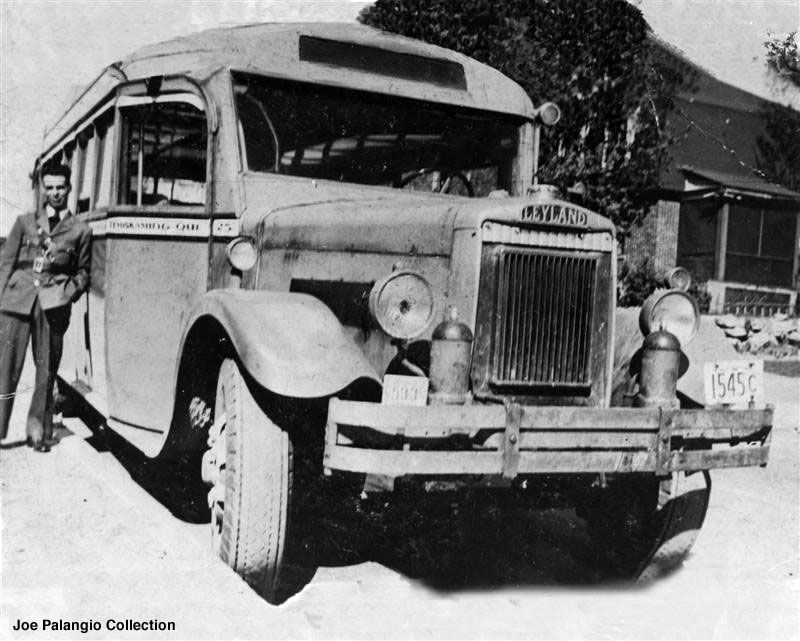



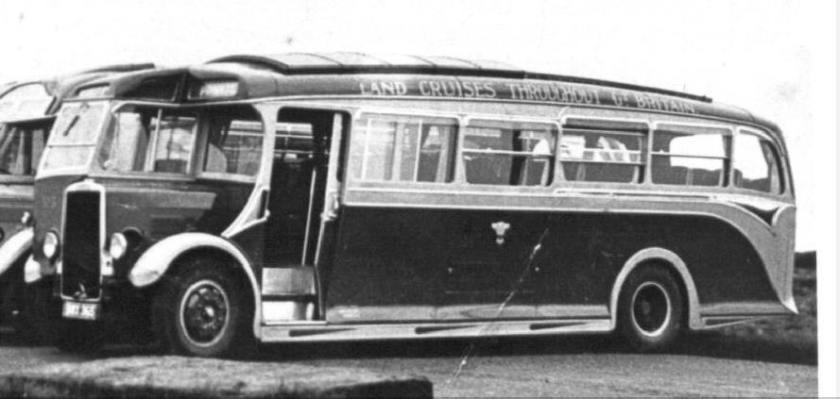

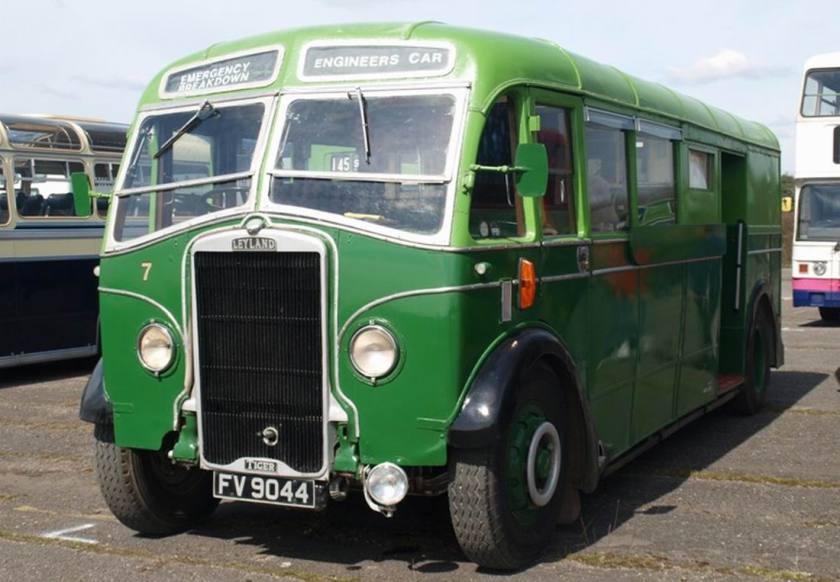

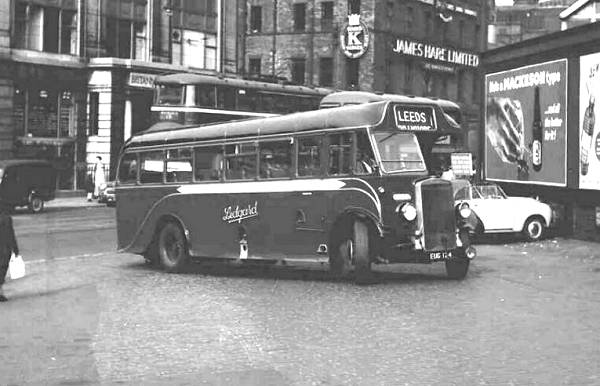
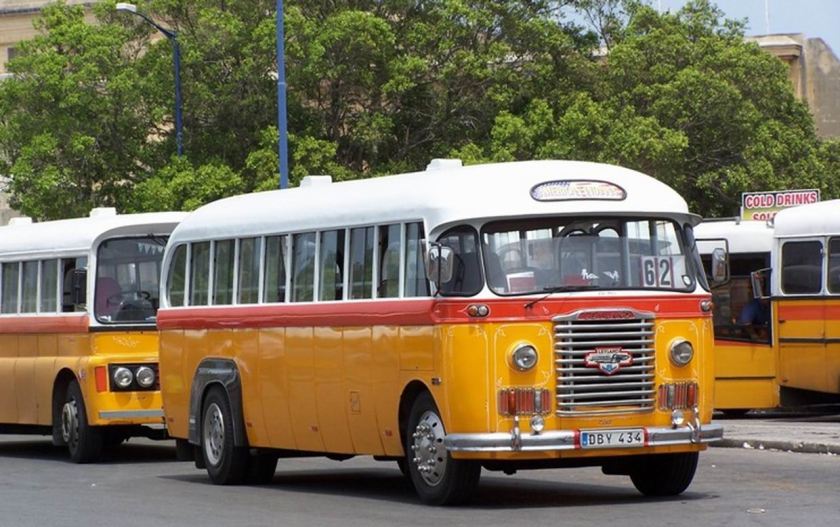


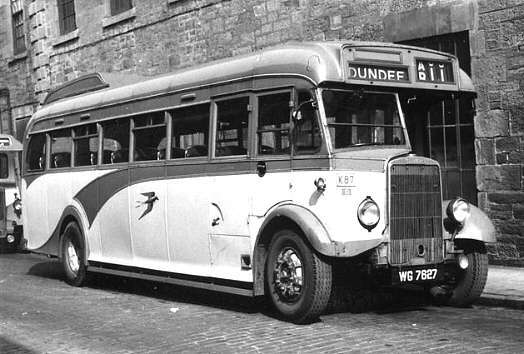
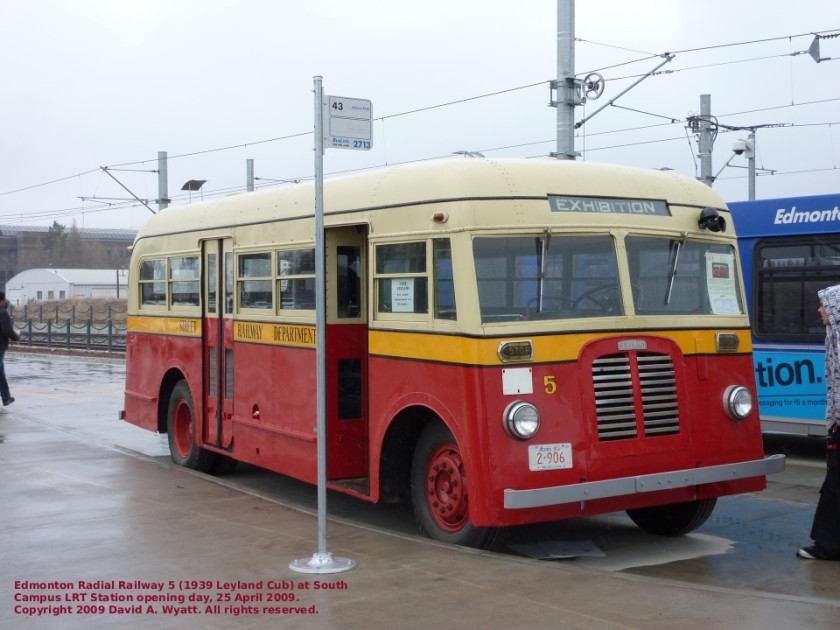

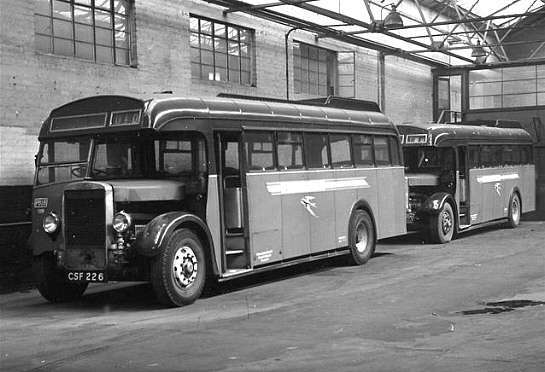
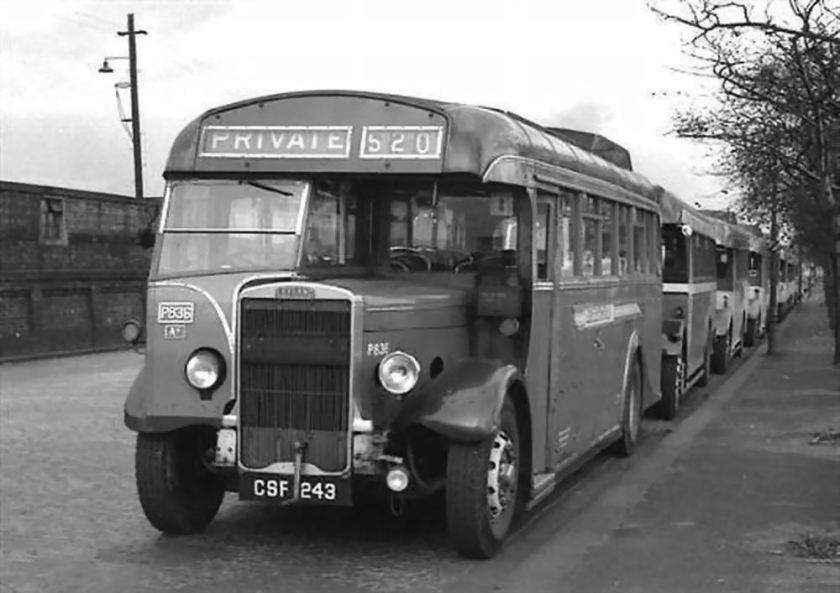

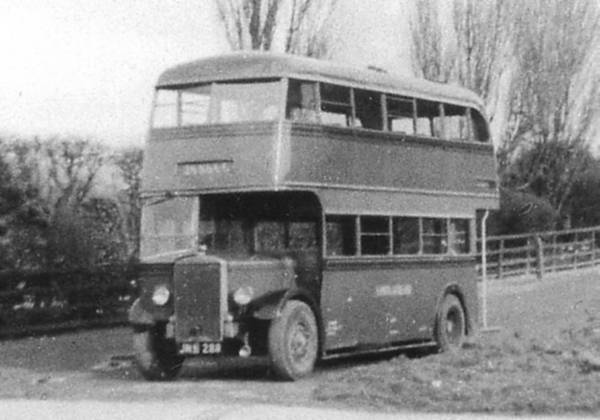
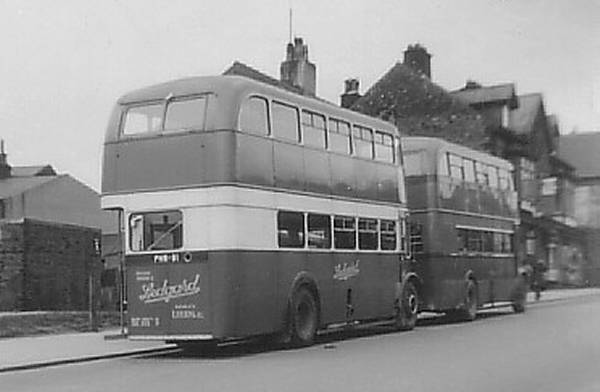
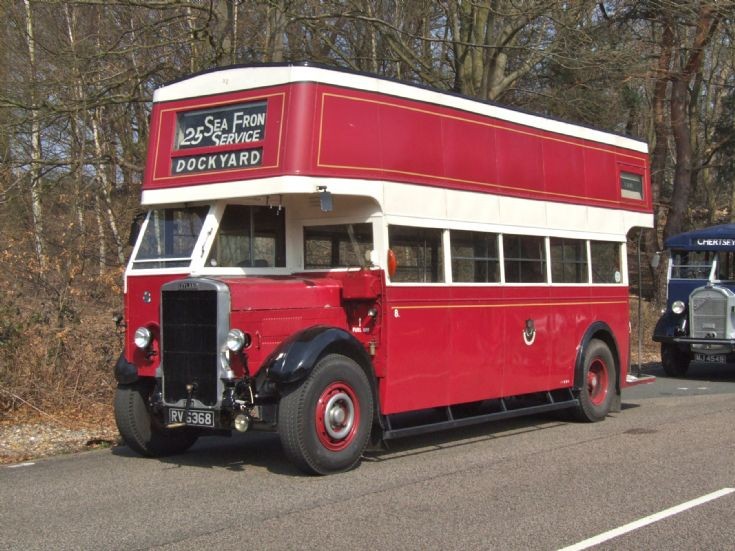
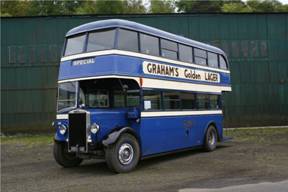
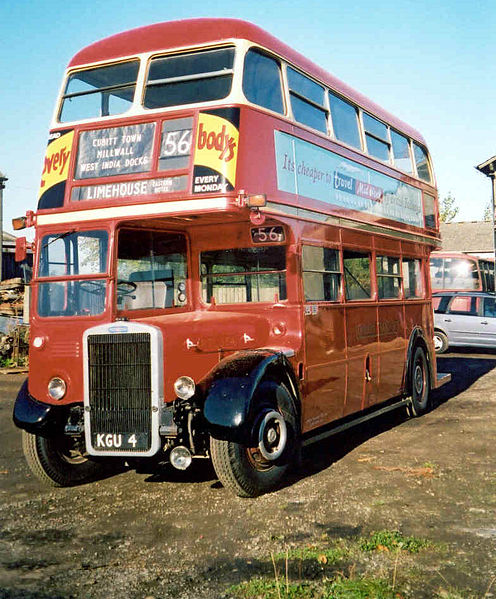
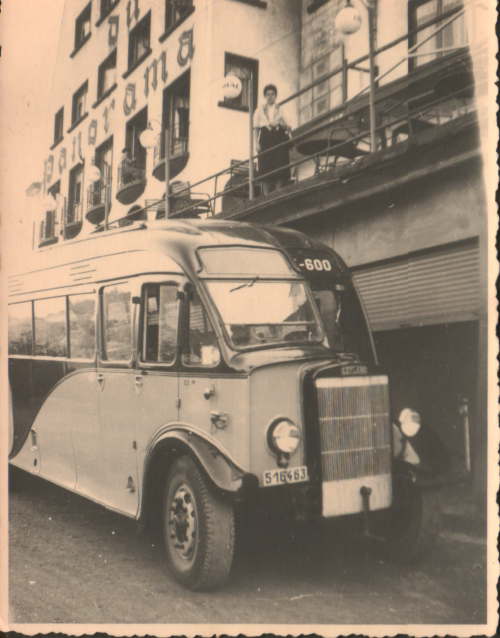

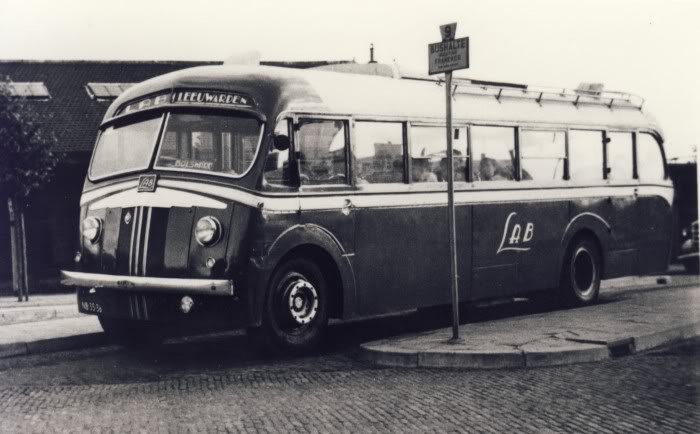
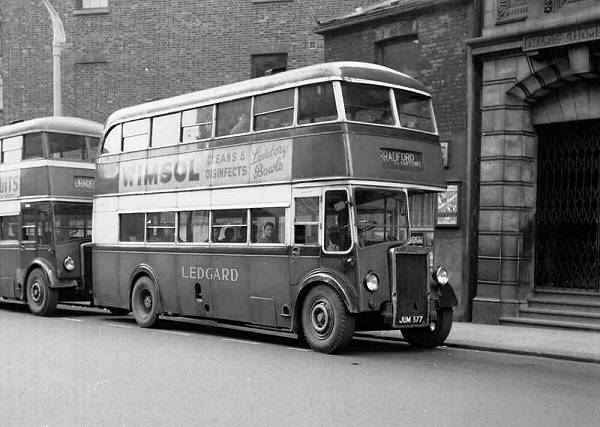
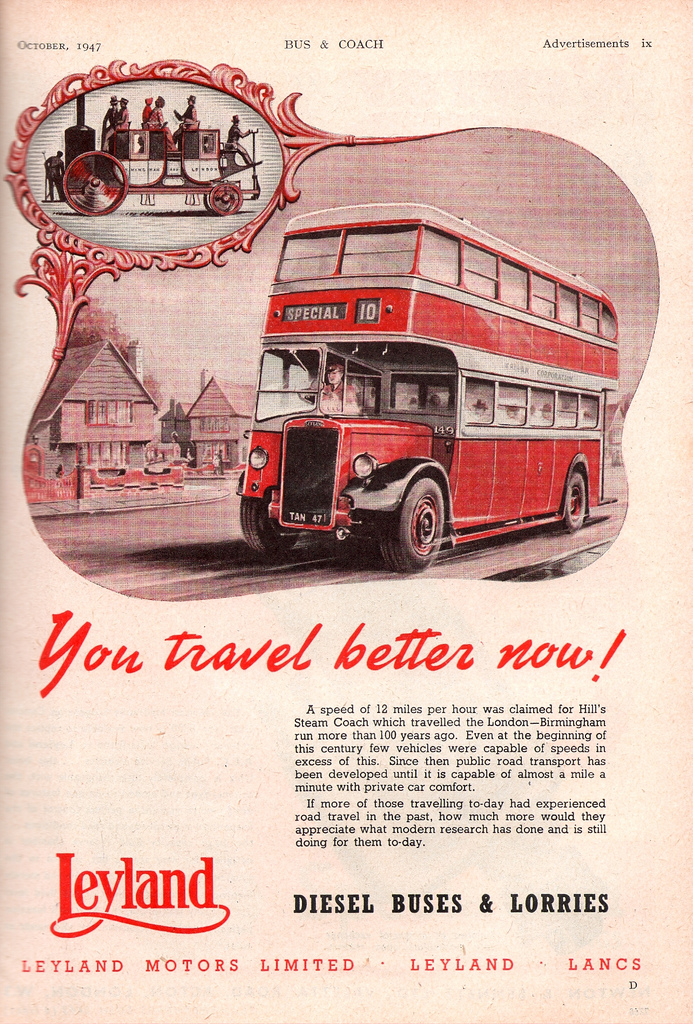
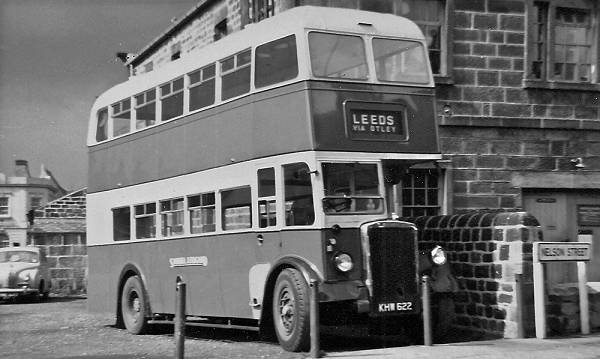
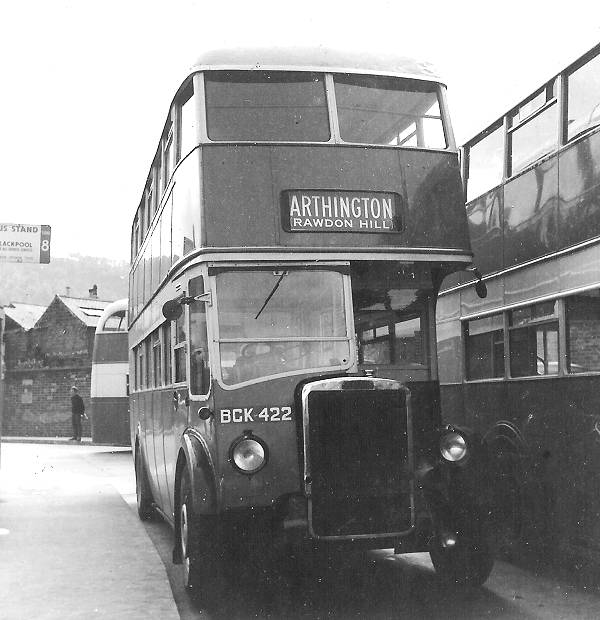
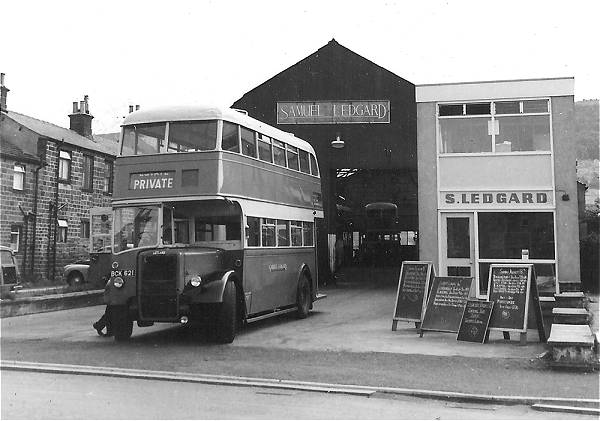
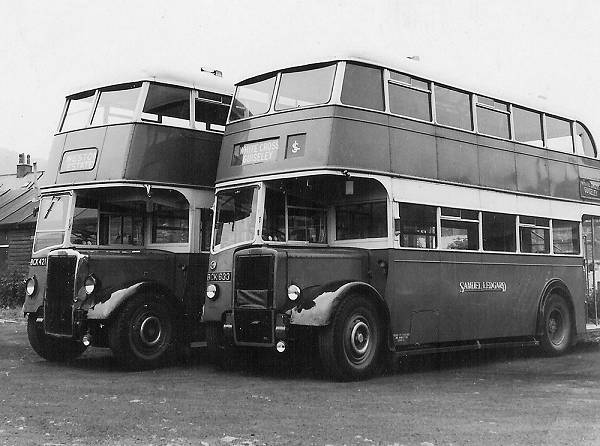
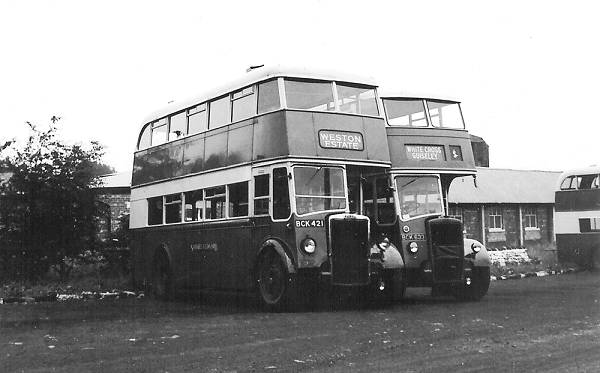
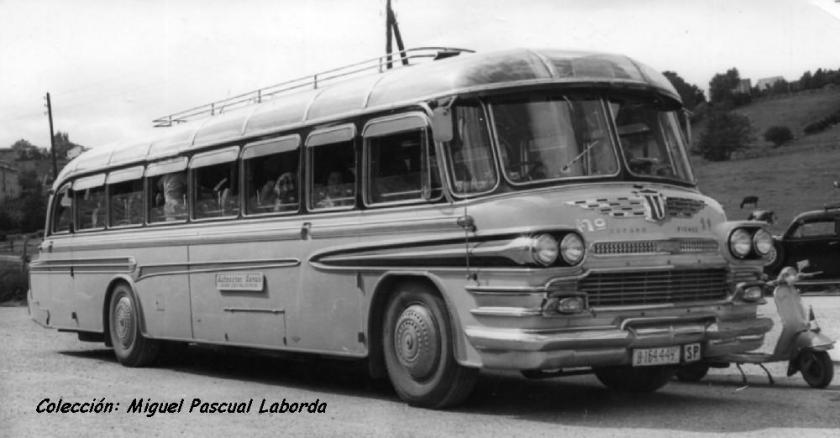

![1947 Leyland Tiger OPS-1 carr. Kusters [1947-1952] NB-21-76](https://myntransportblog.wordpress.com/wp-content/uploads/2014/05/1947-leyland-tiger-ops-1-carr-kusters-1947-1952-nb-21-761.jpg?w=840)
